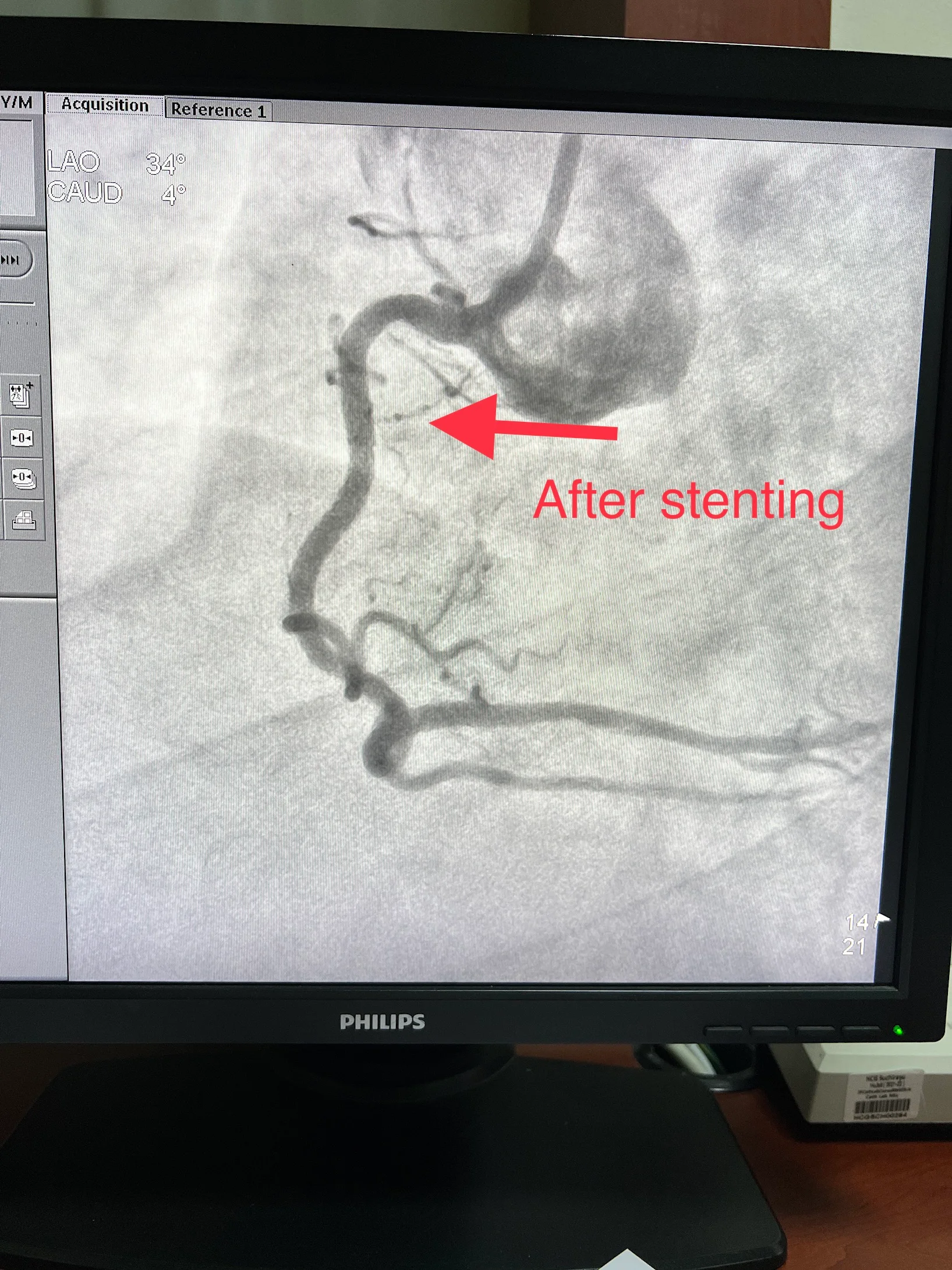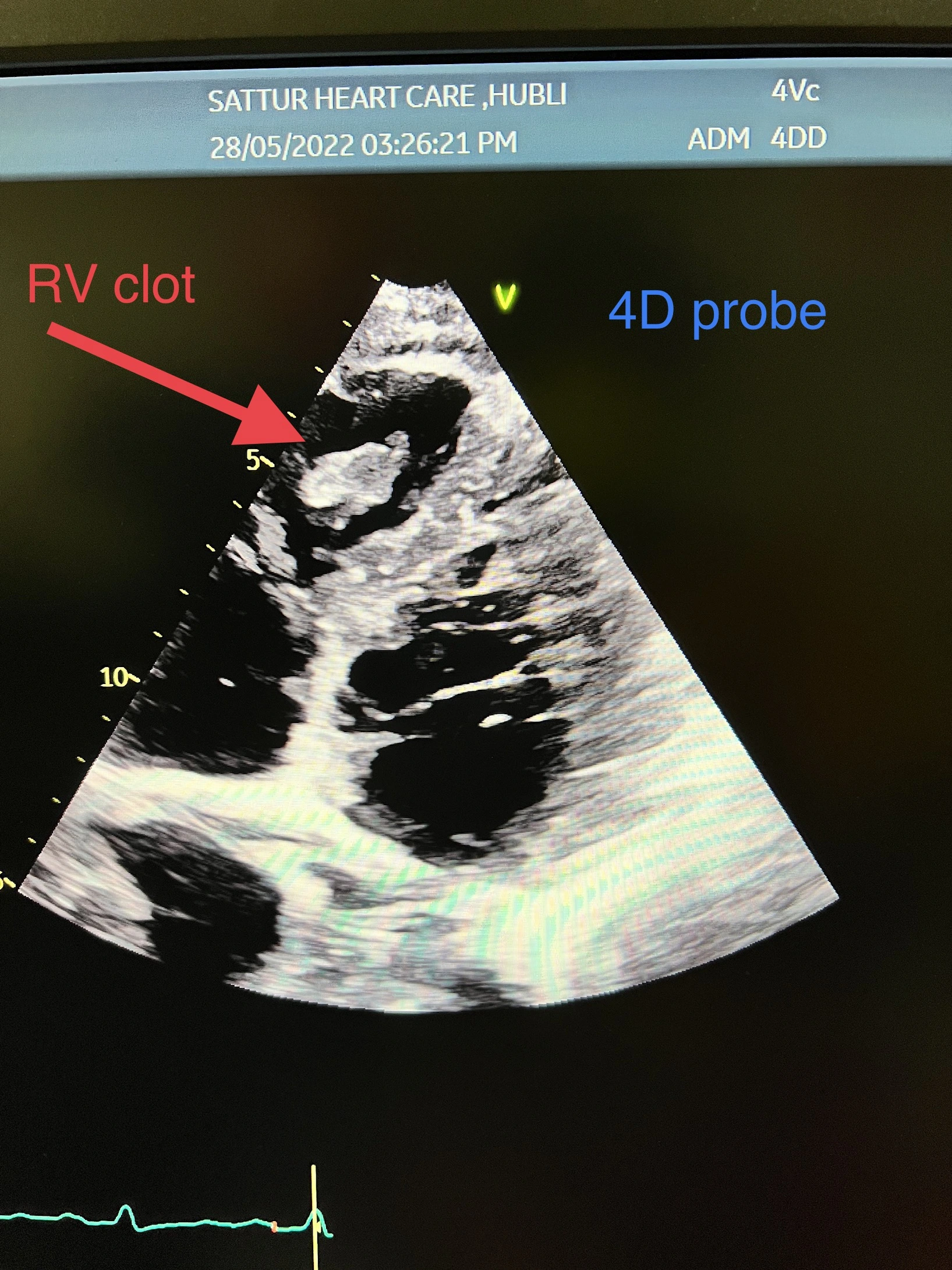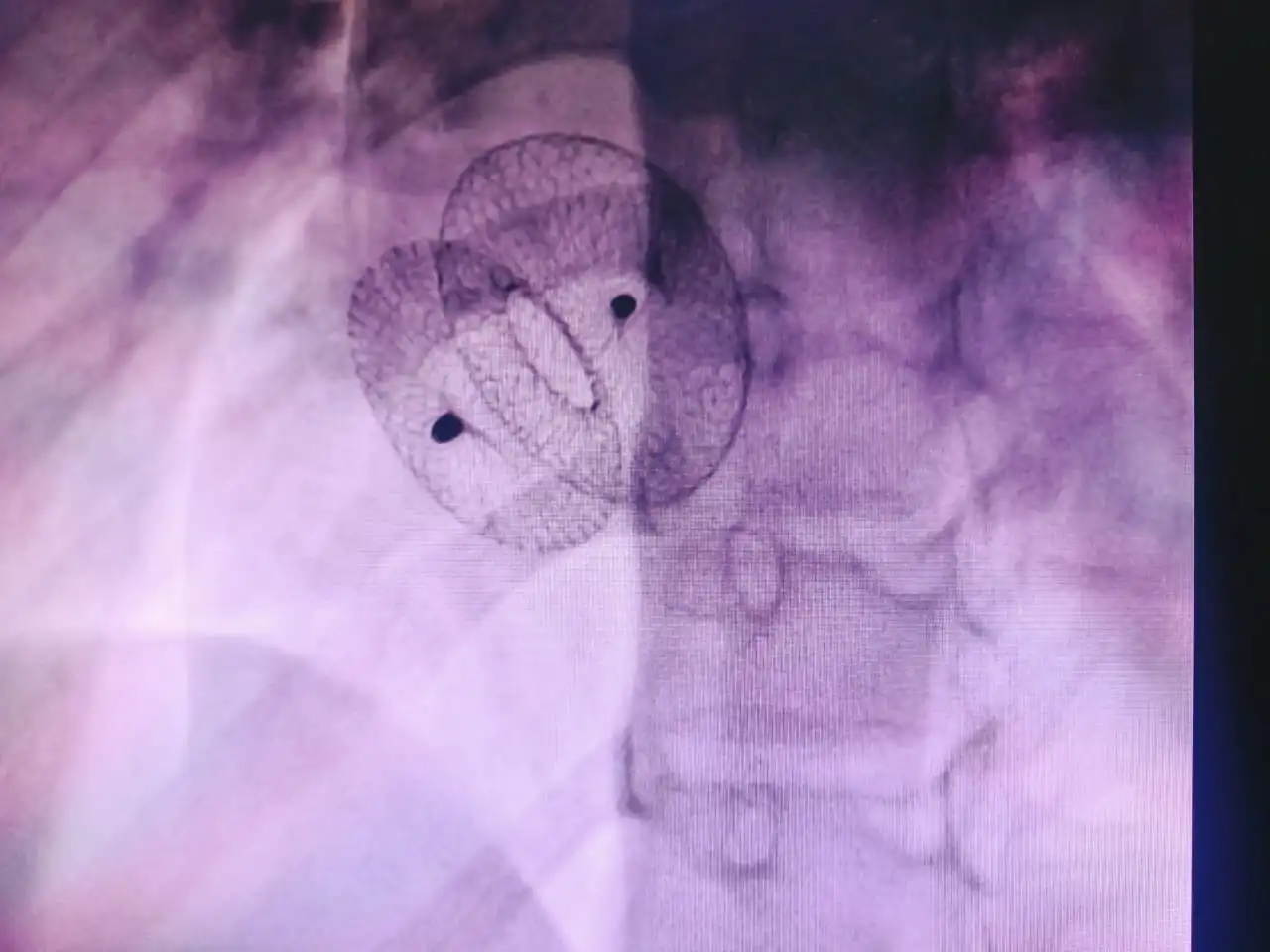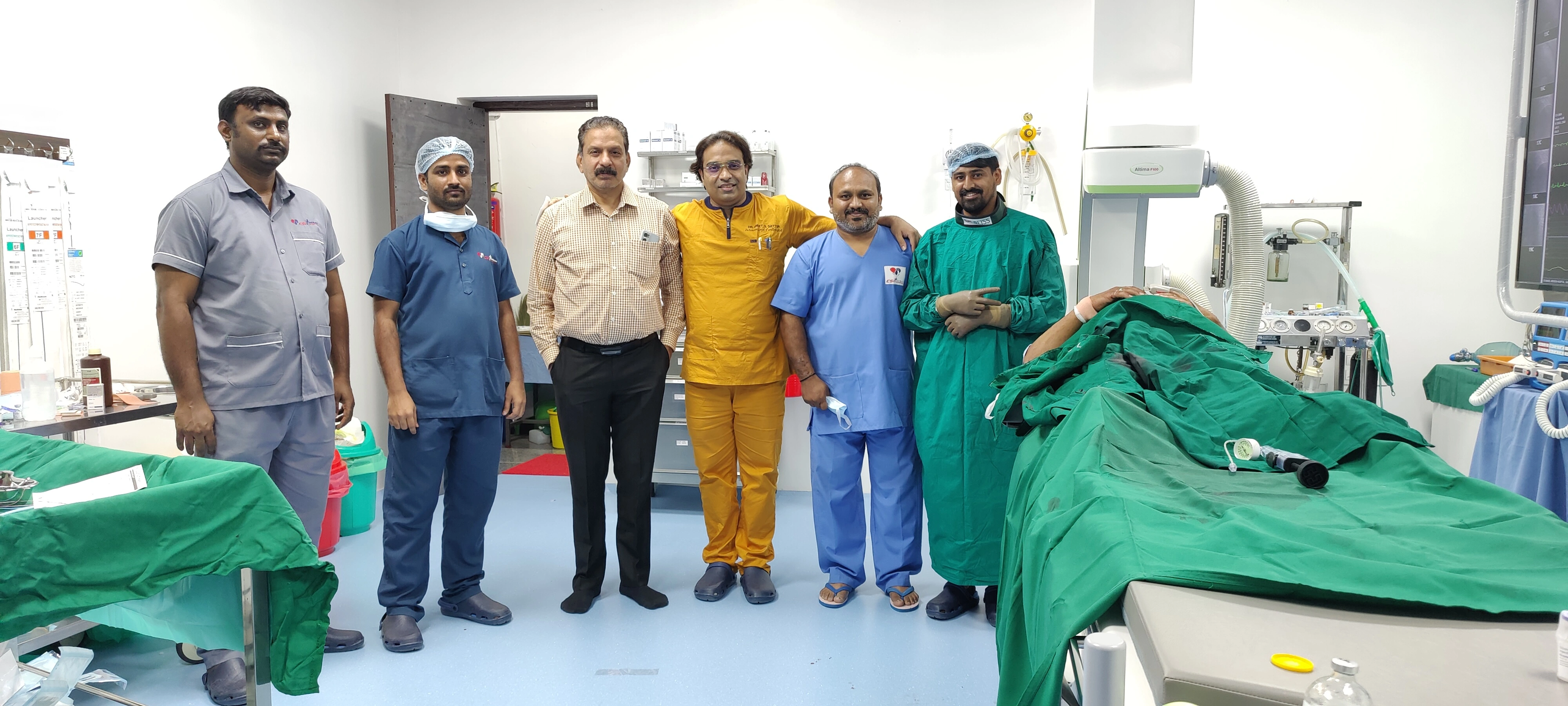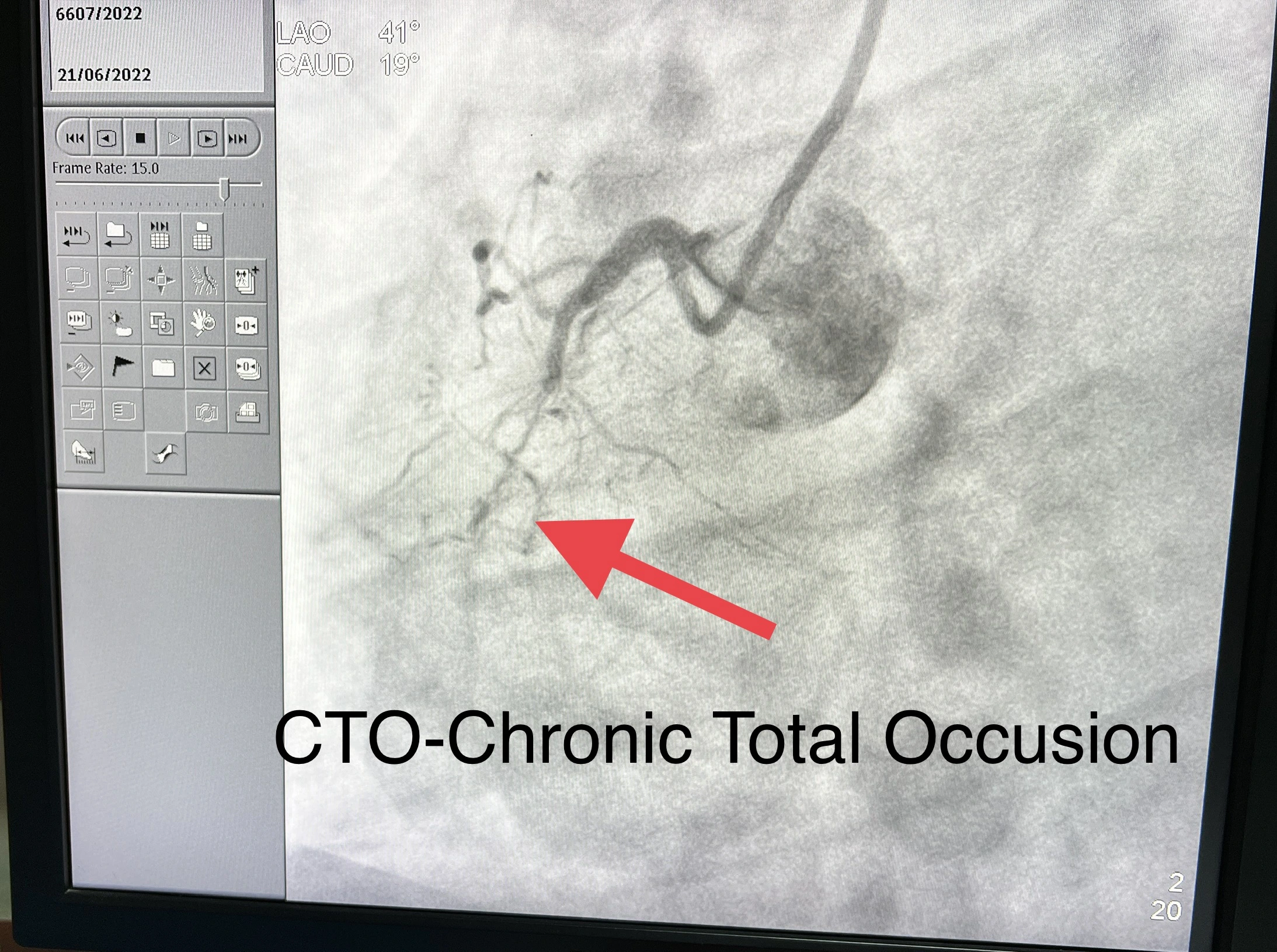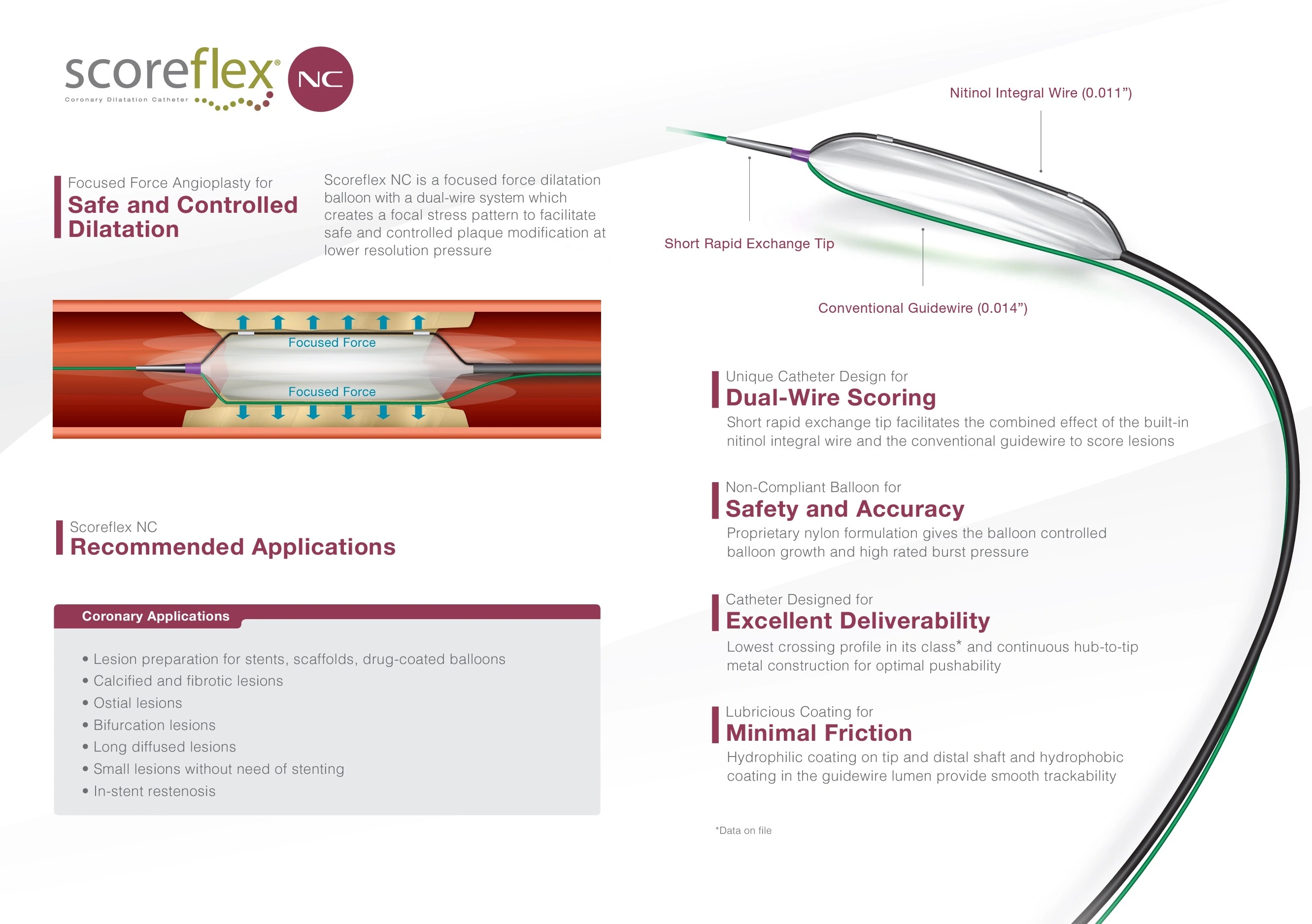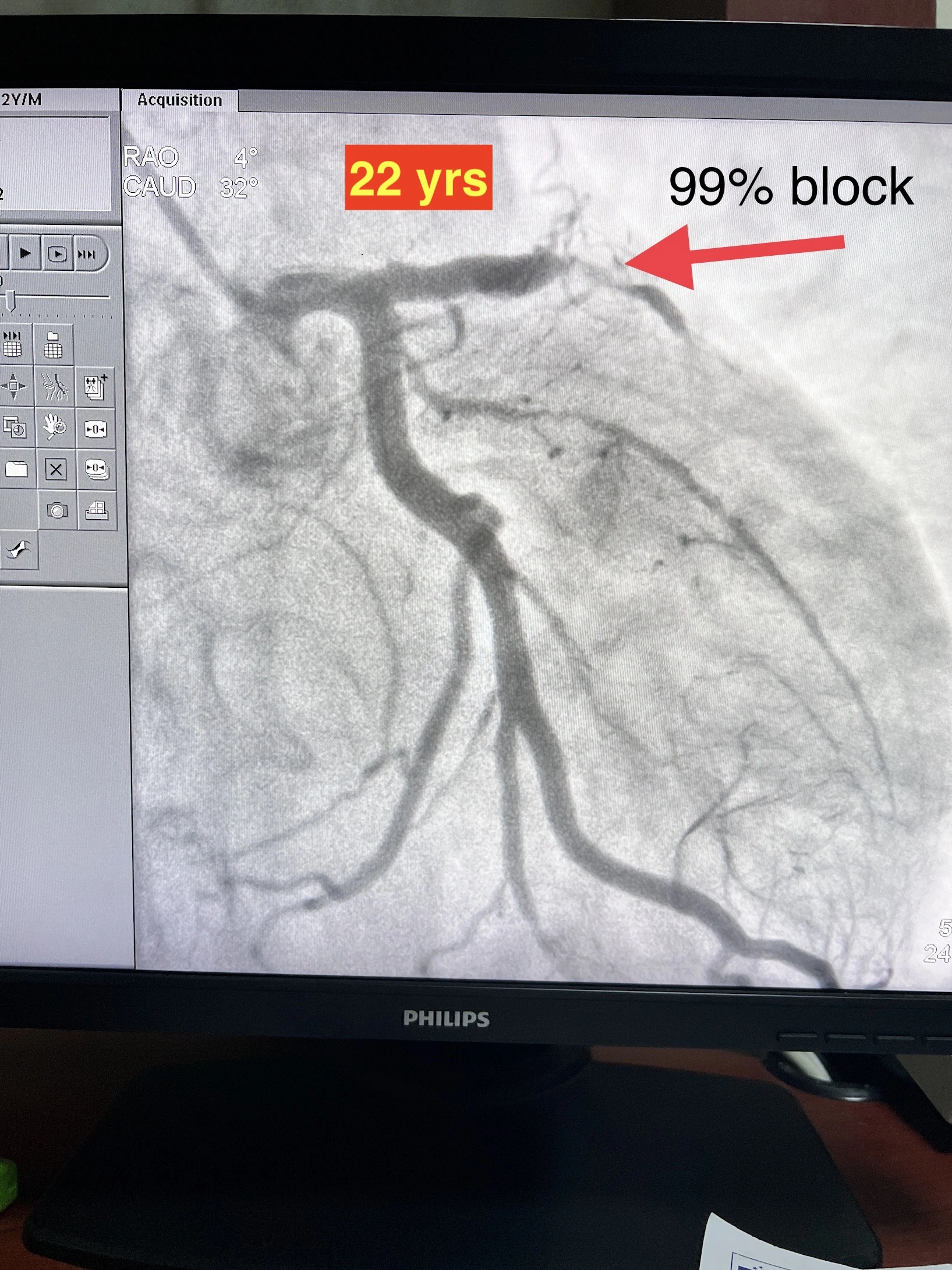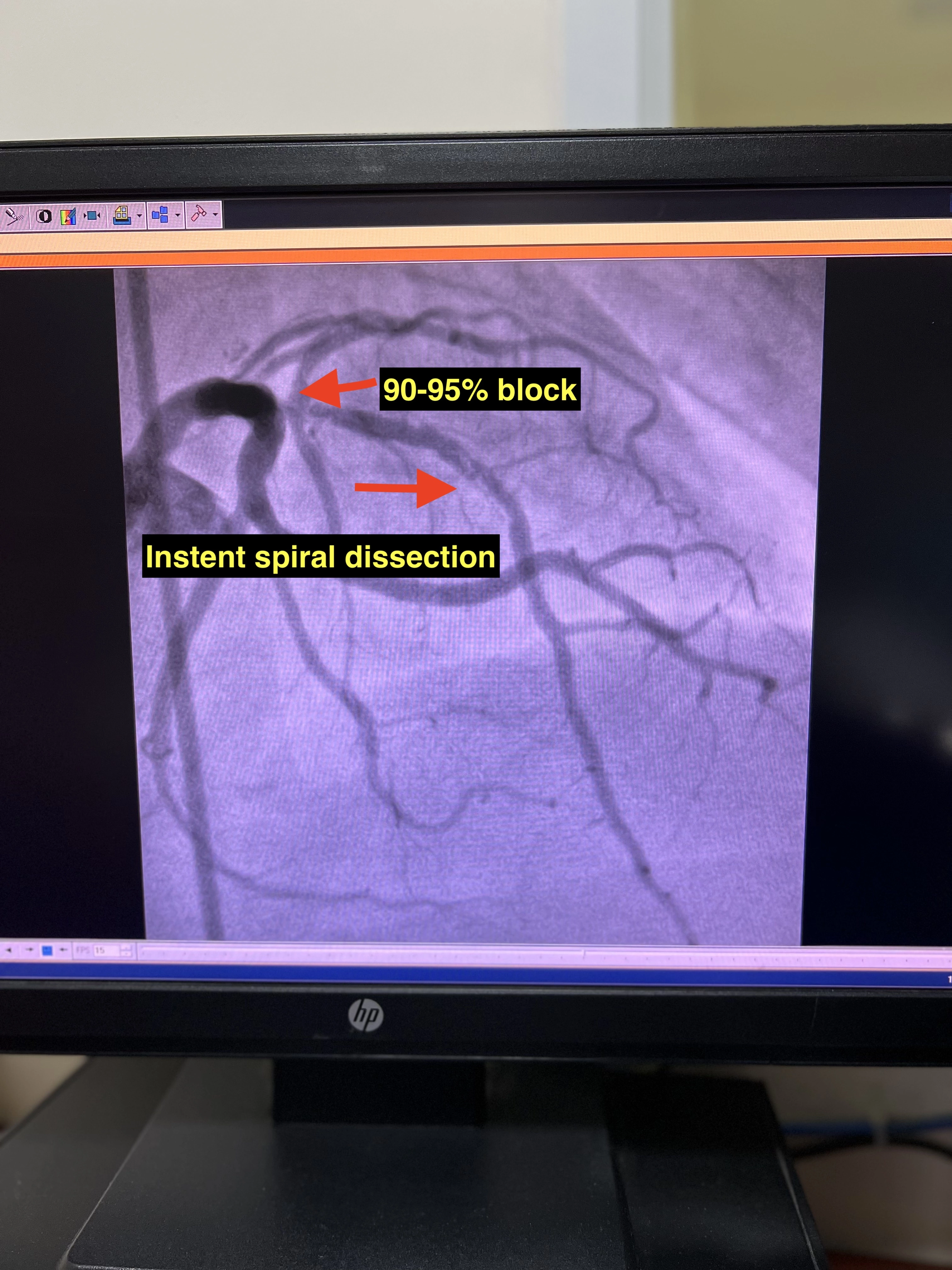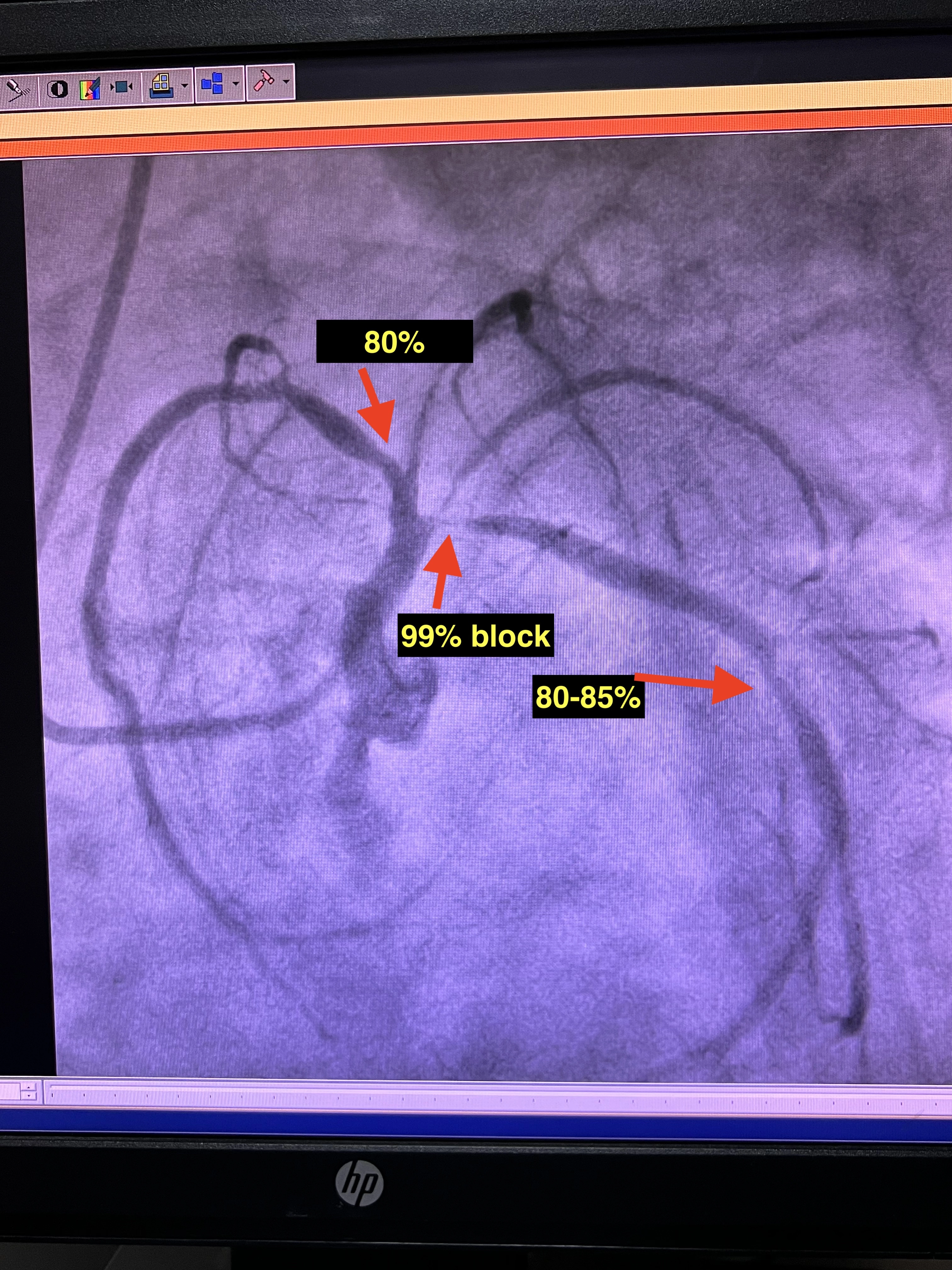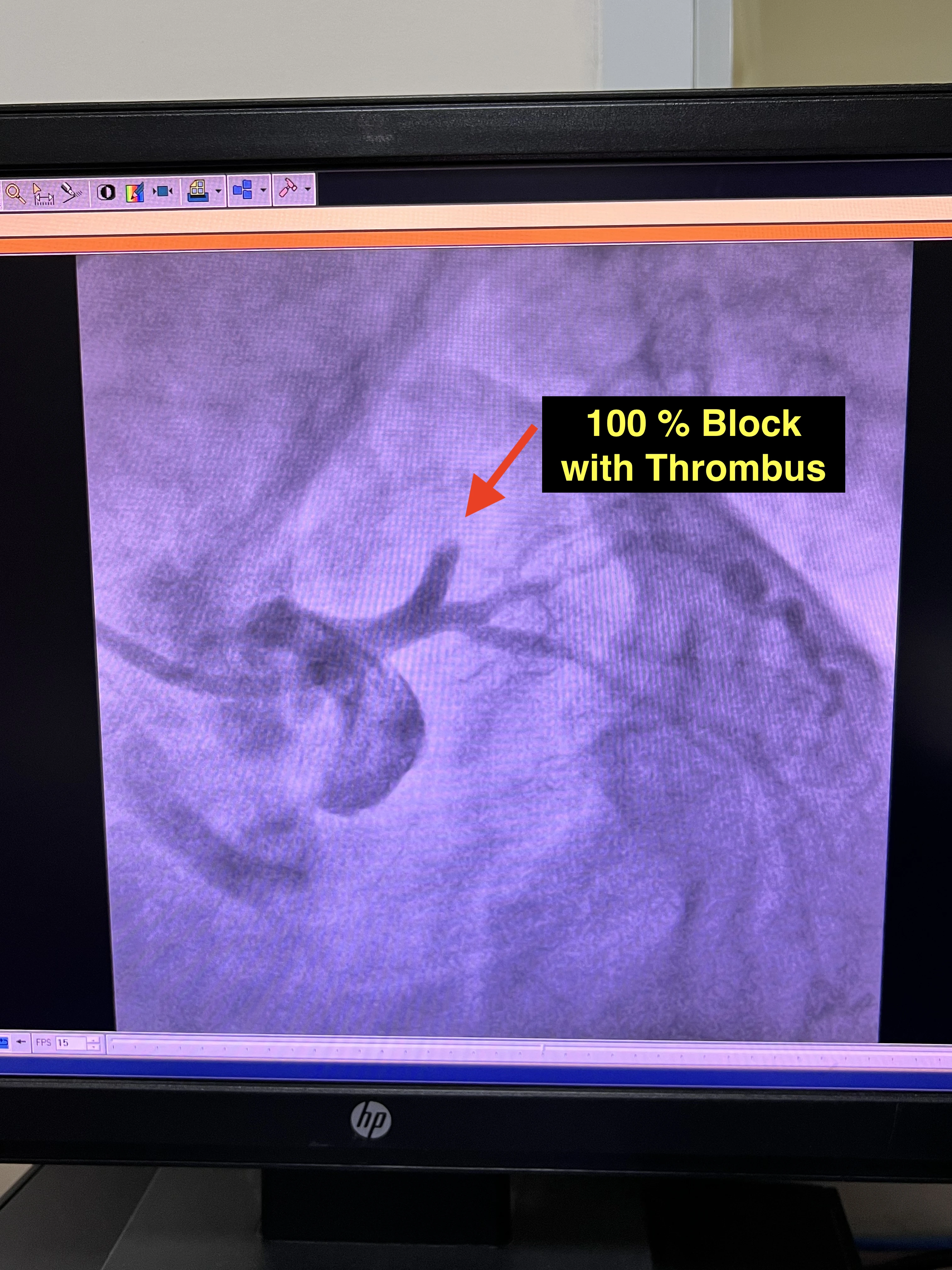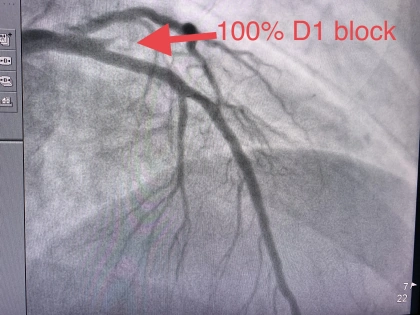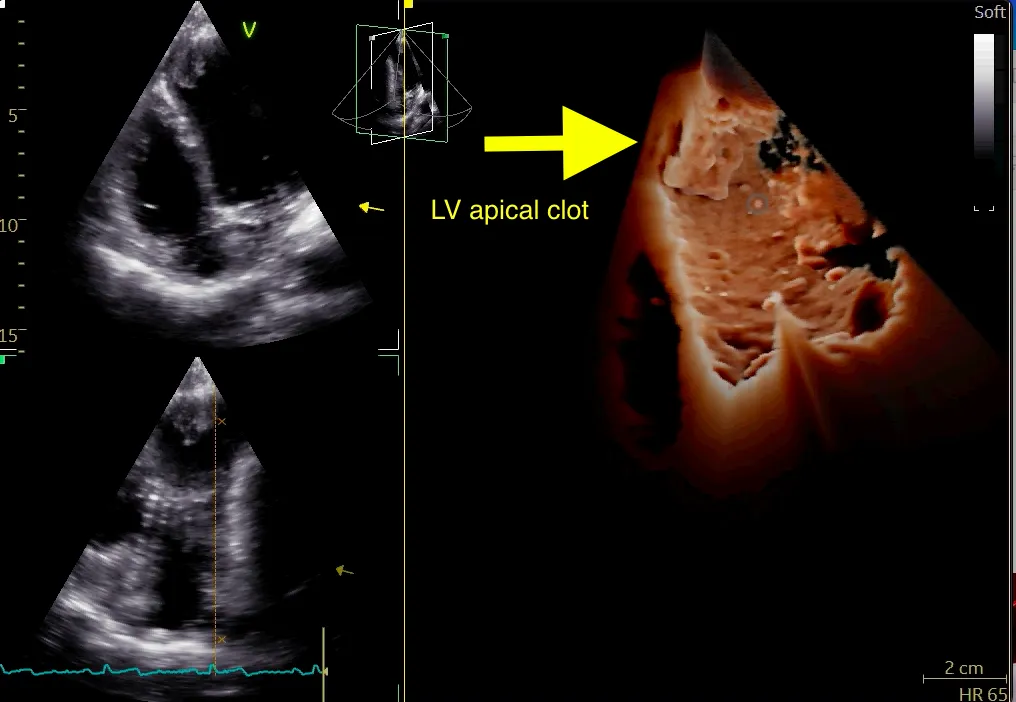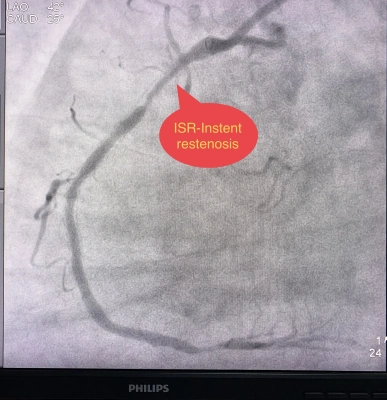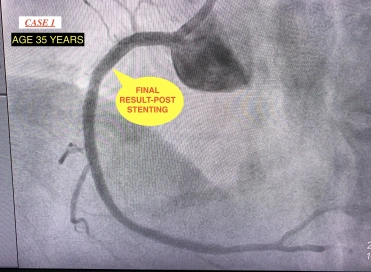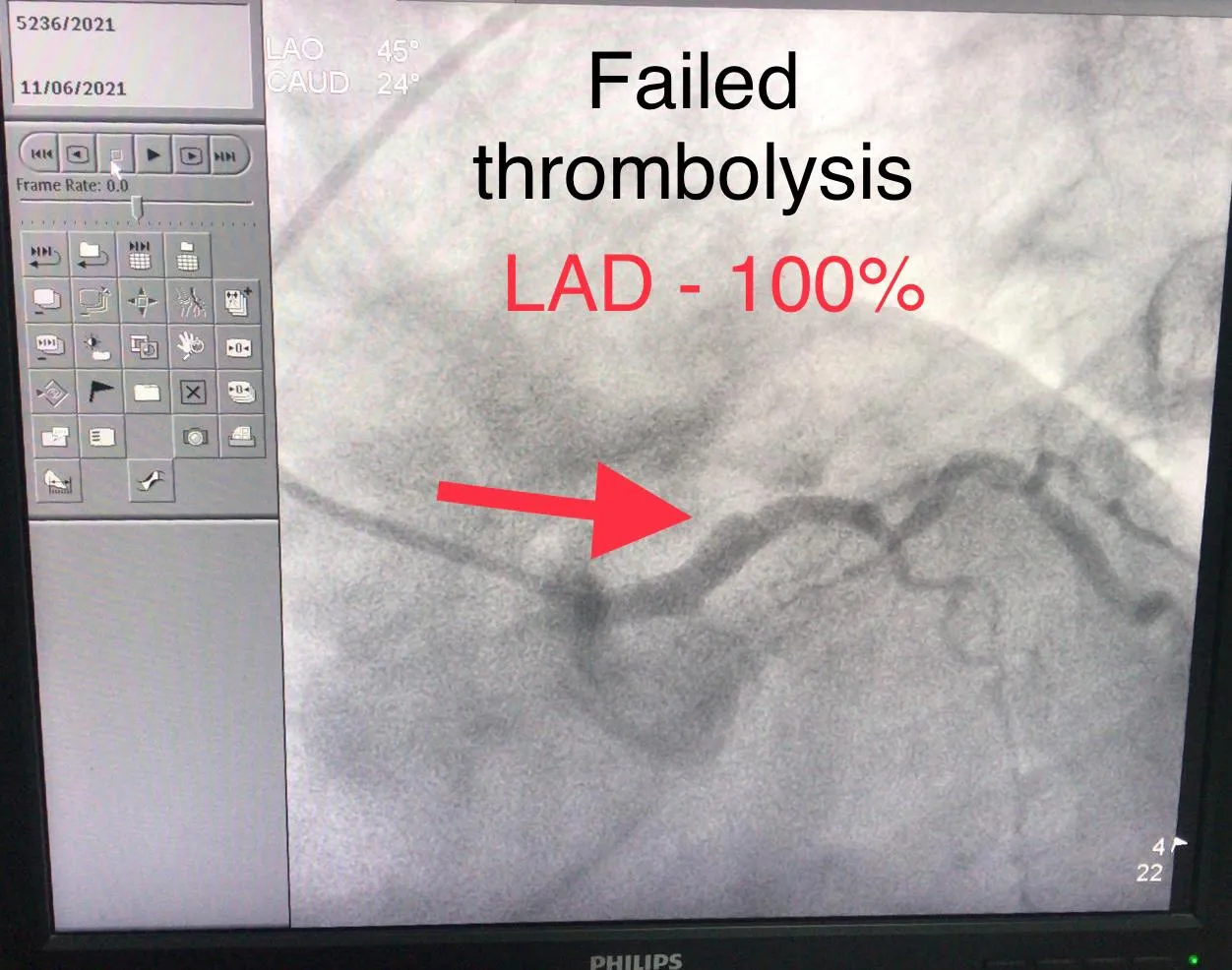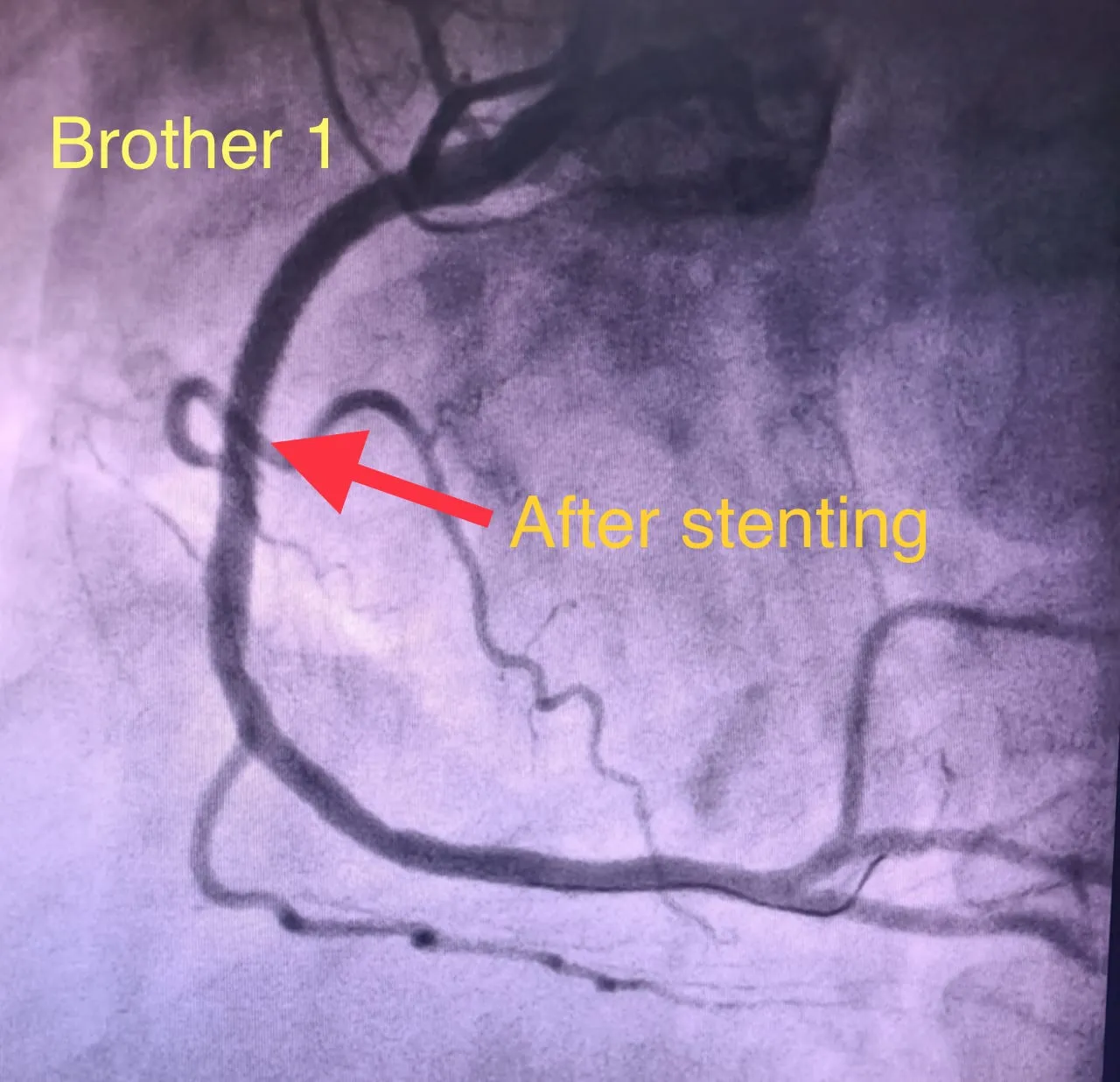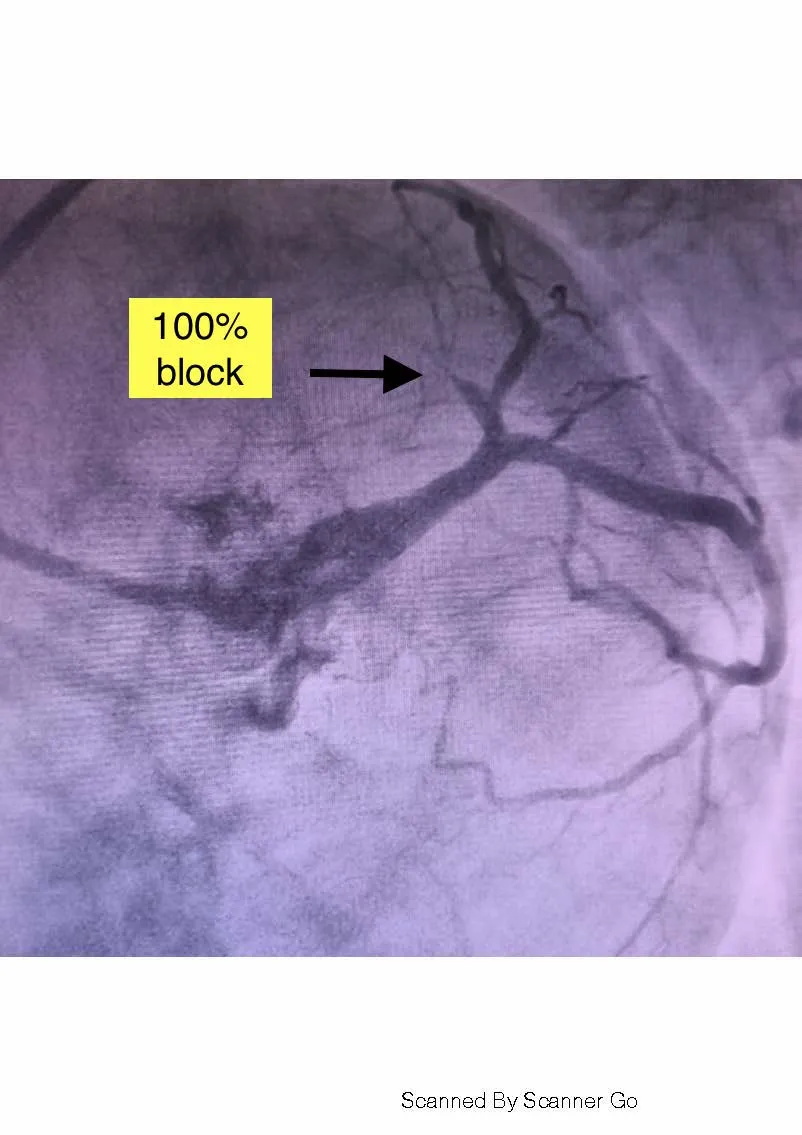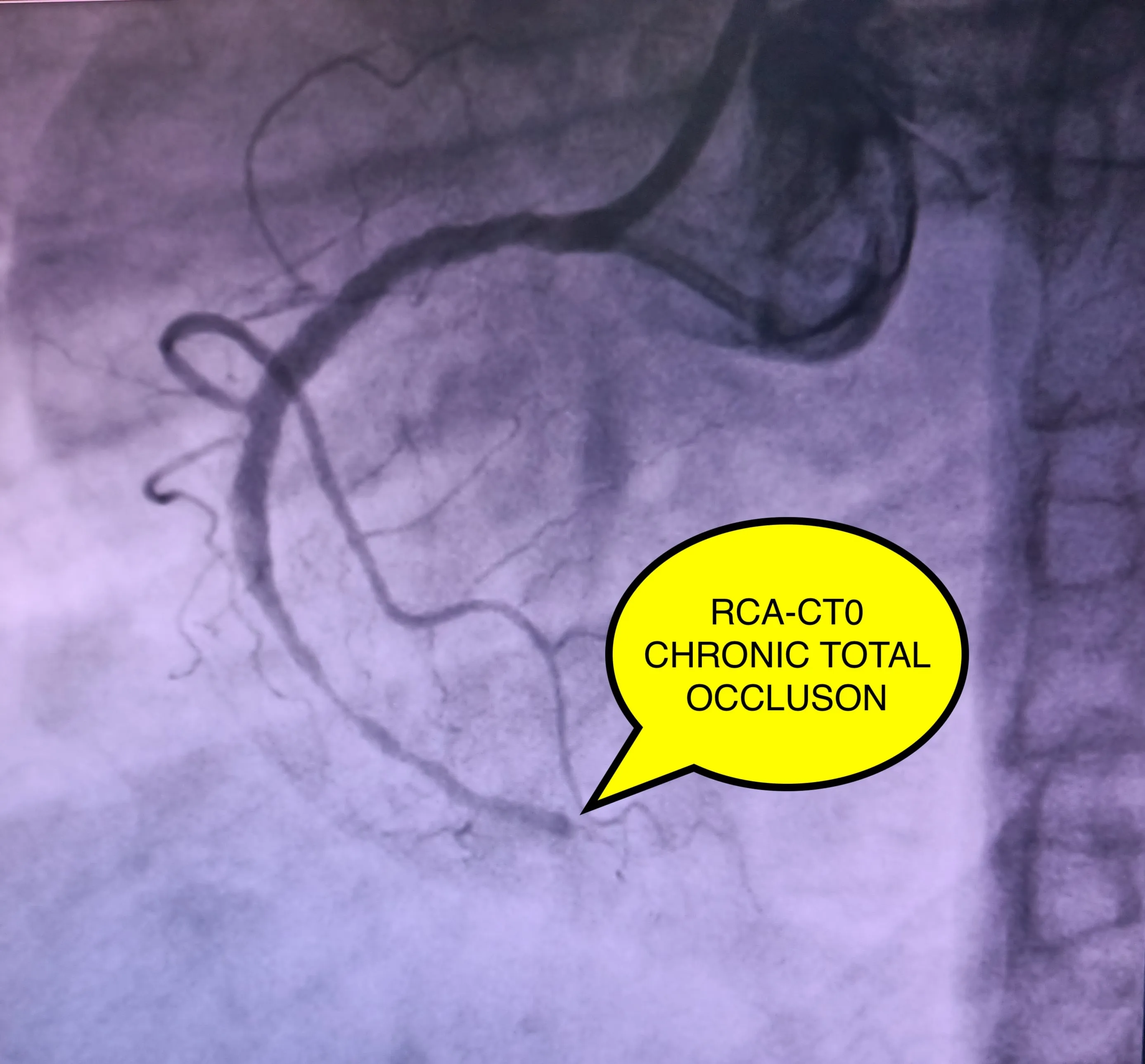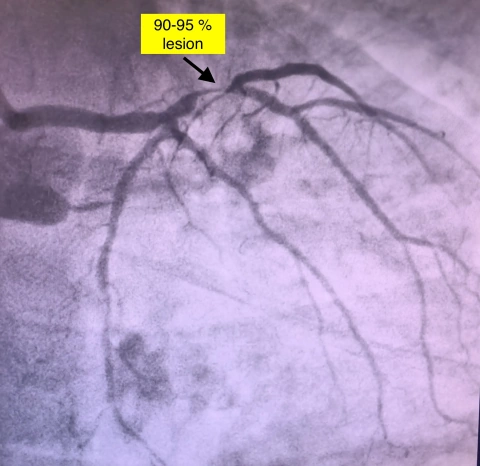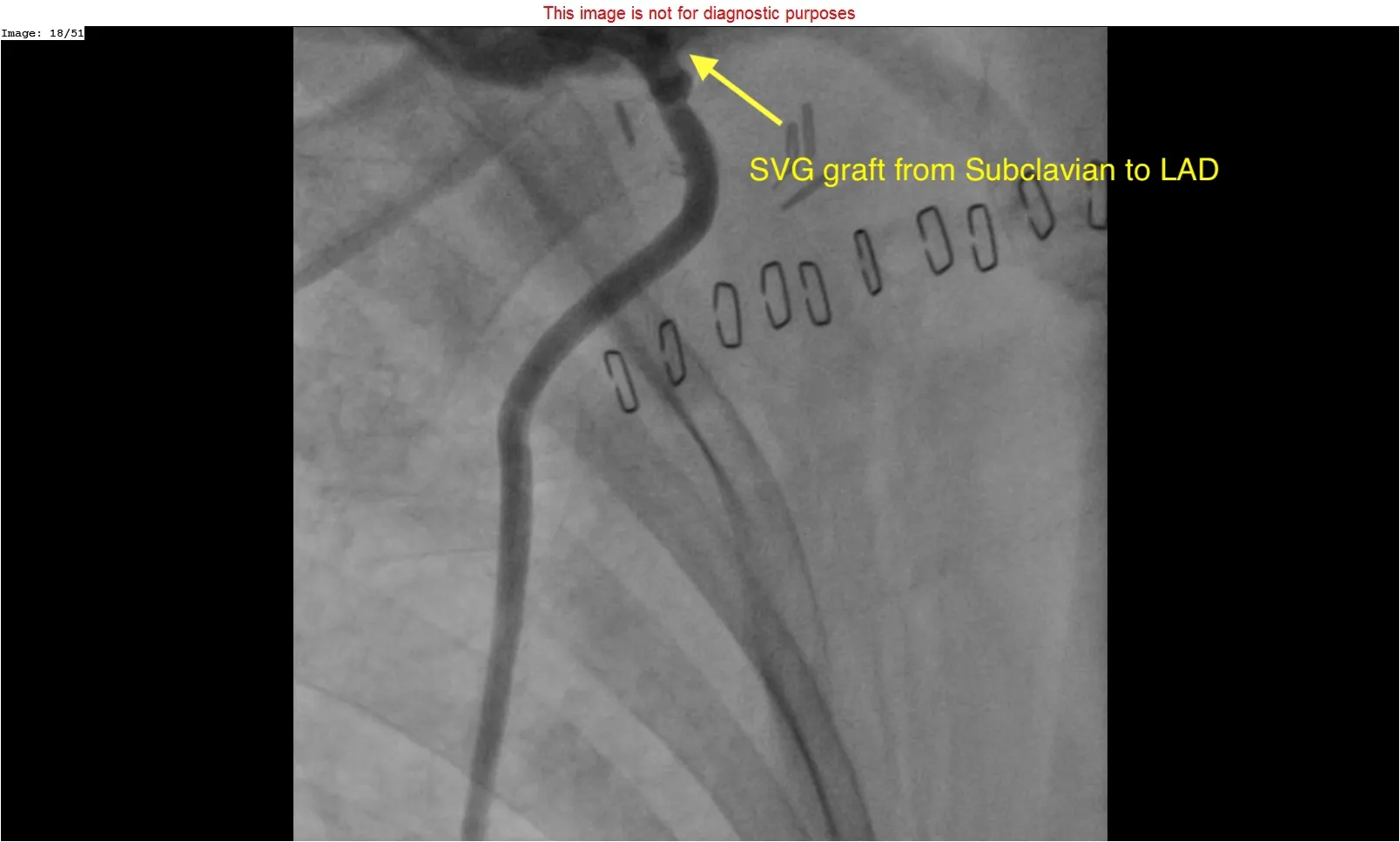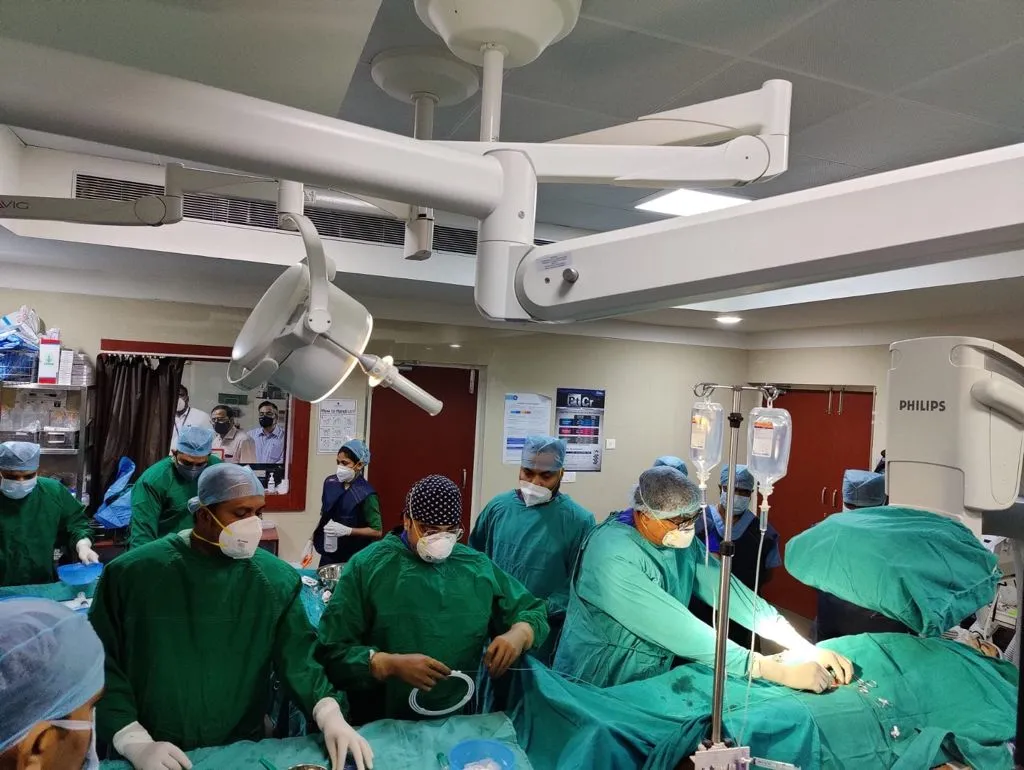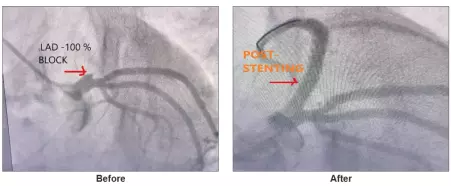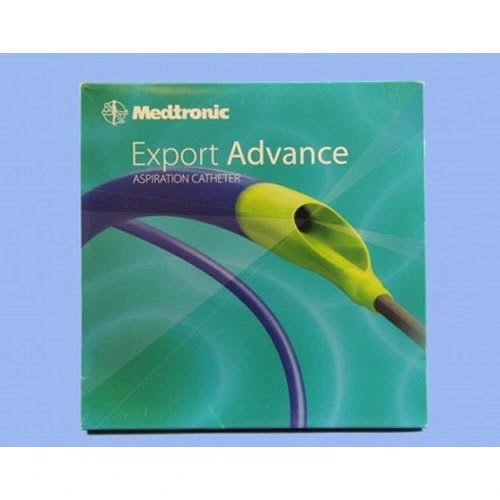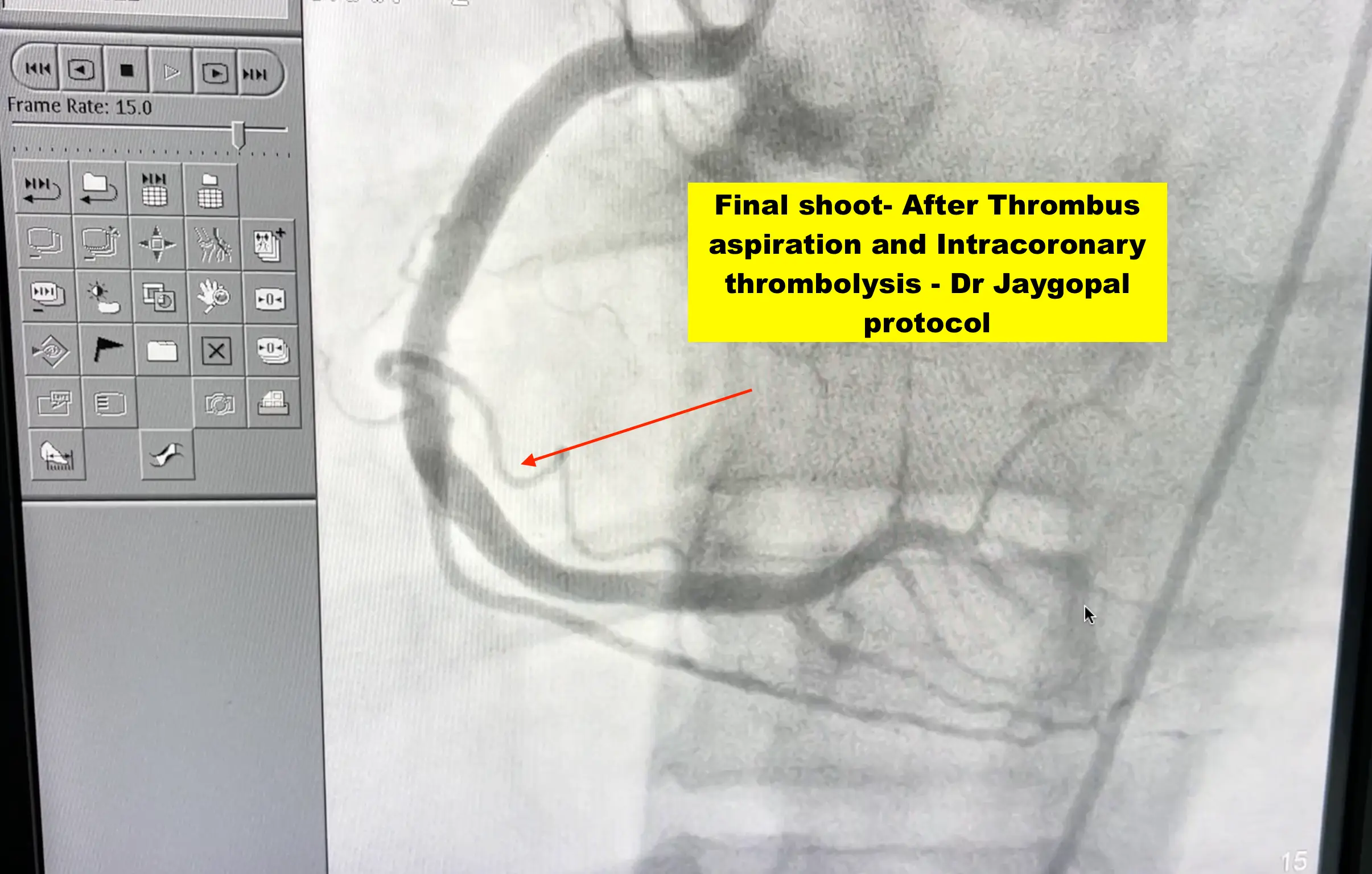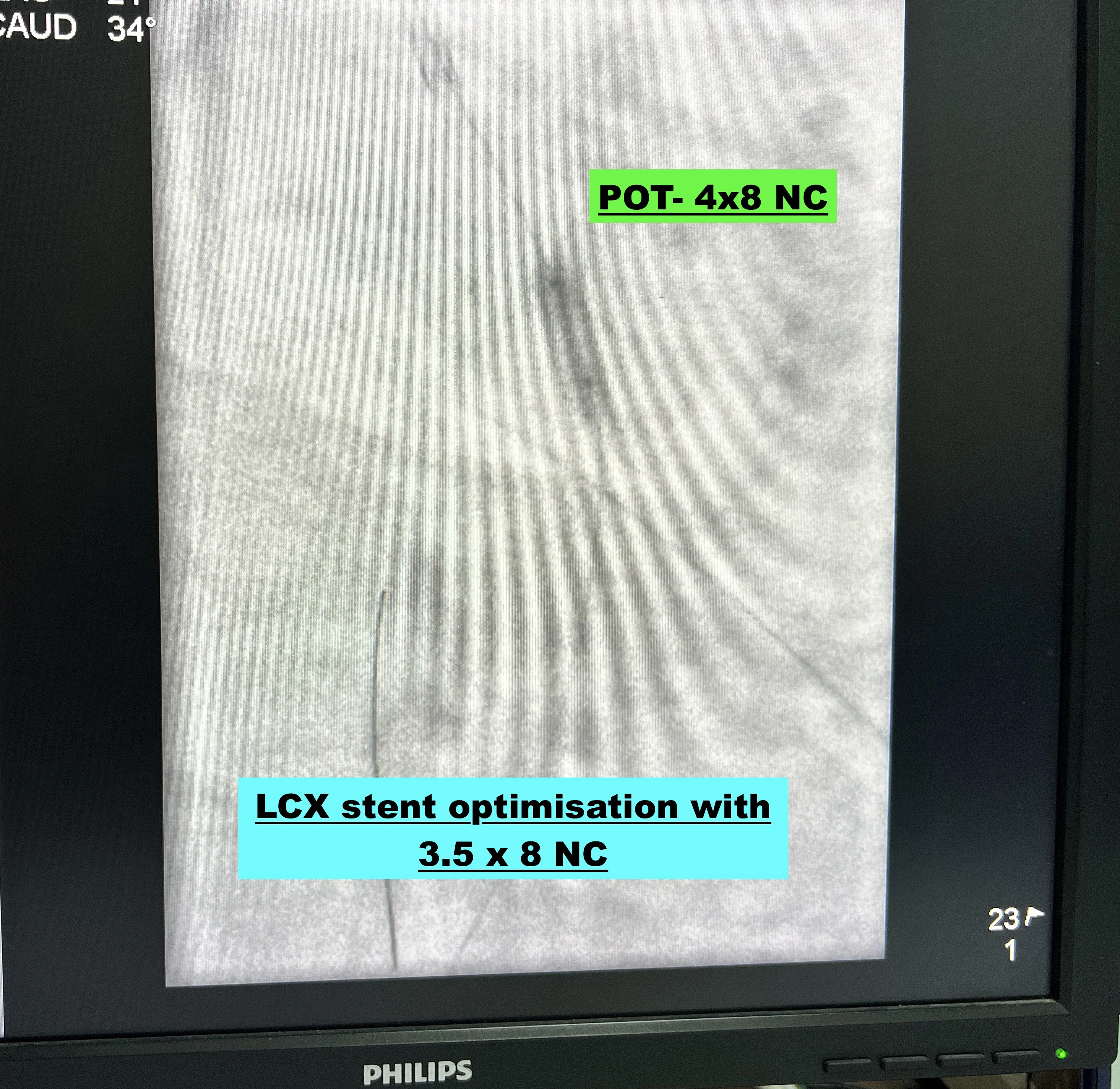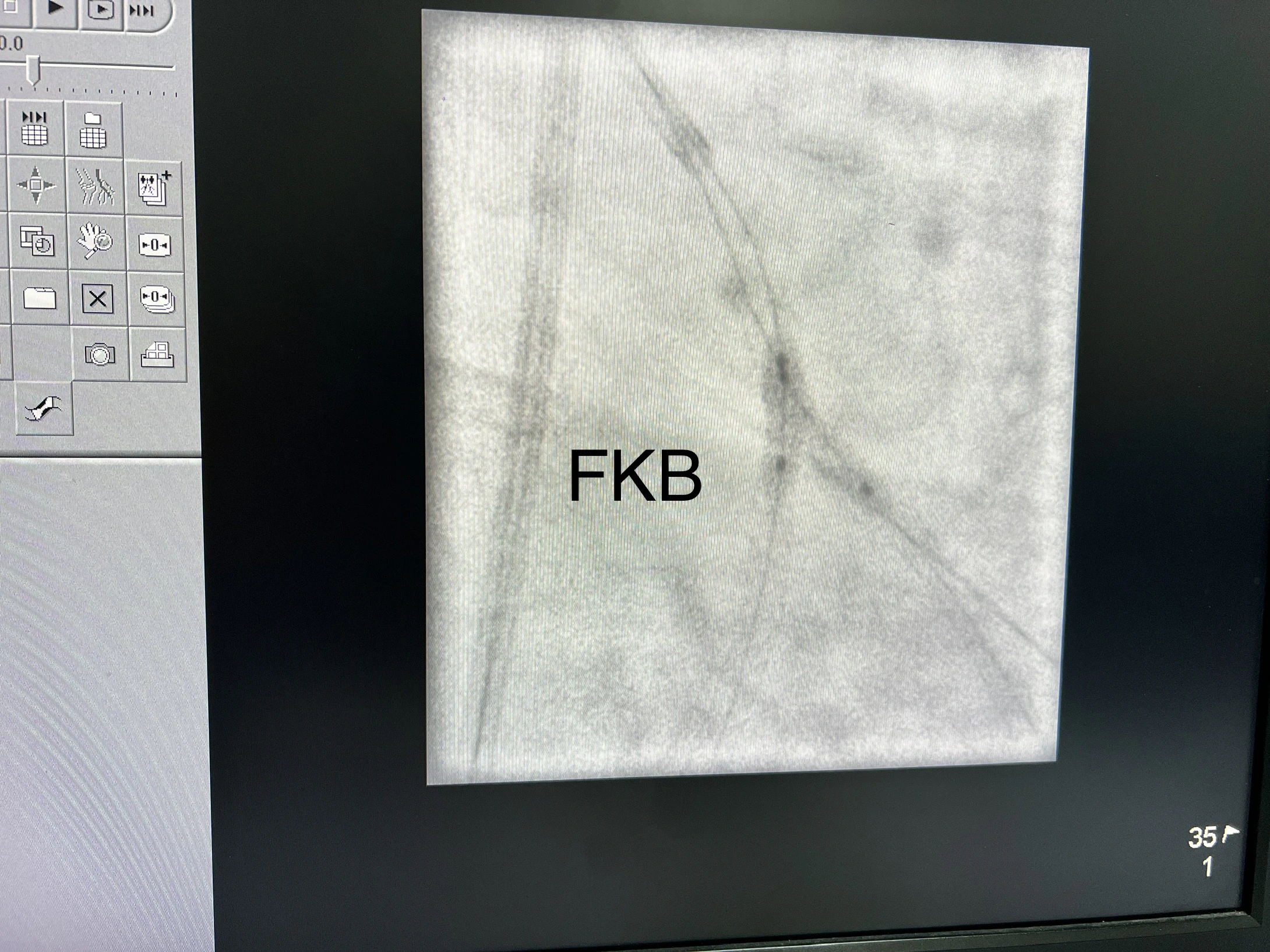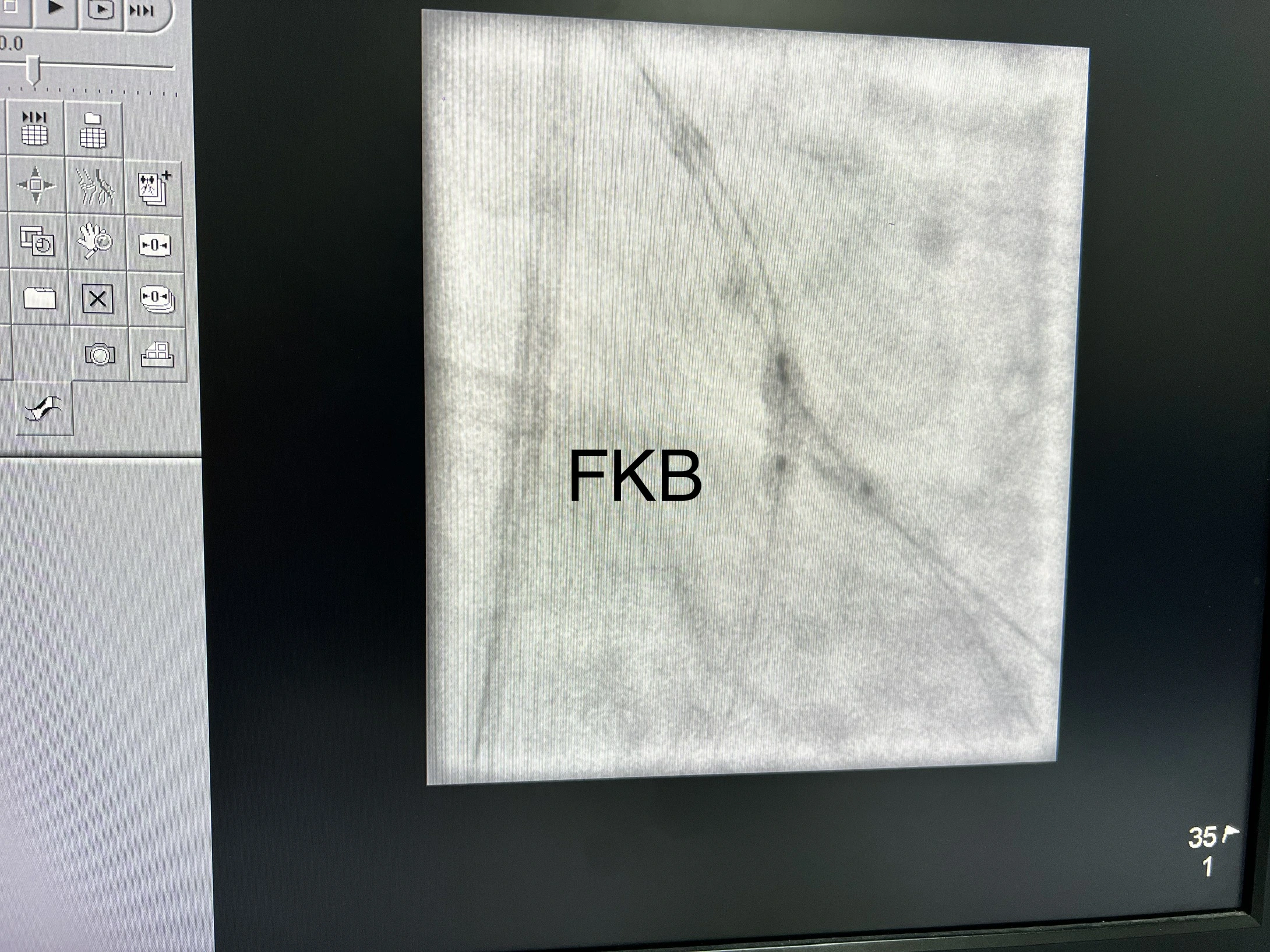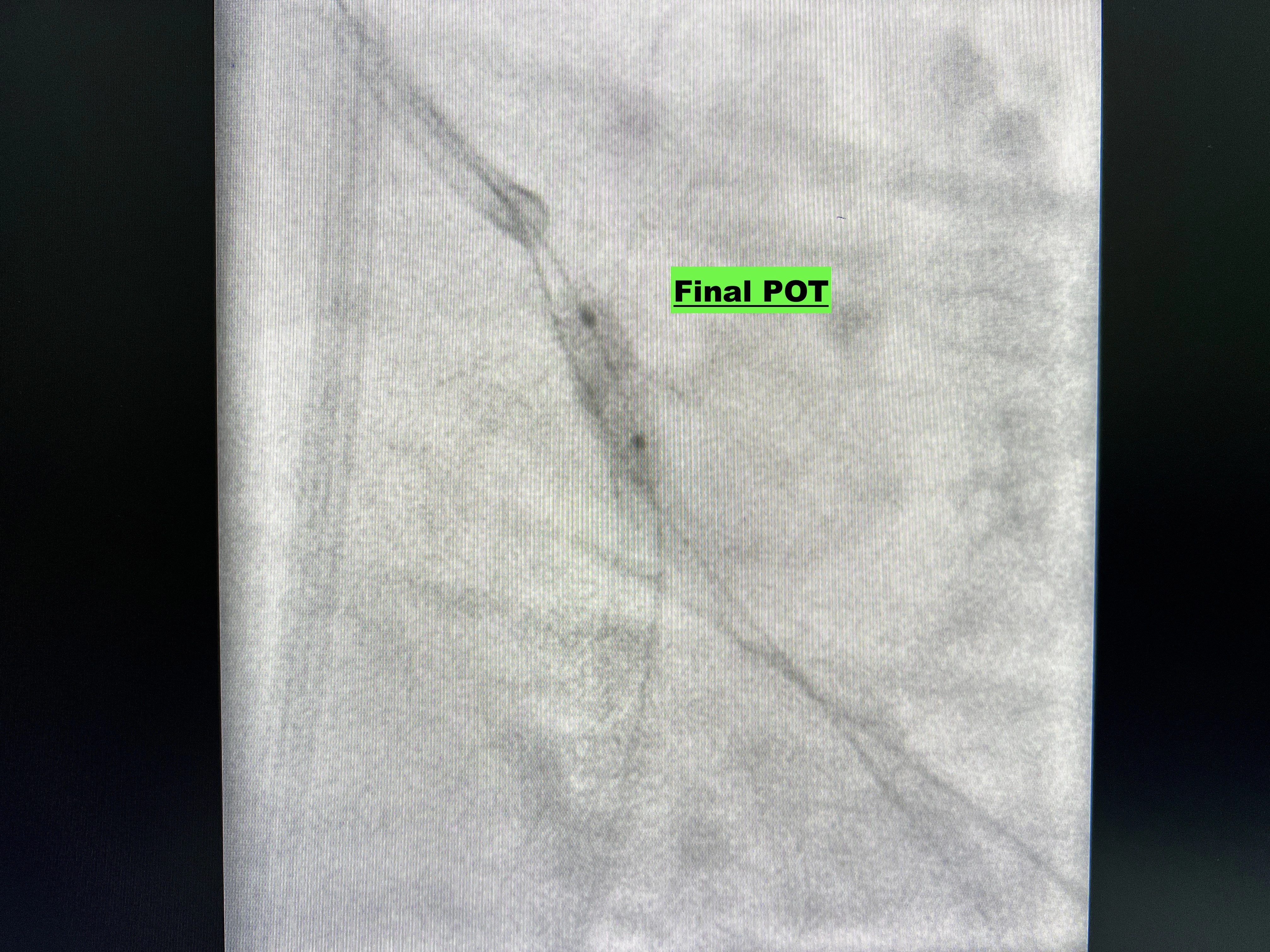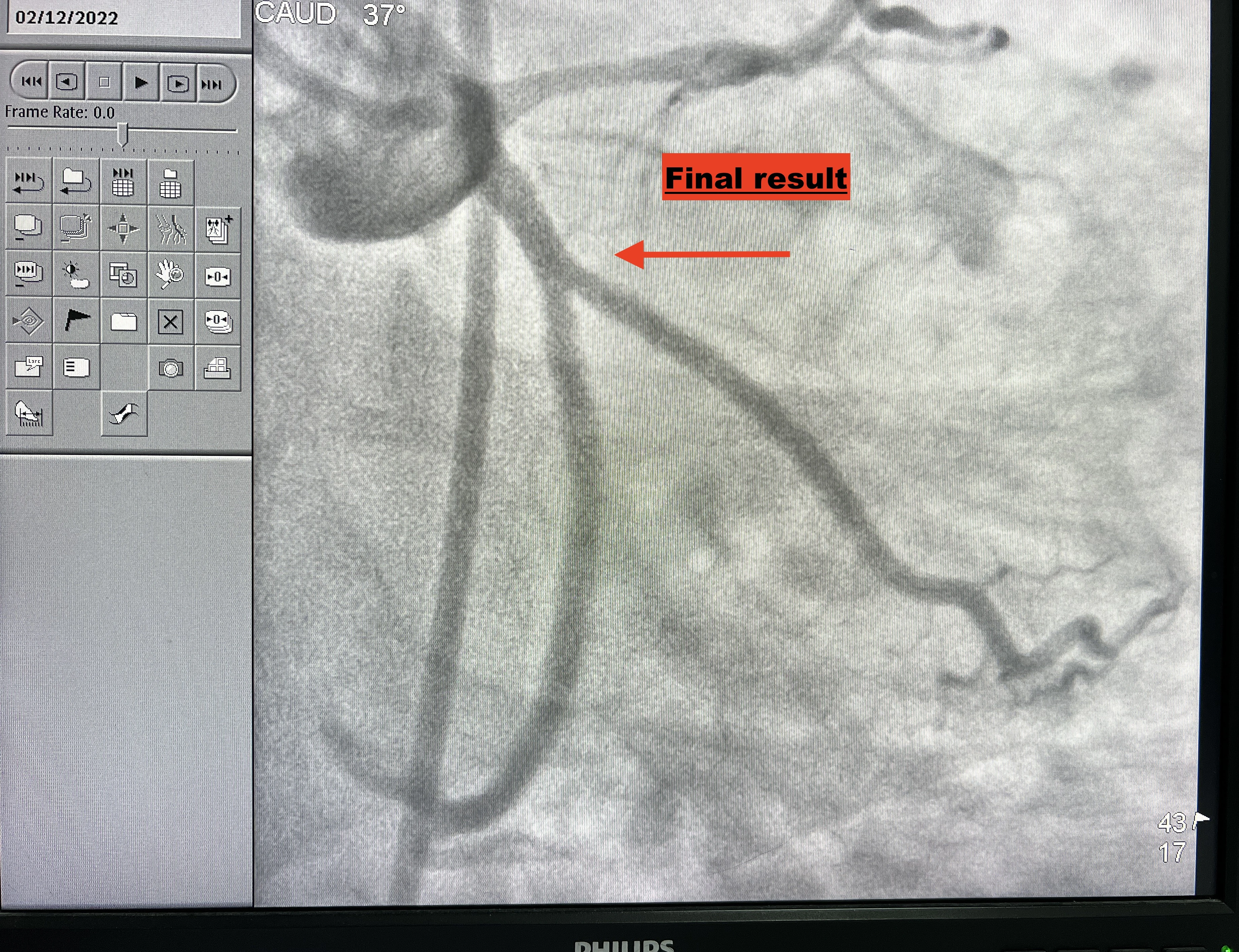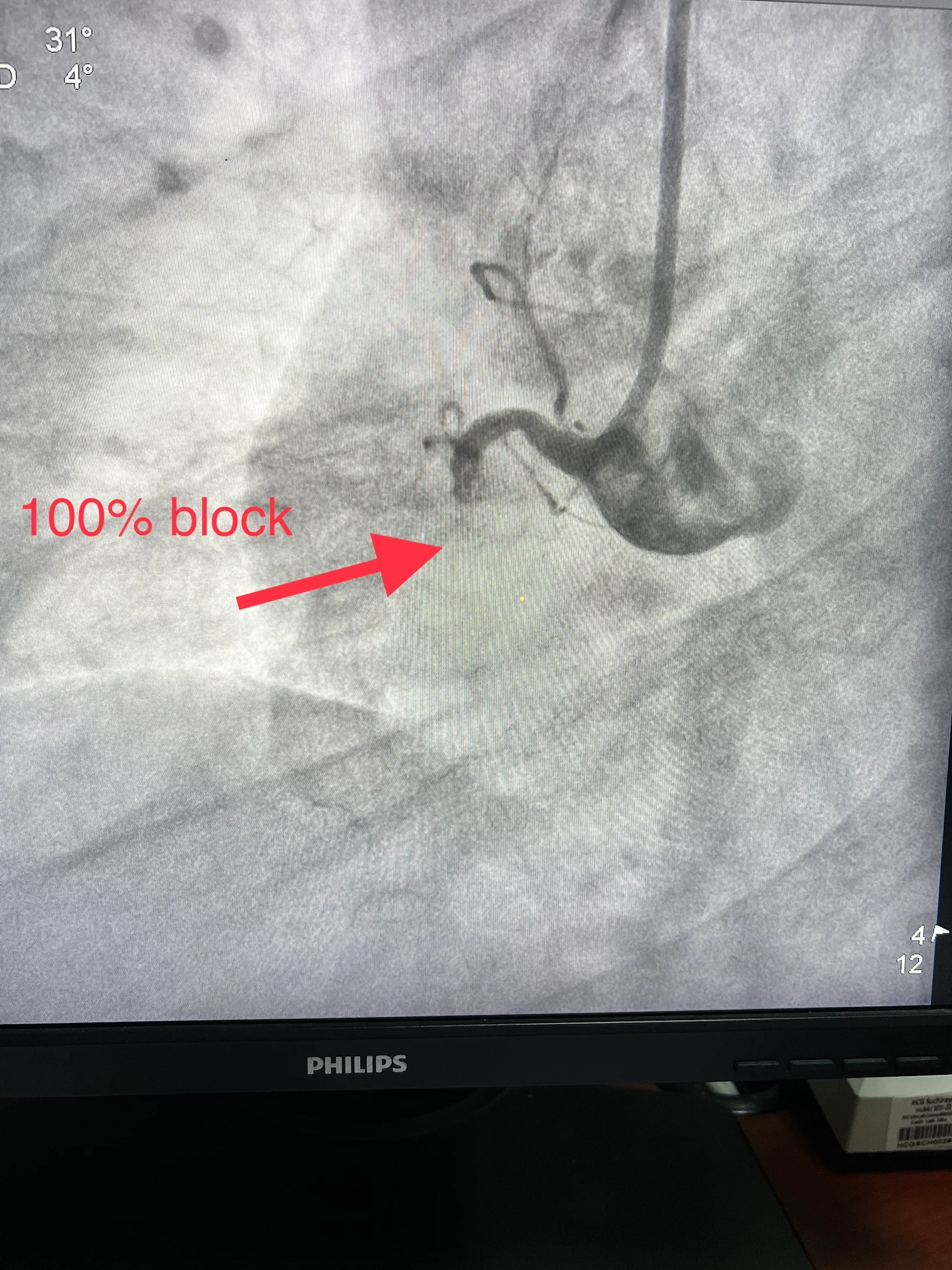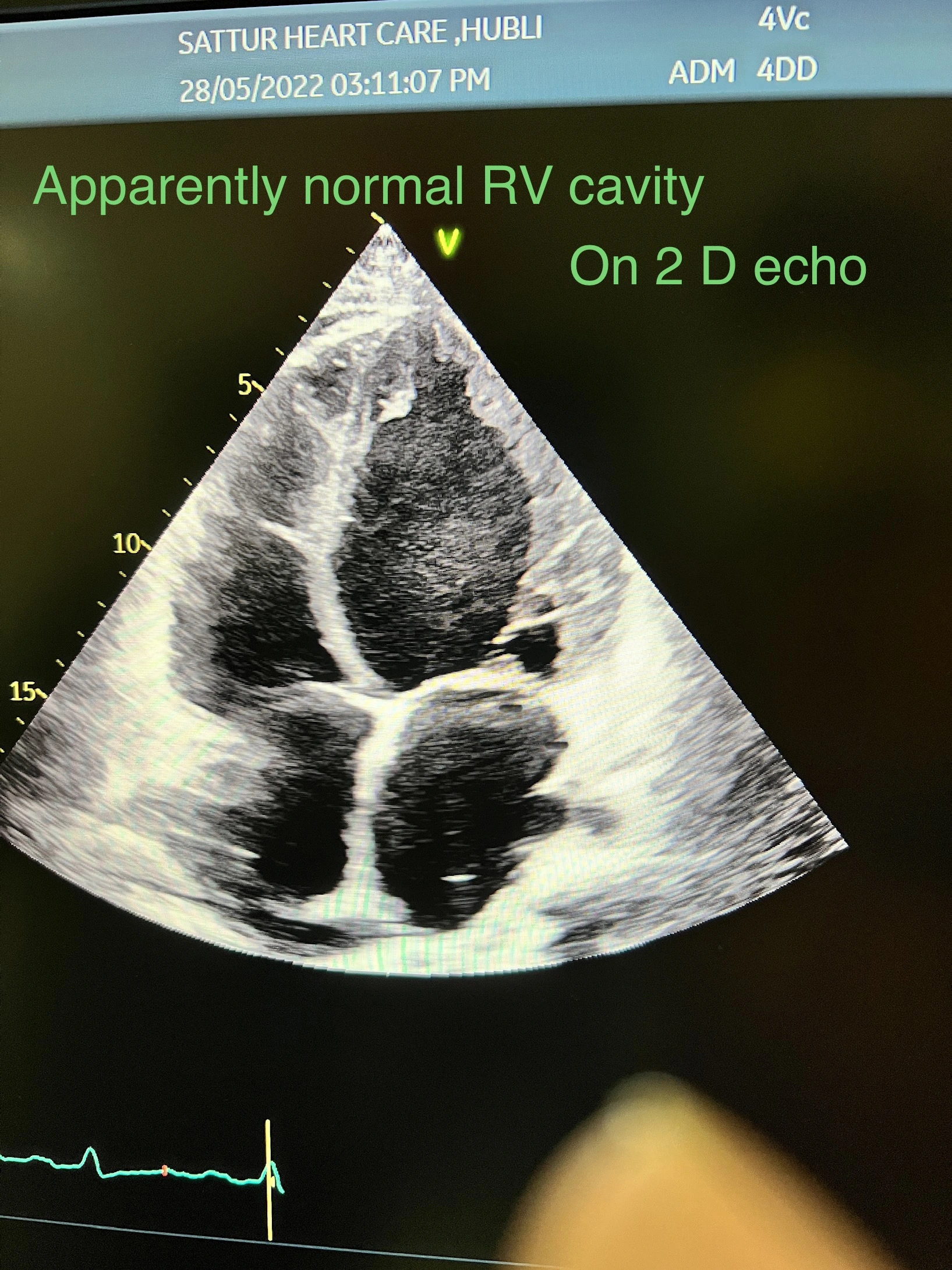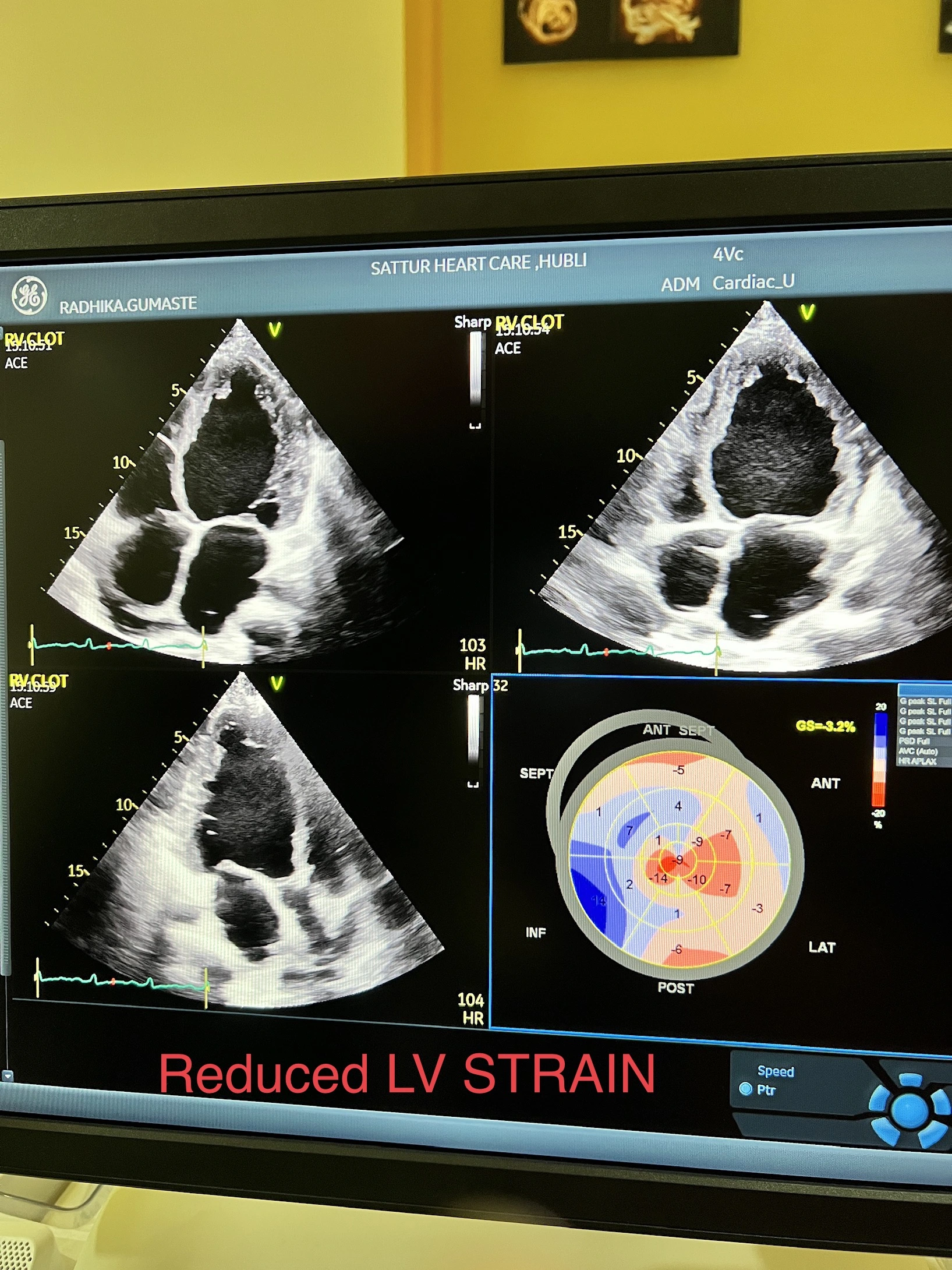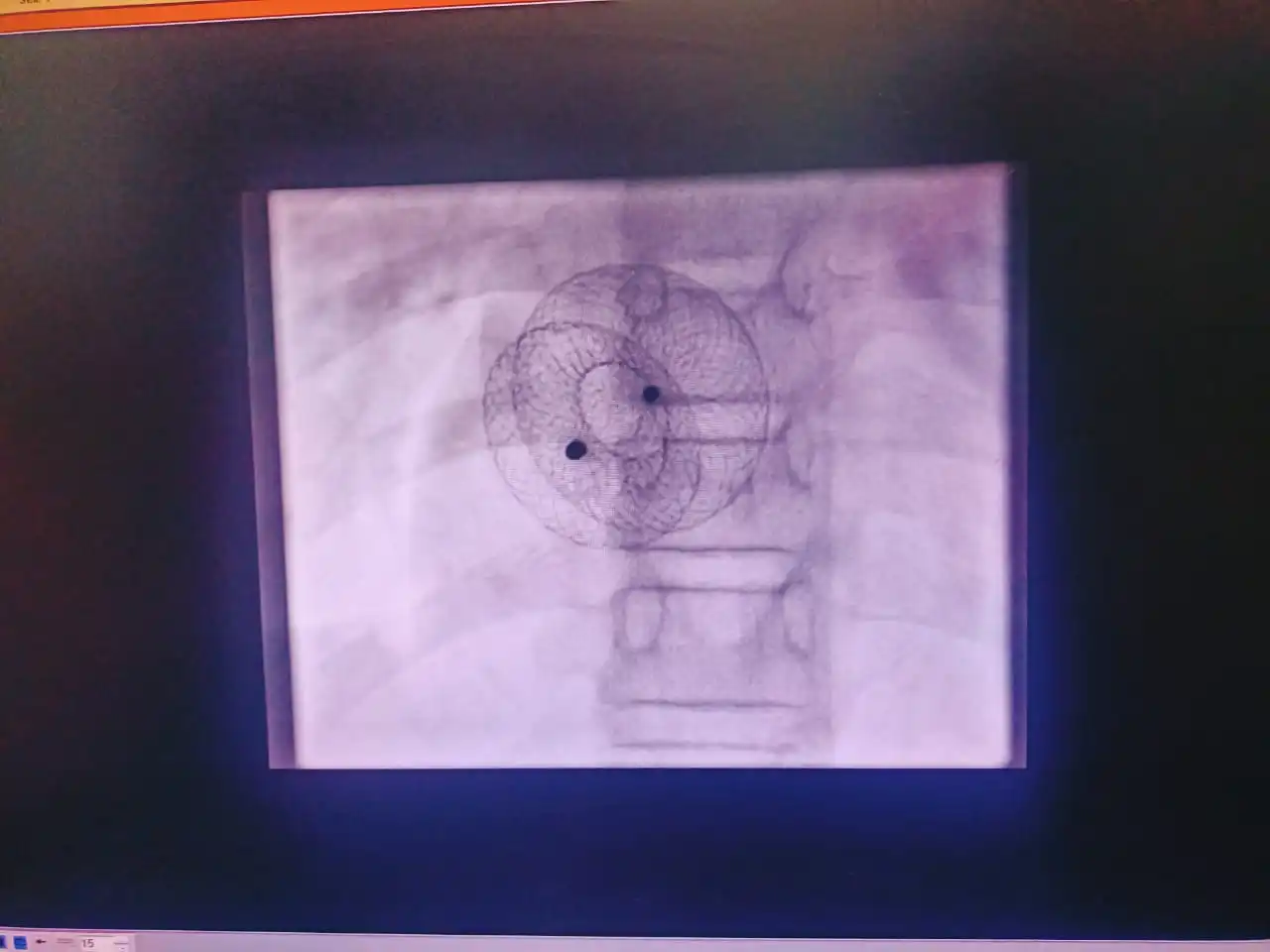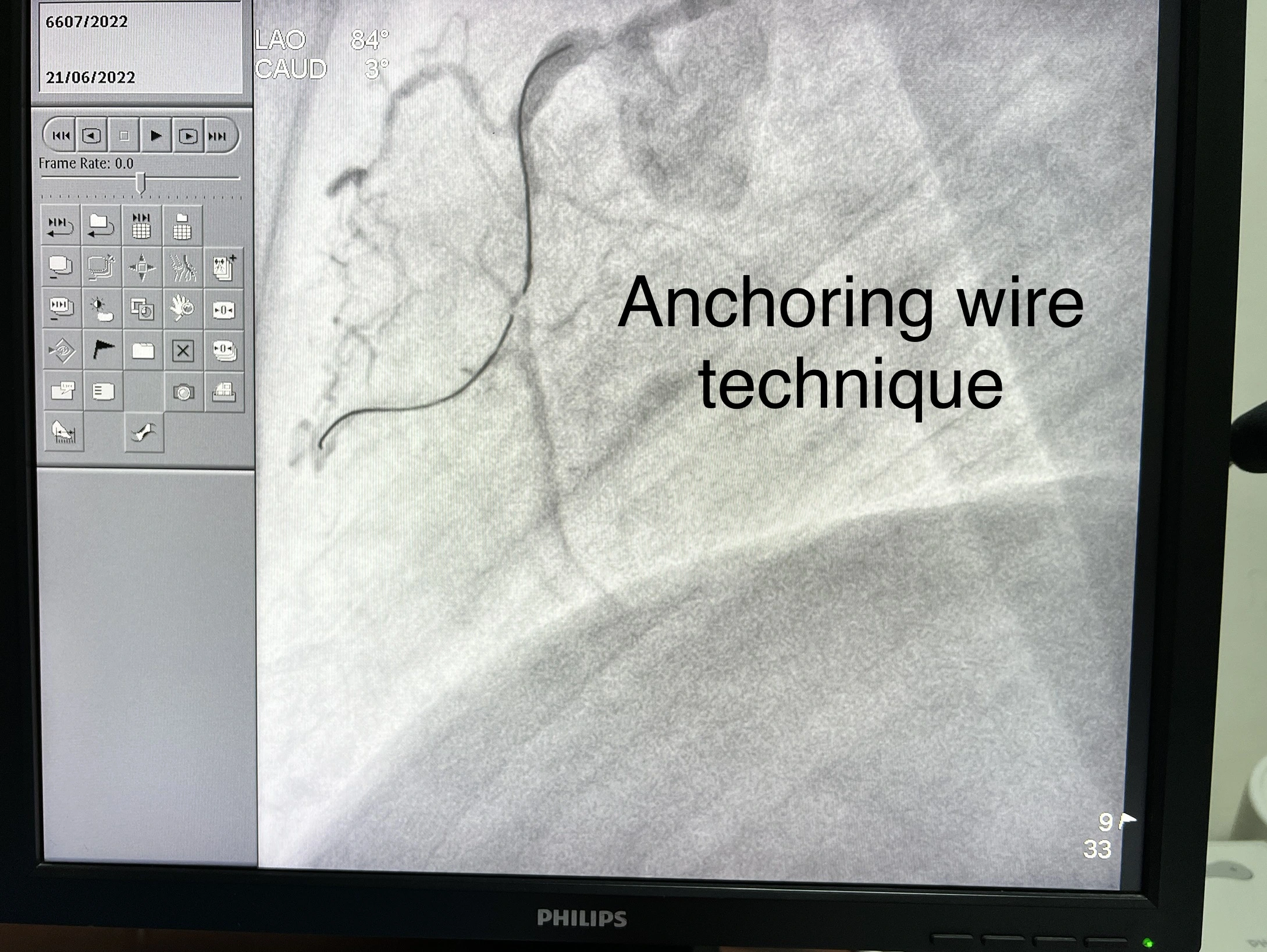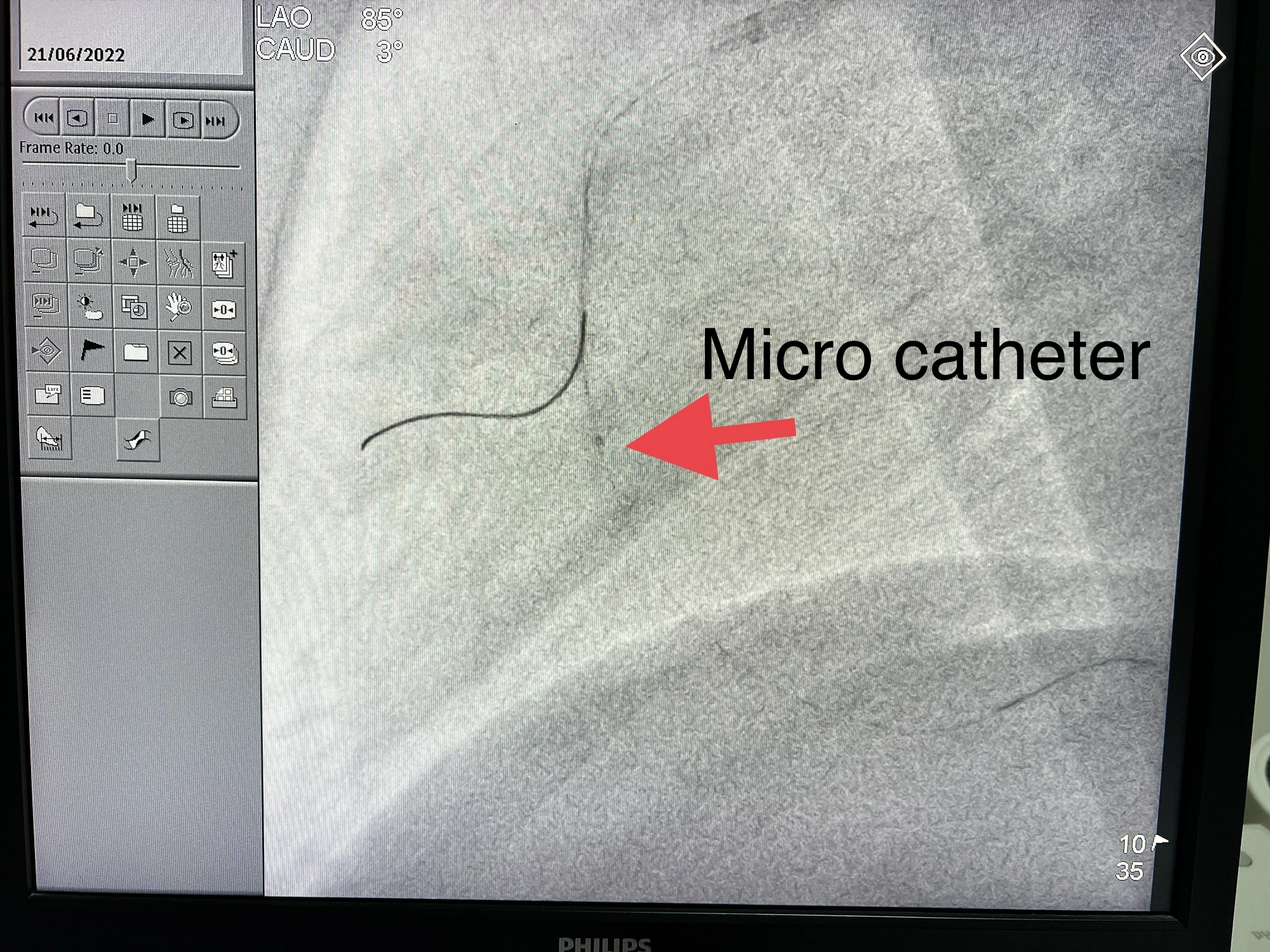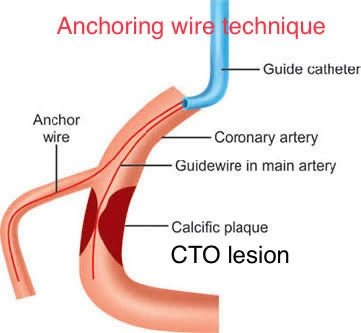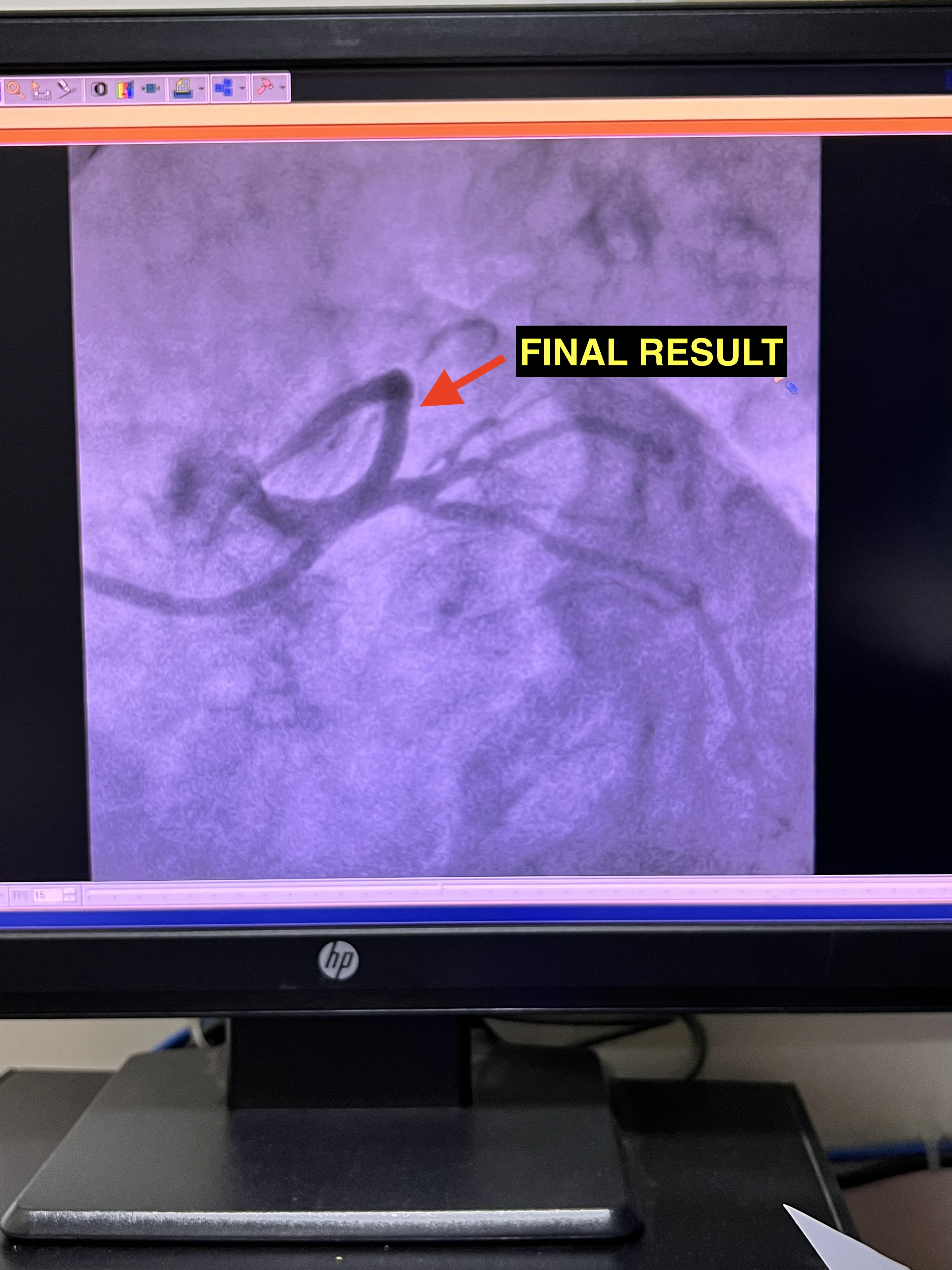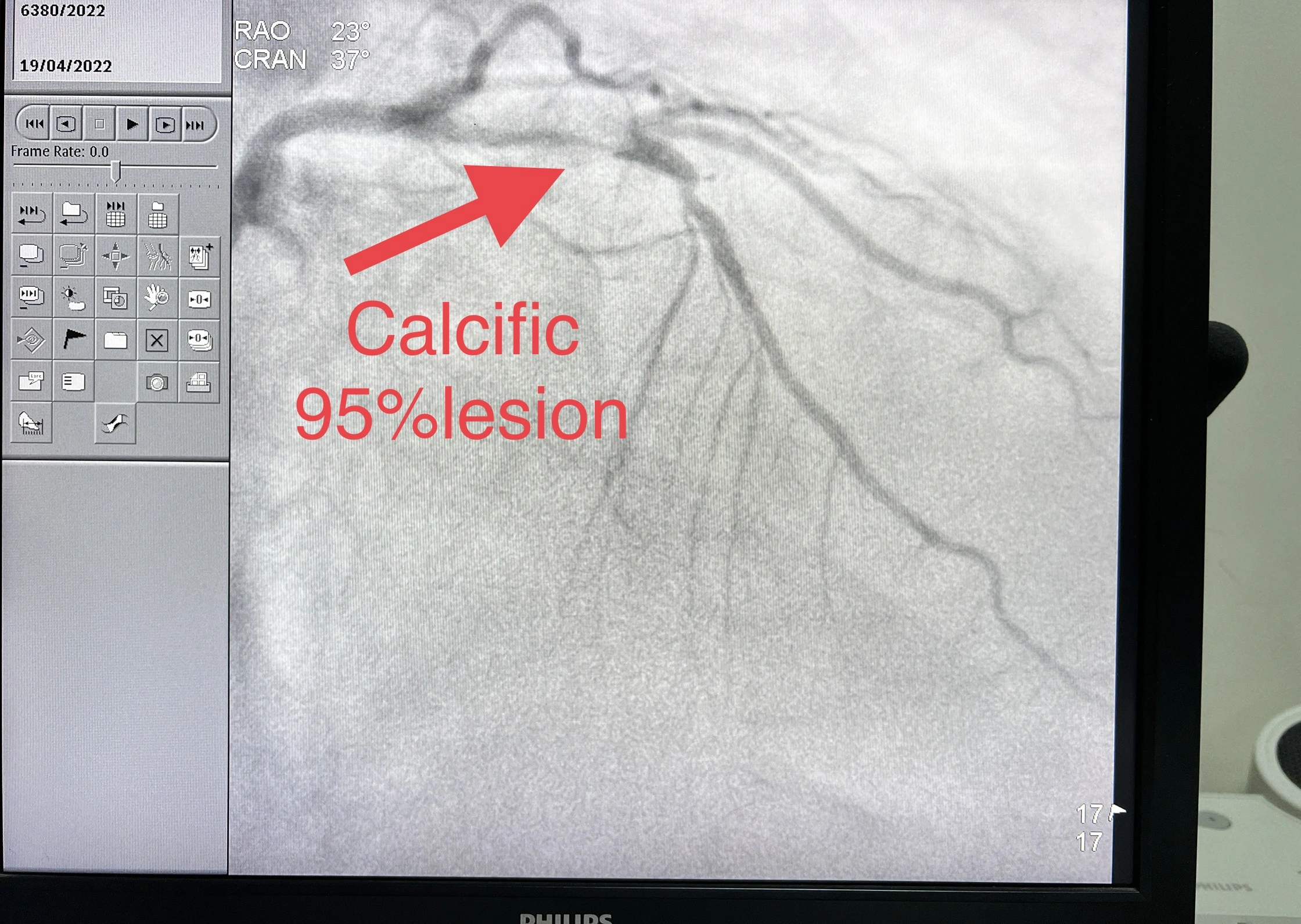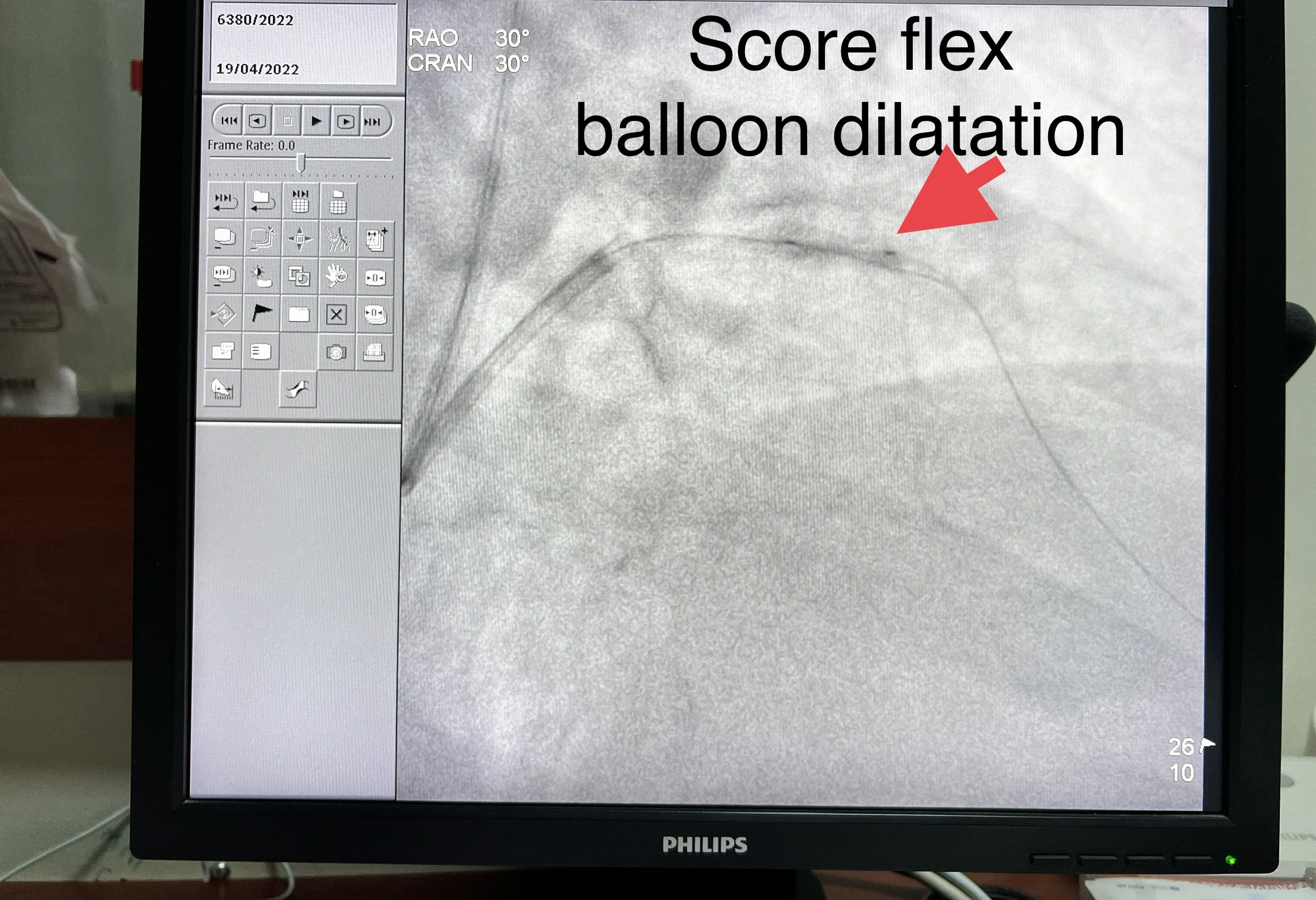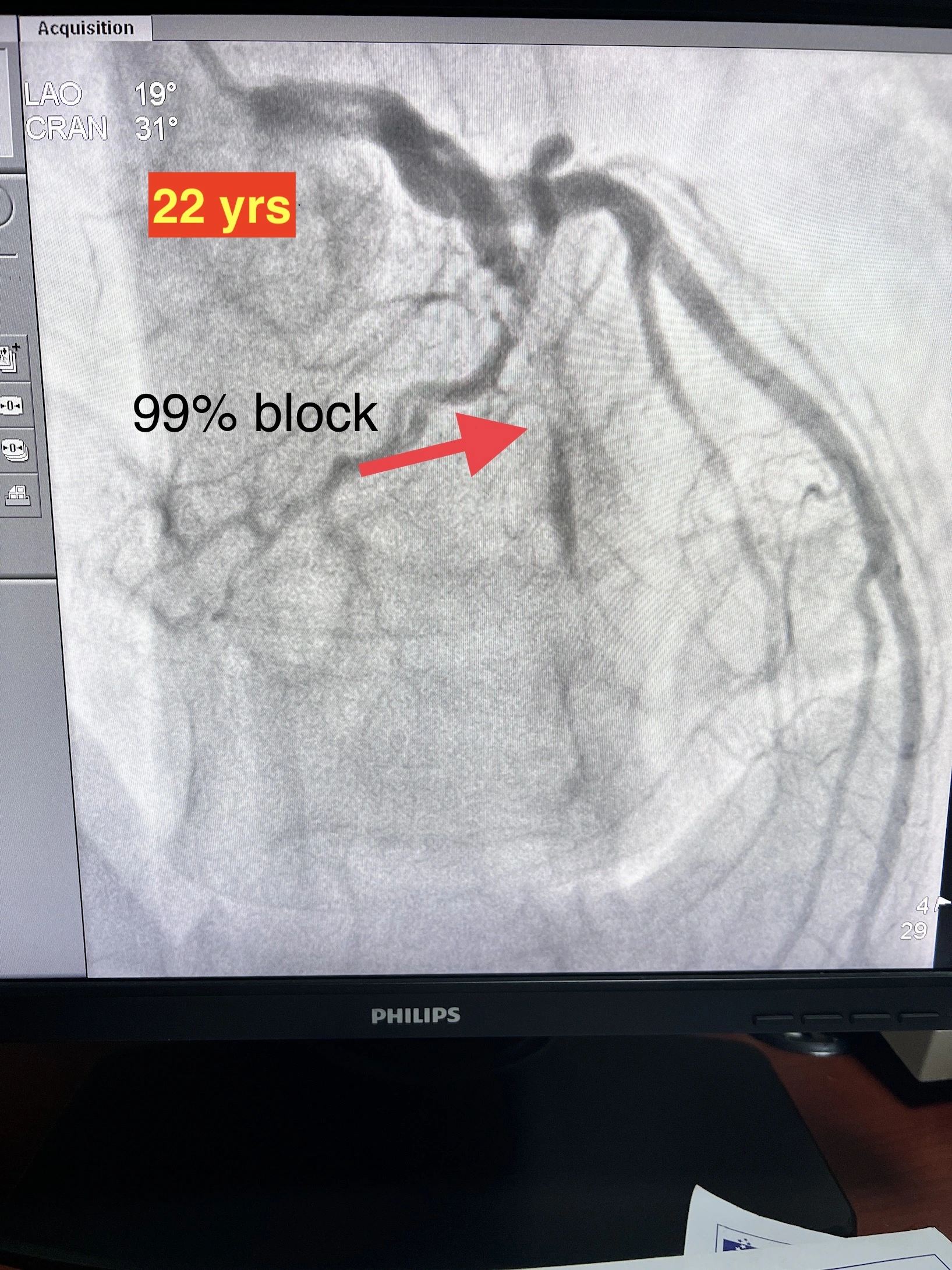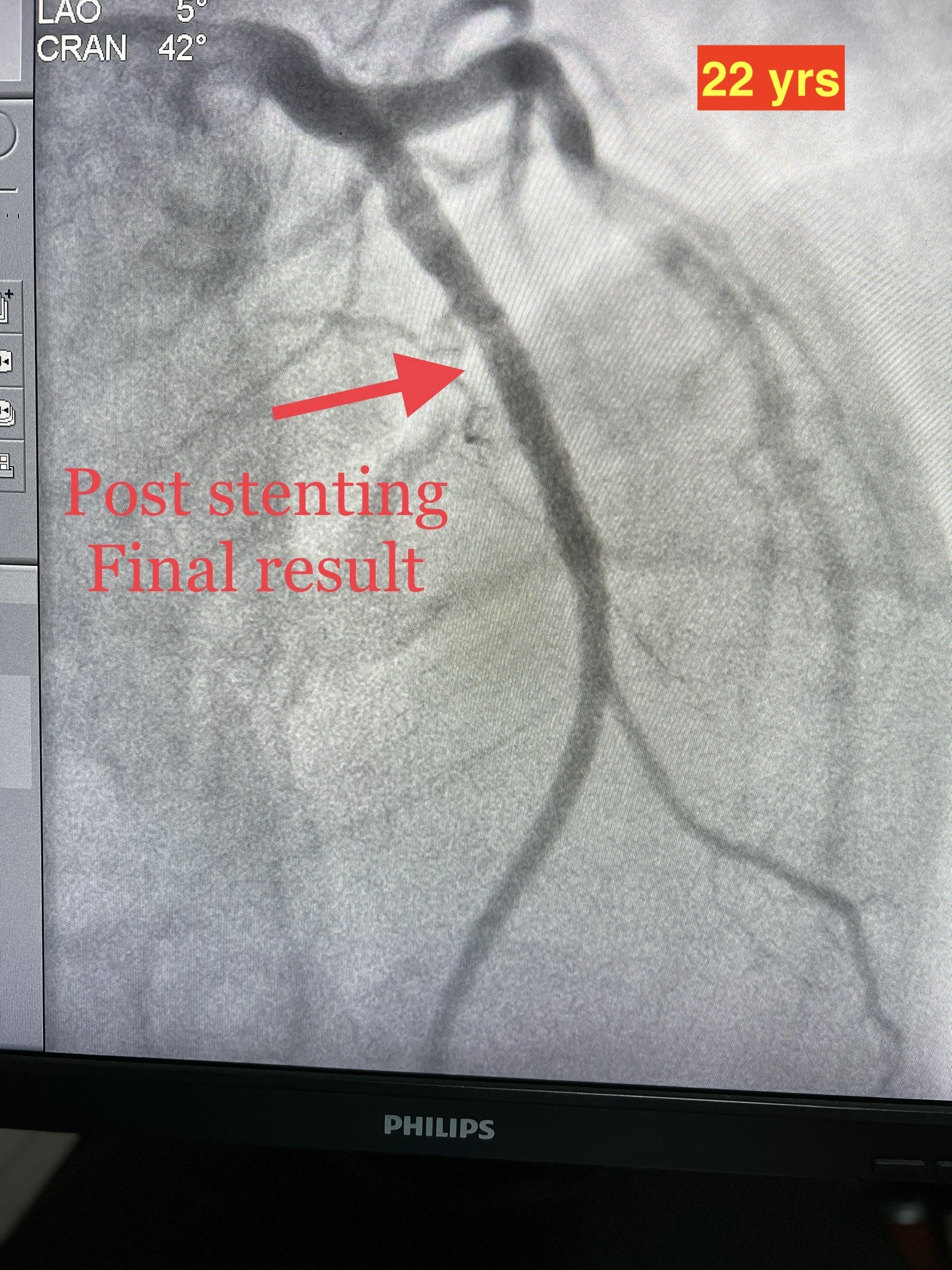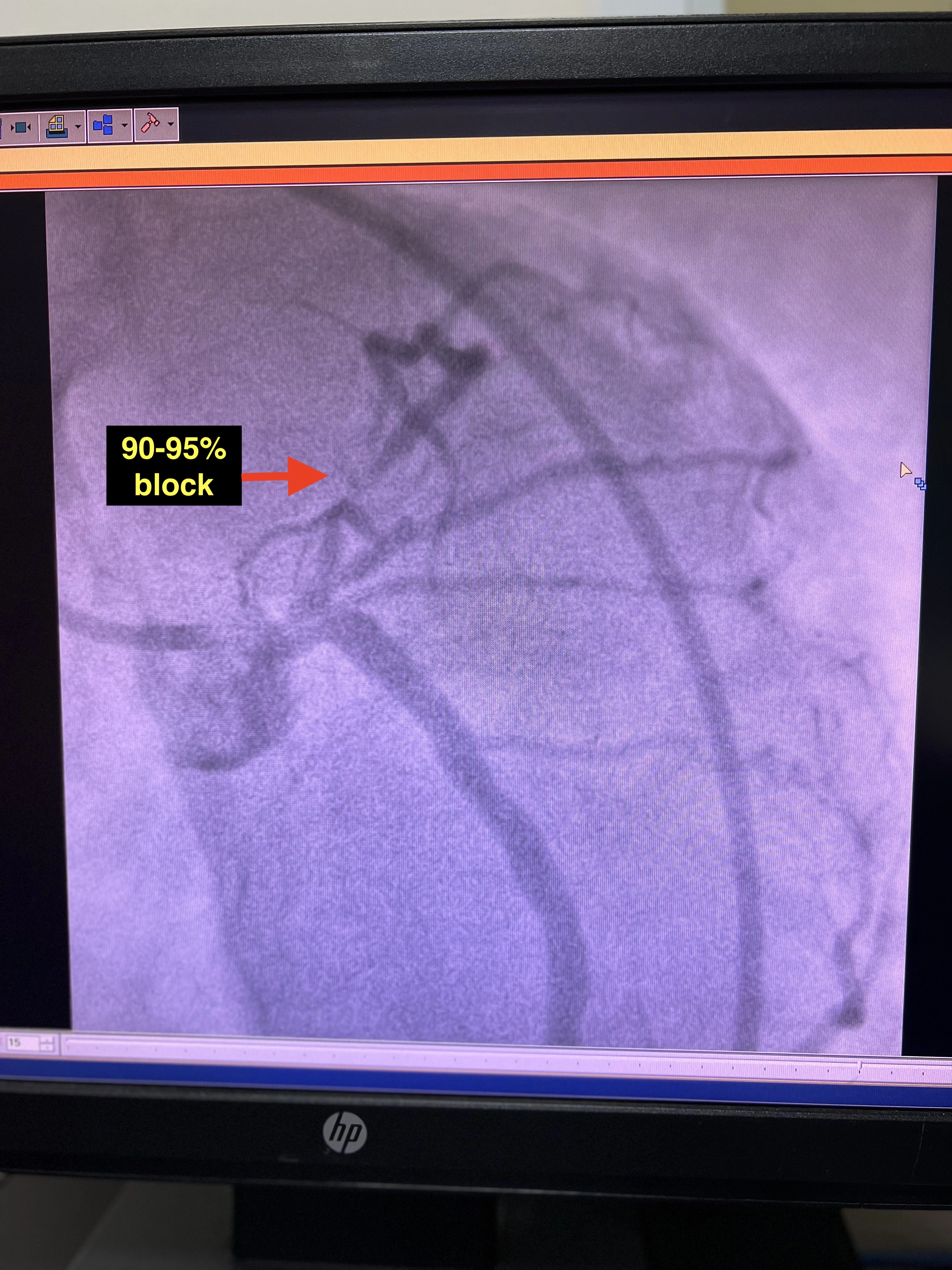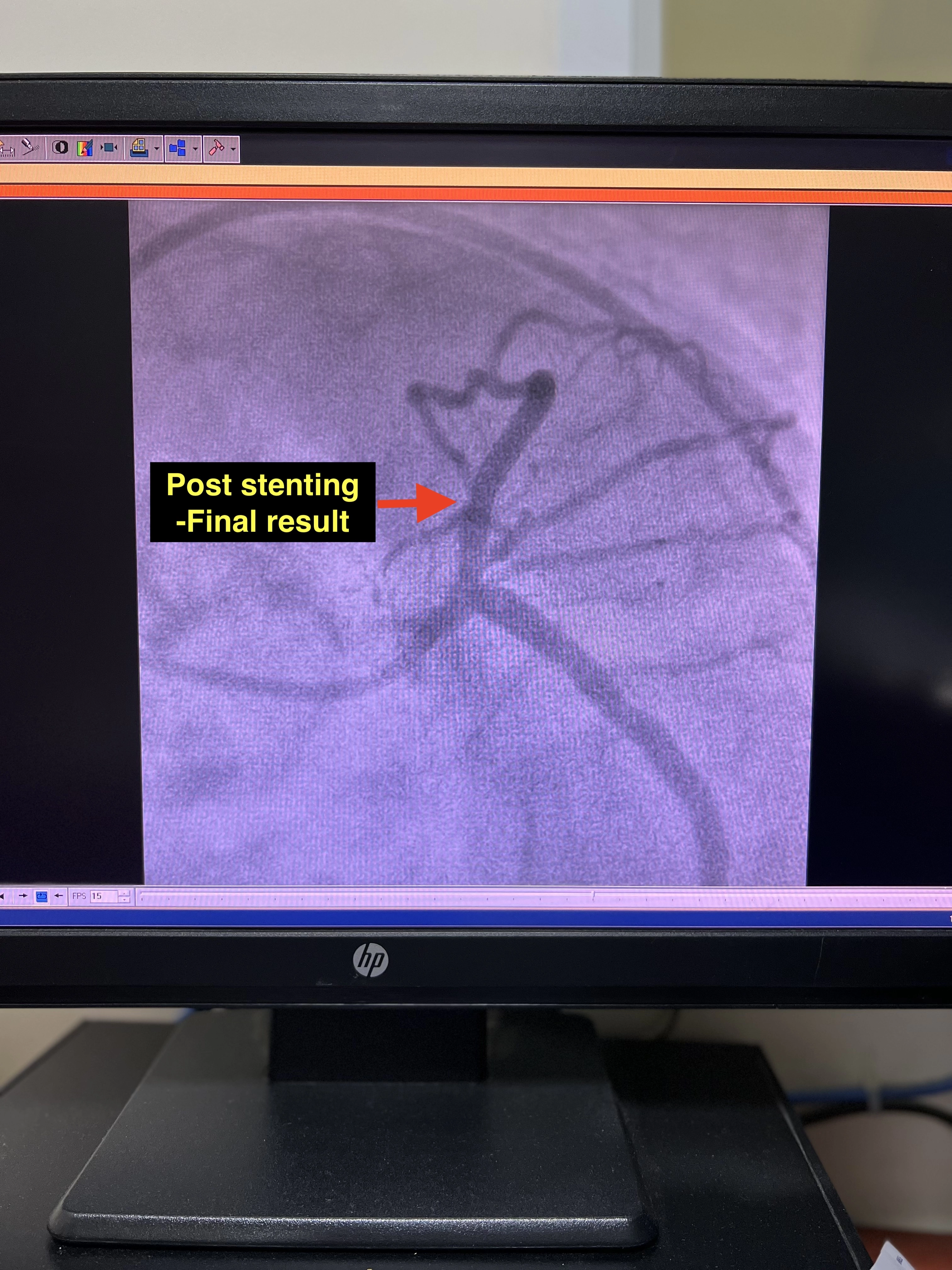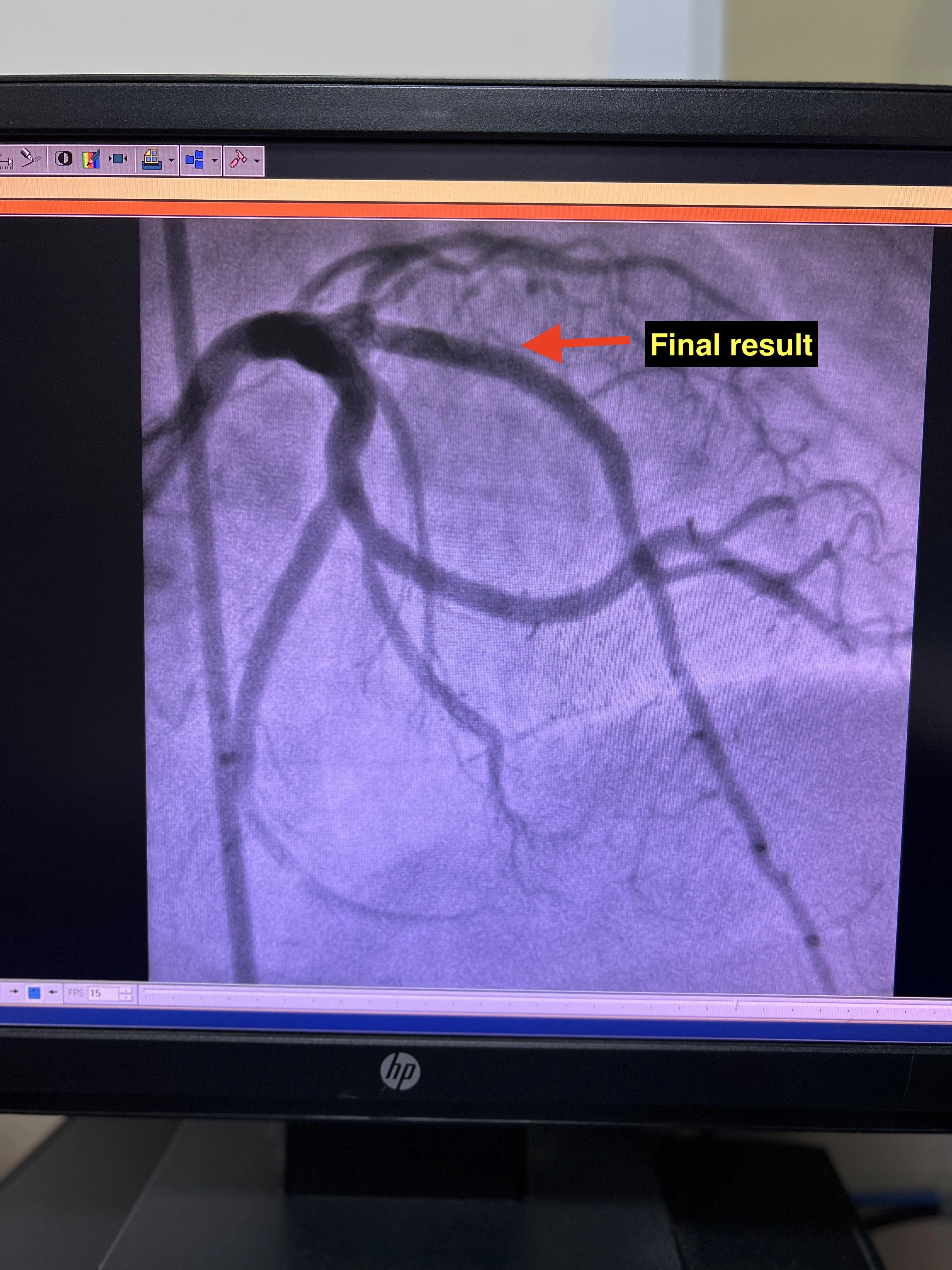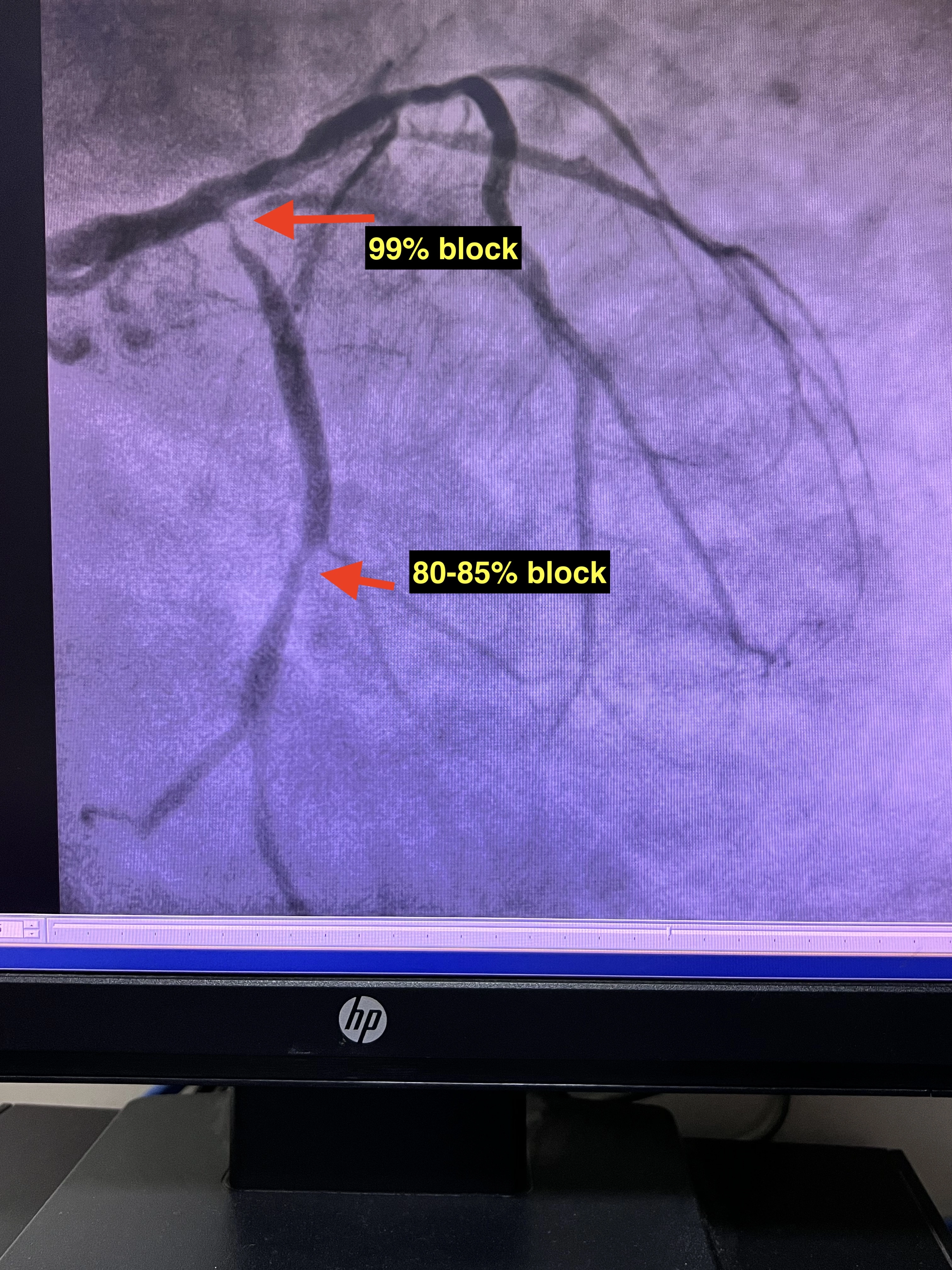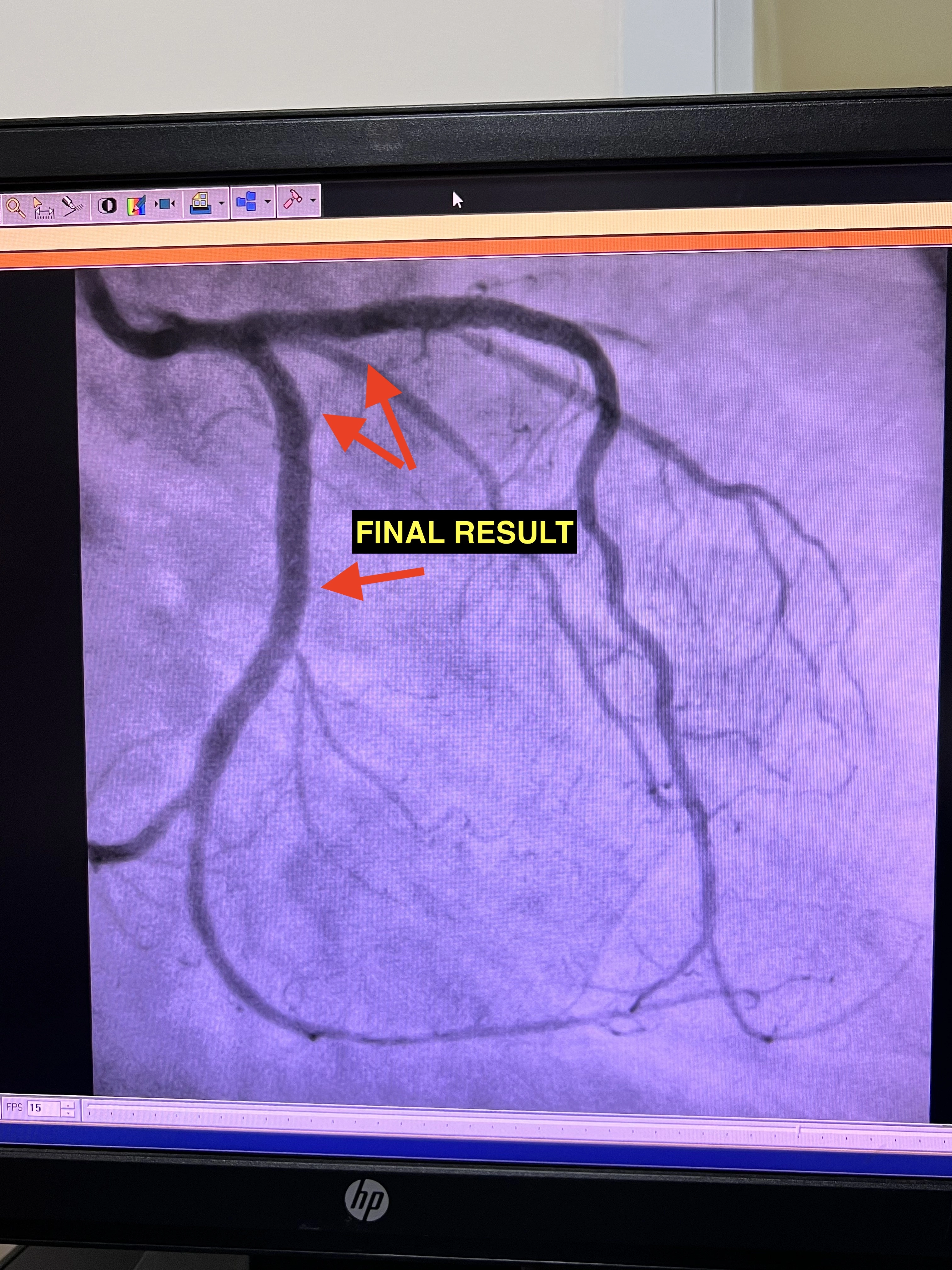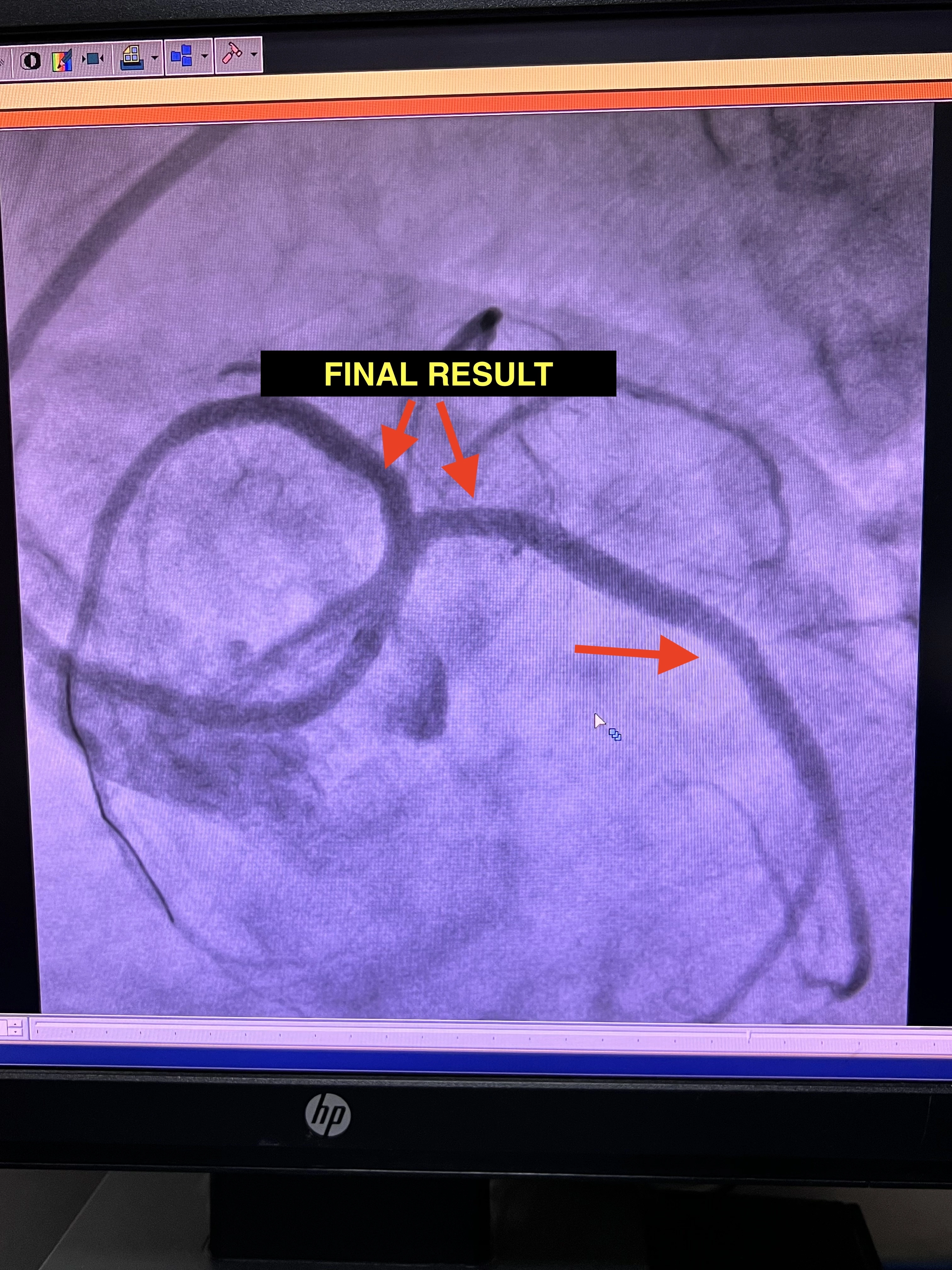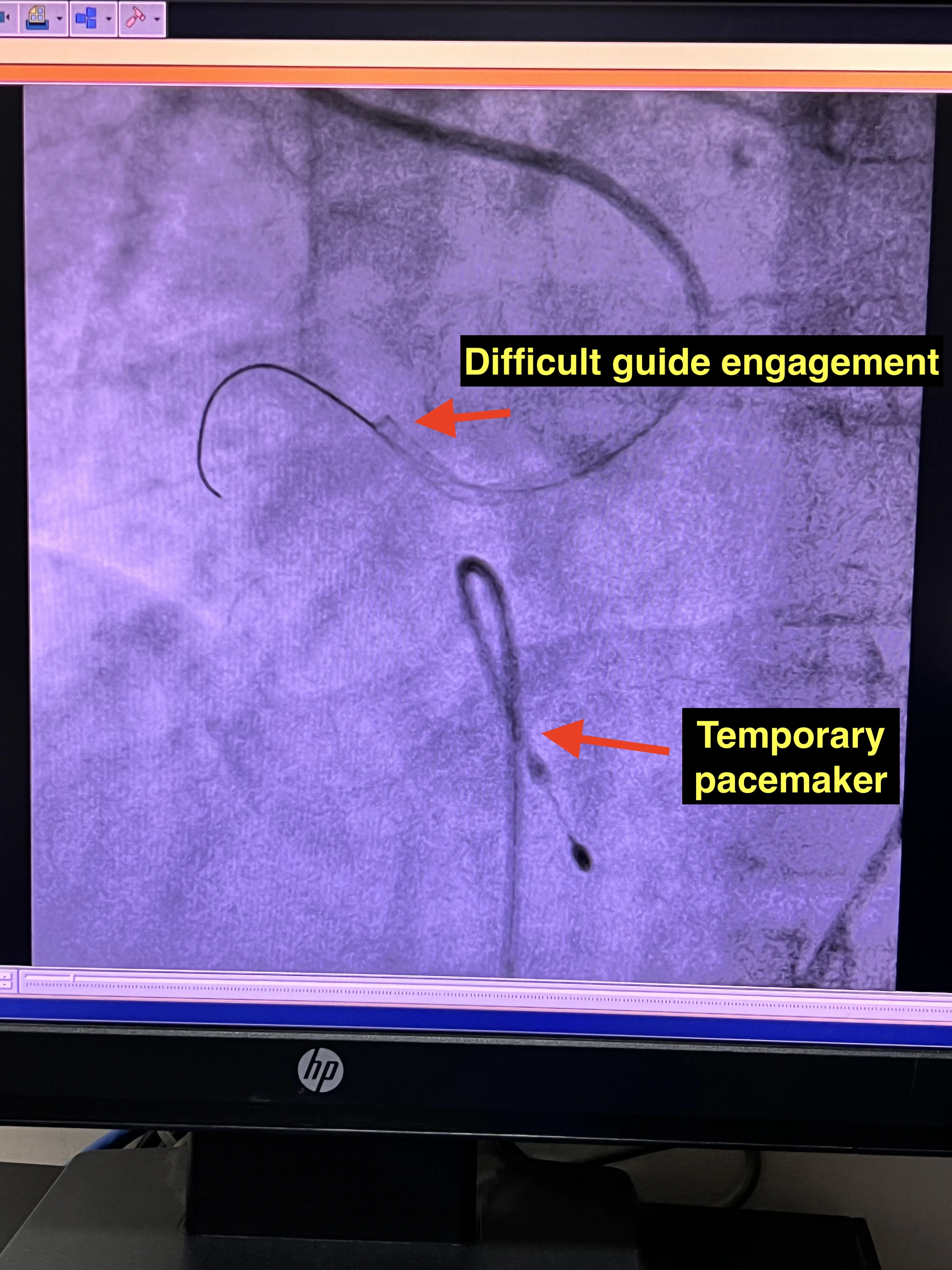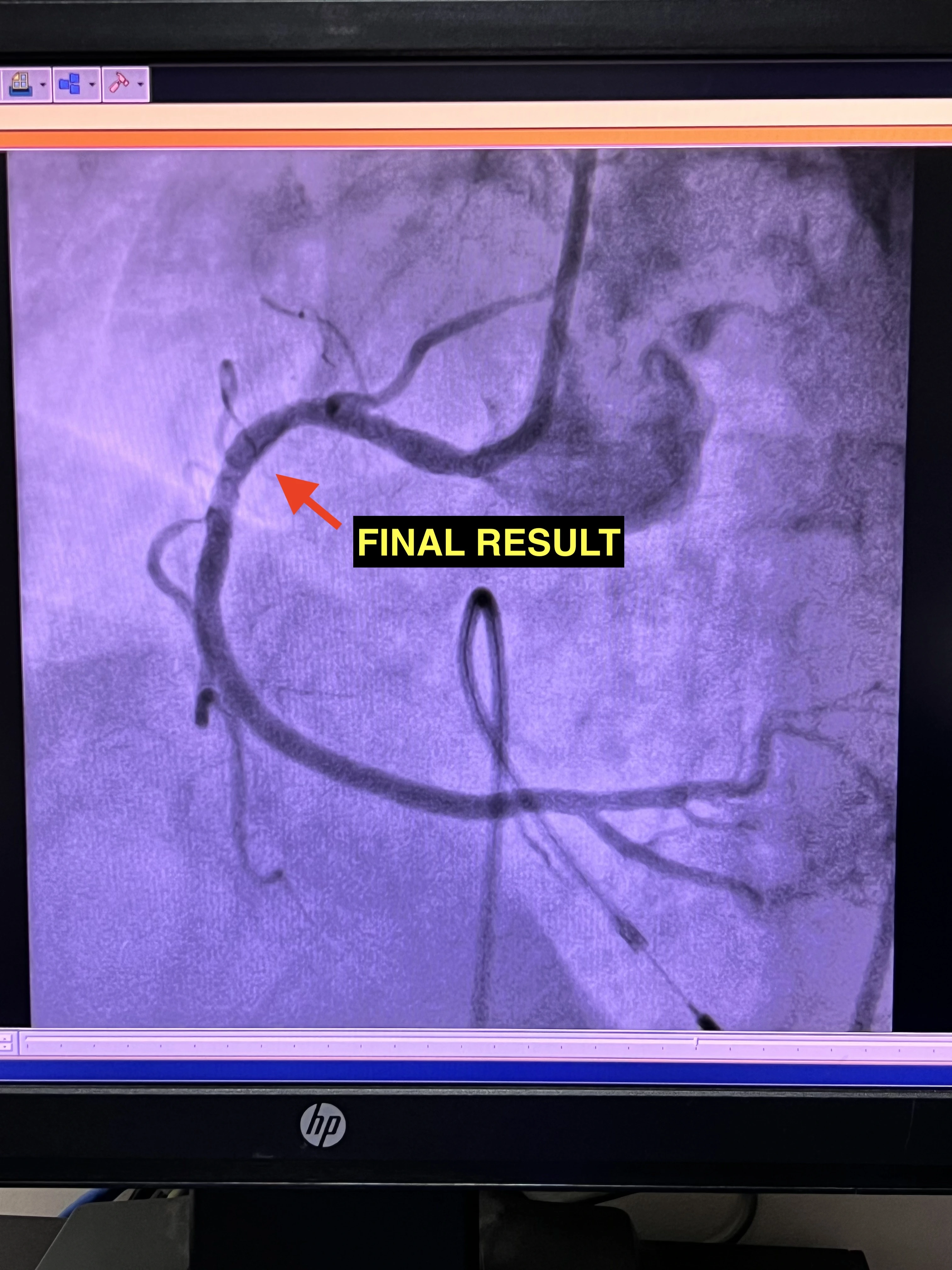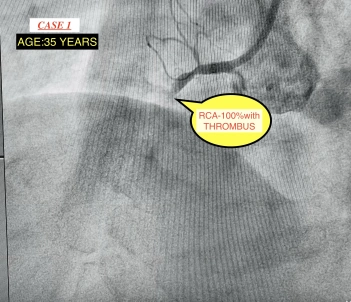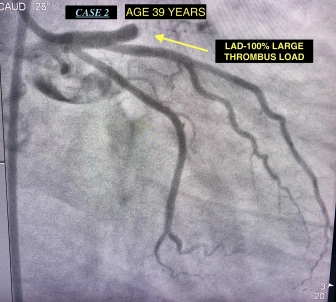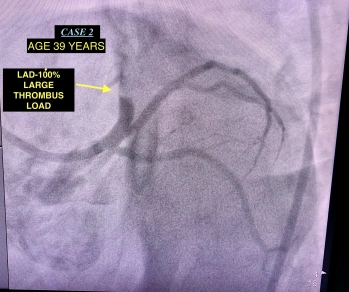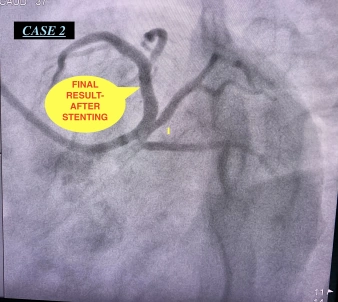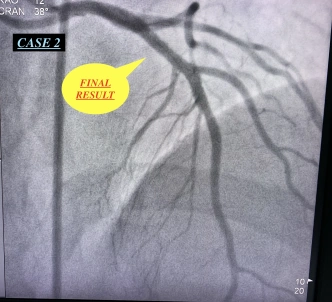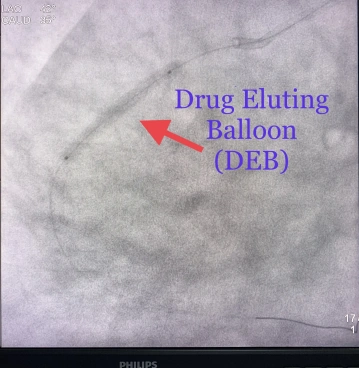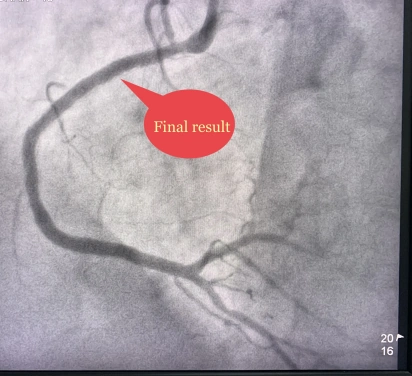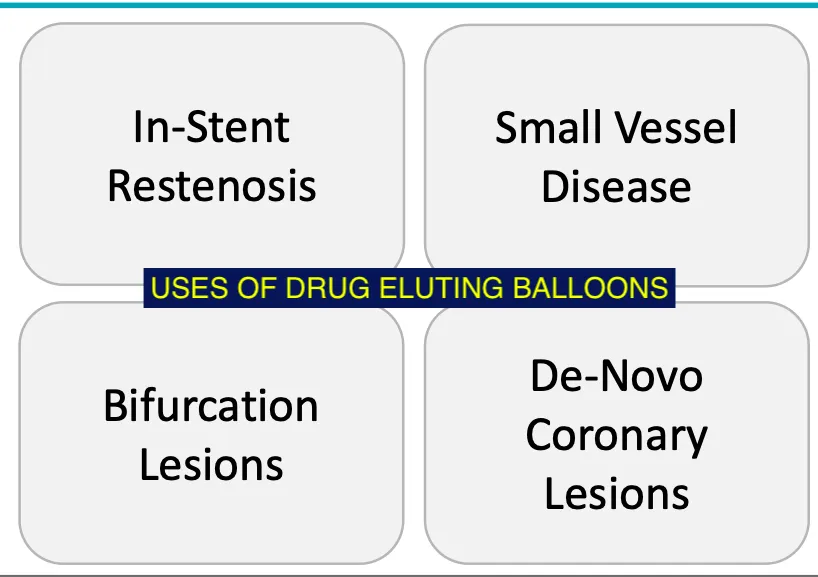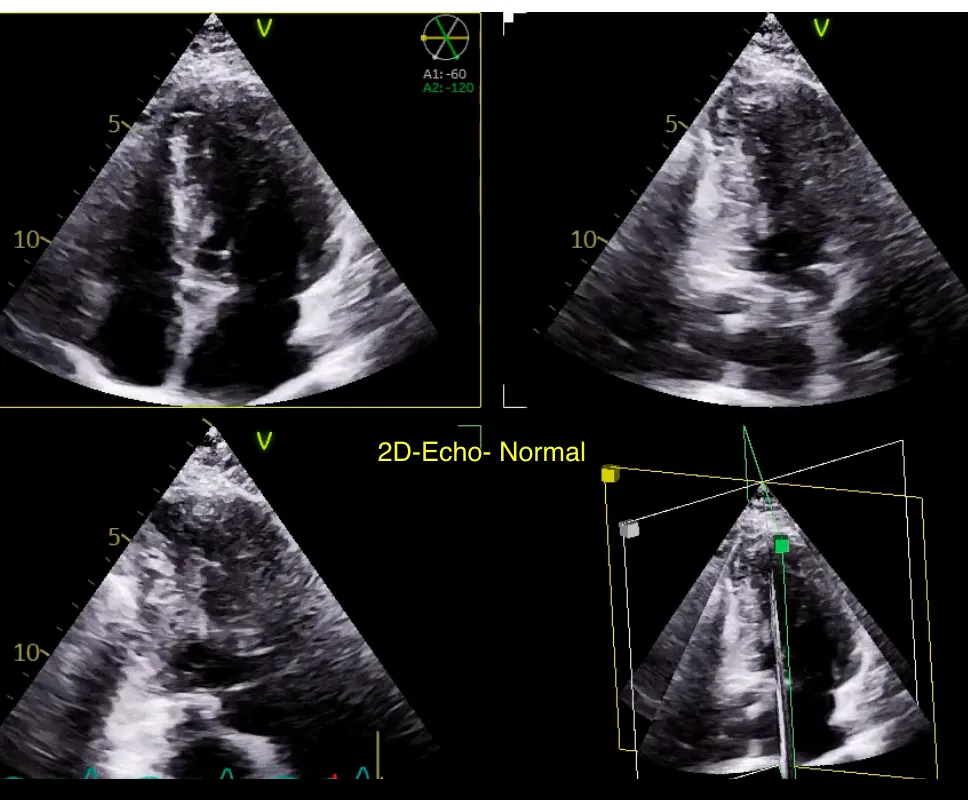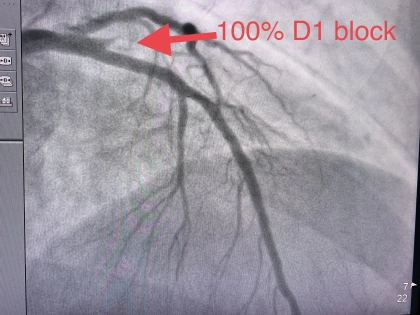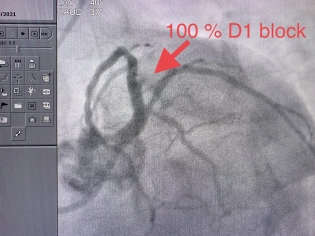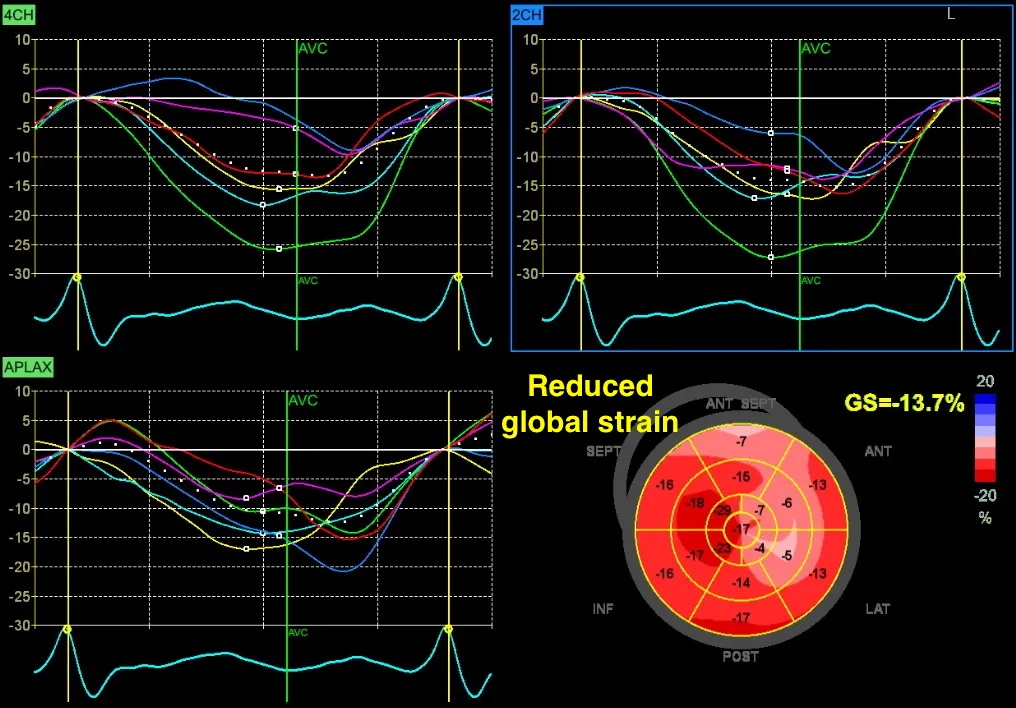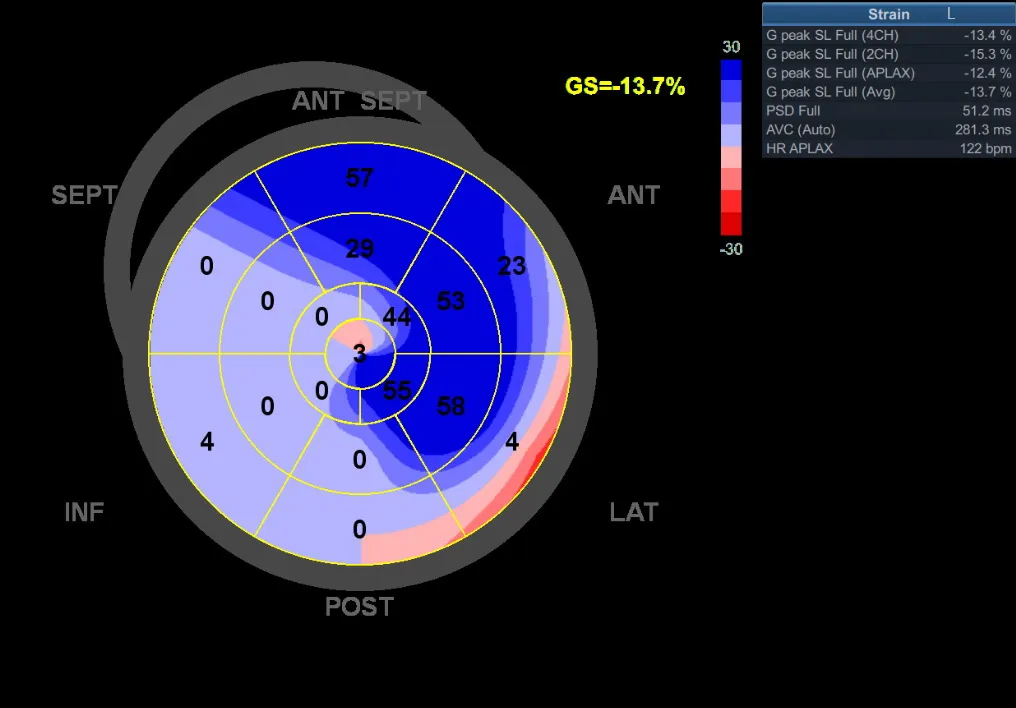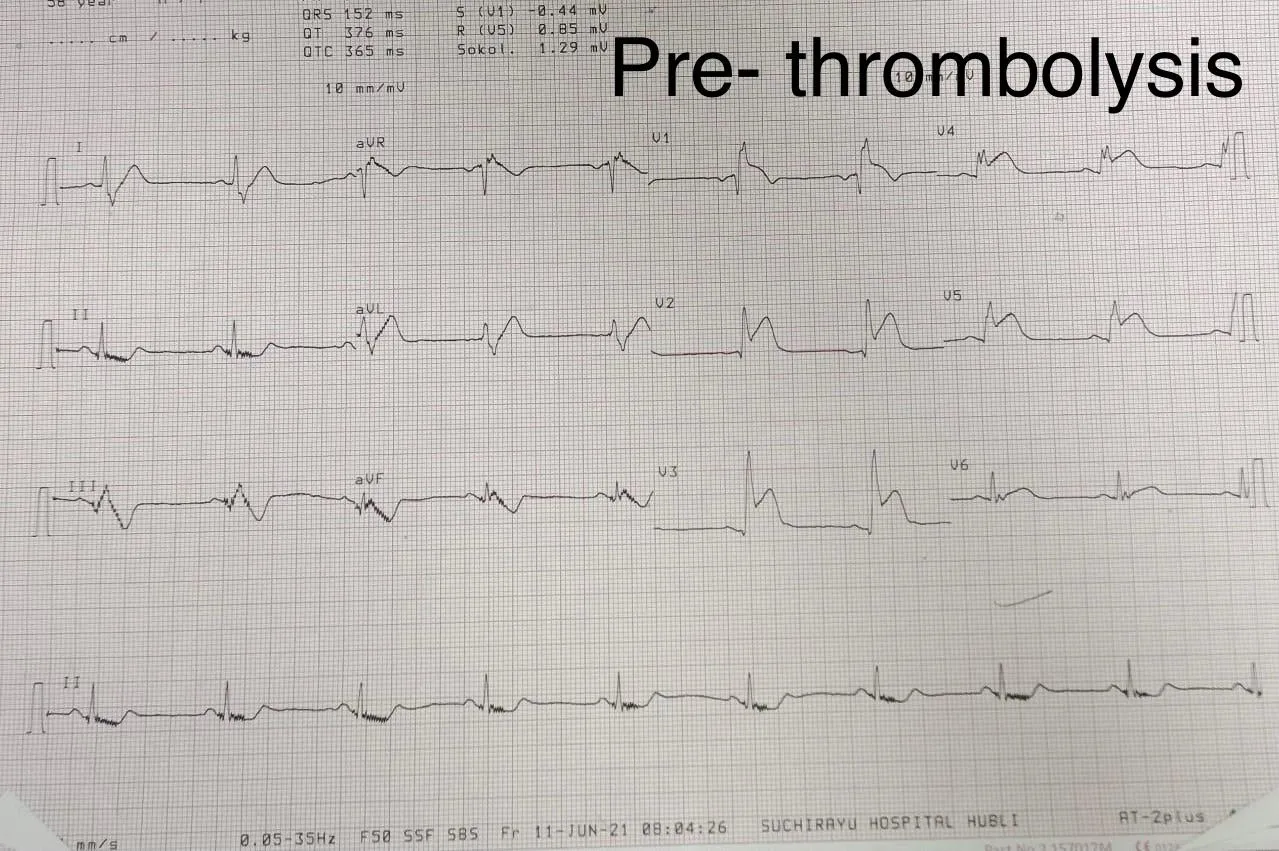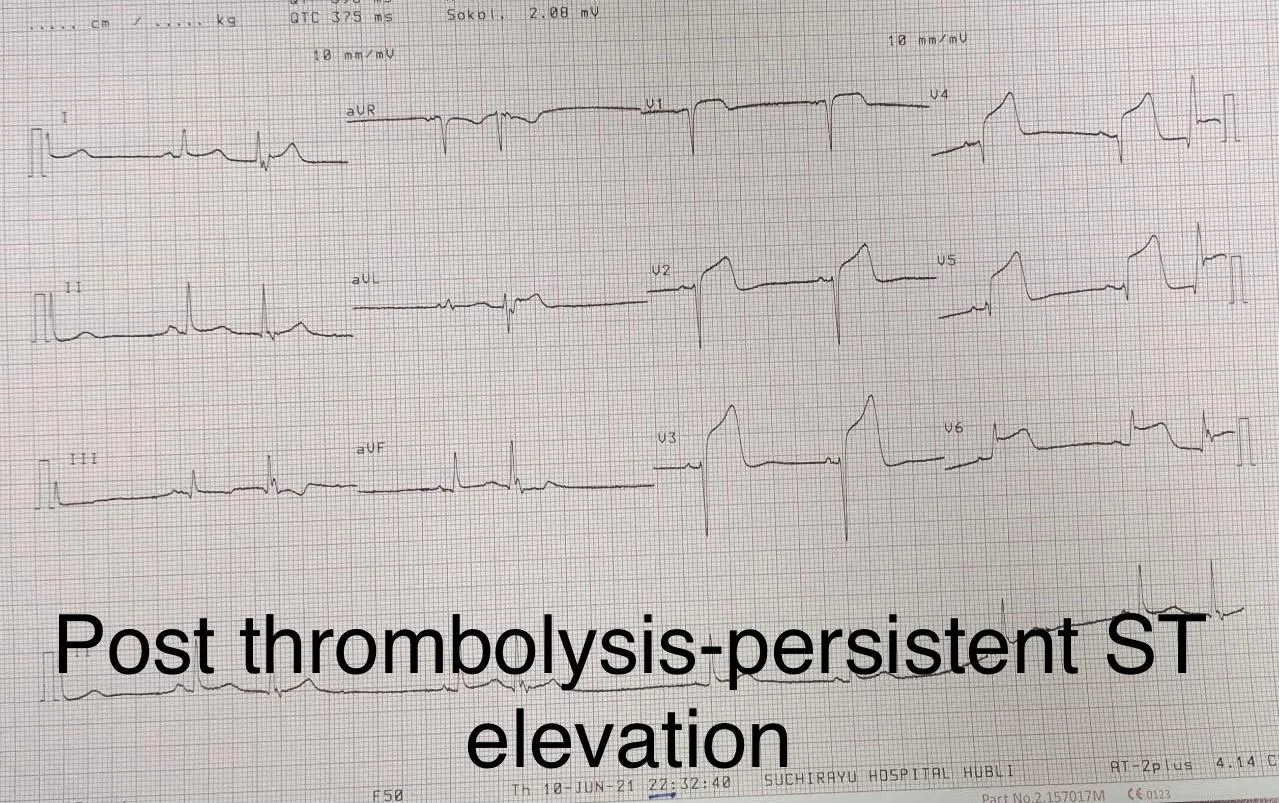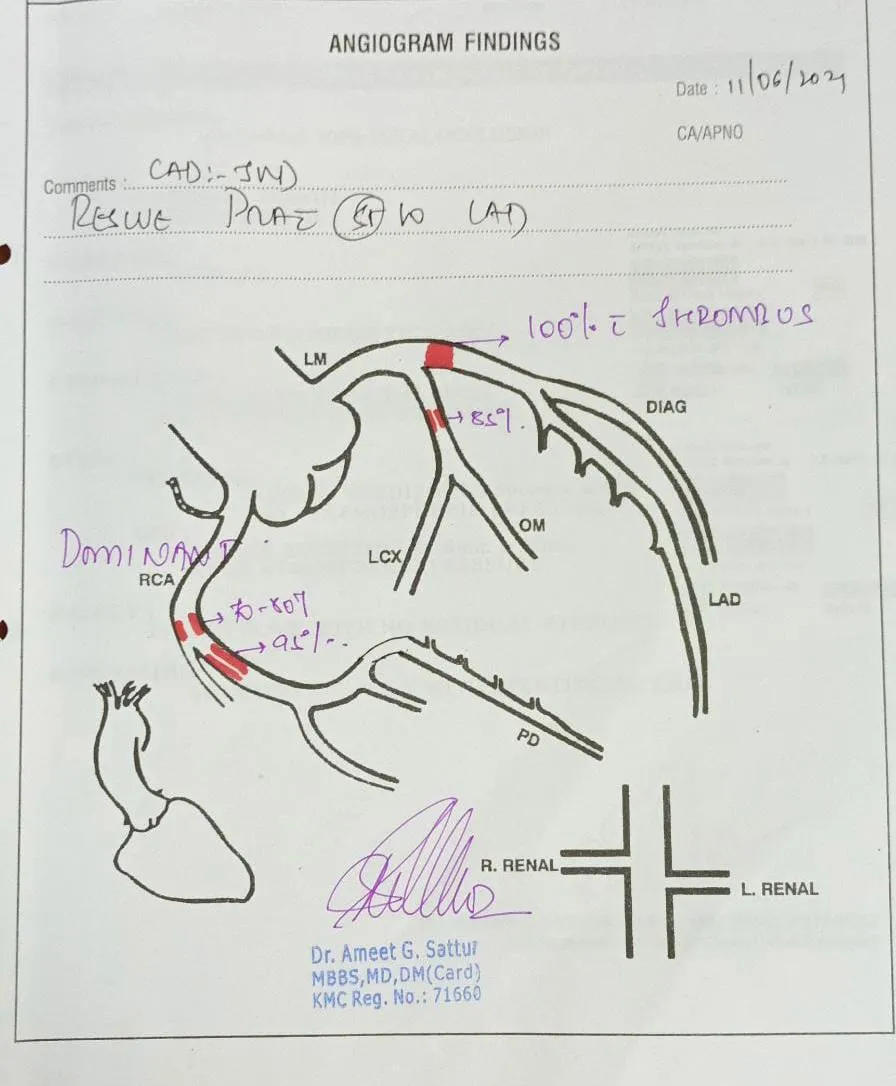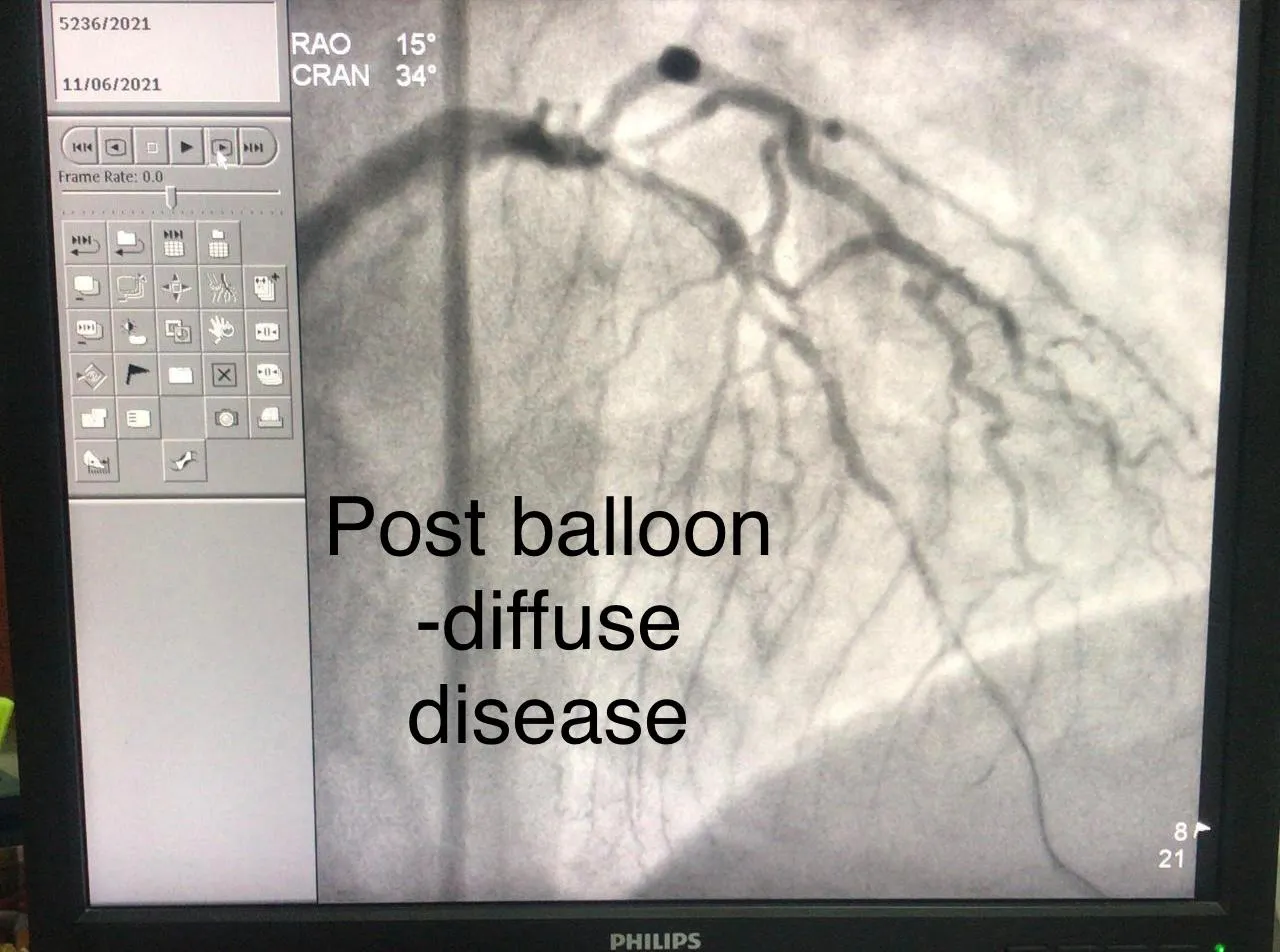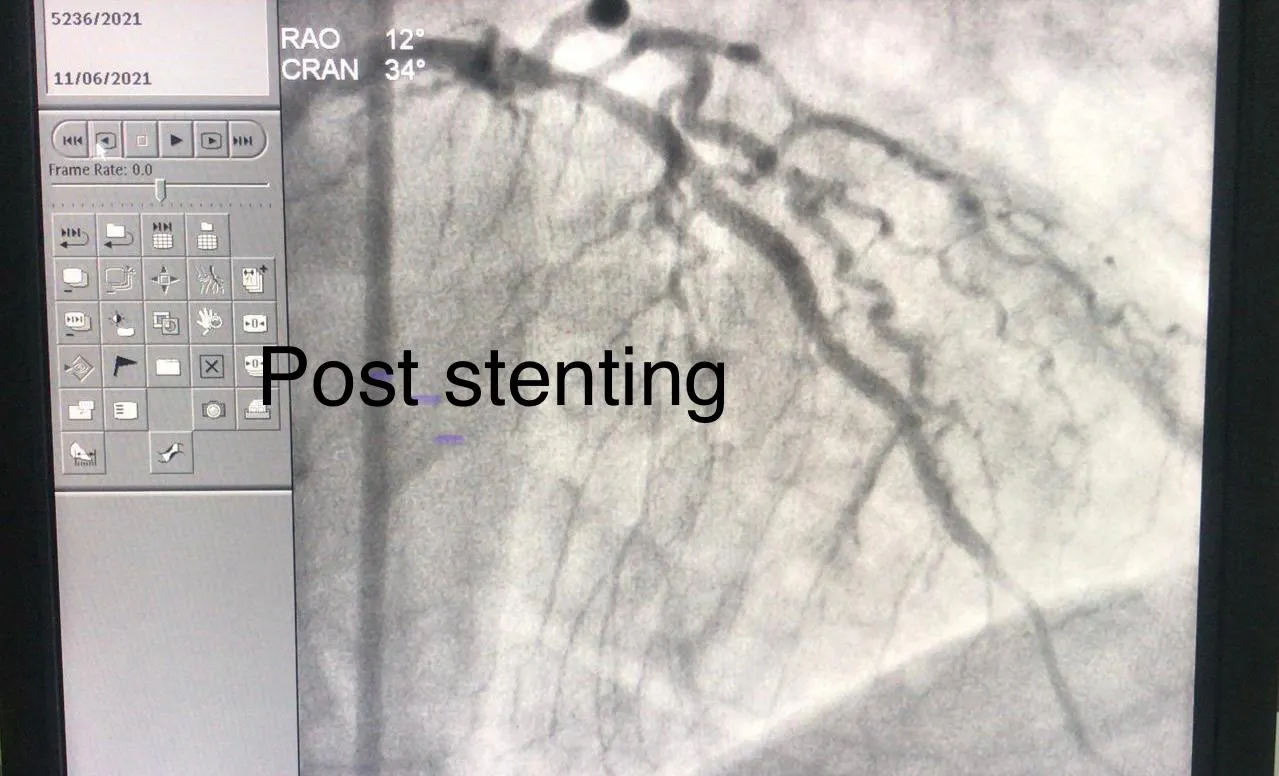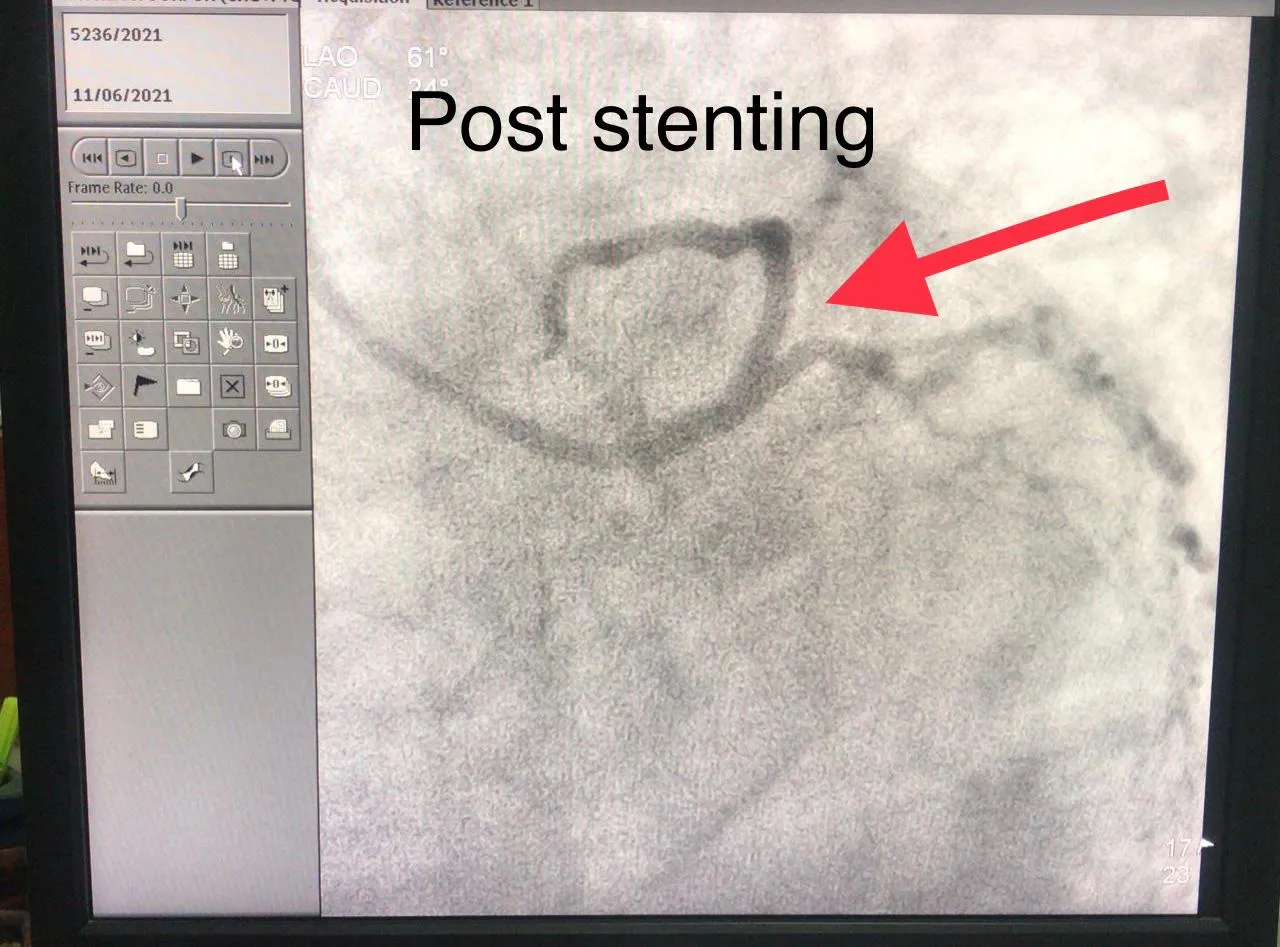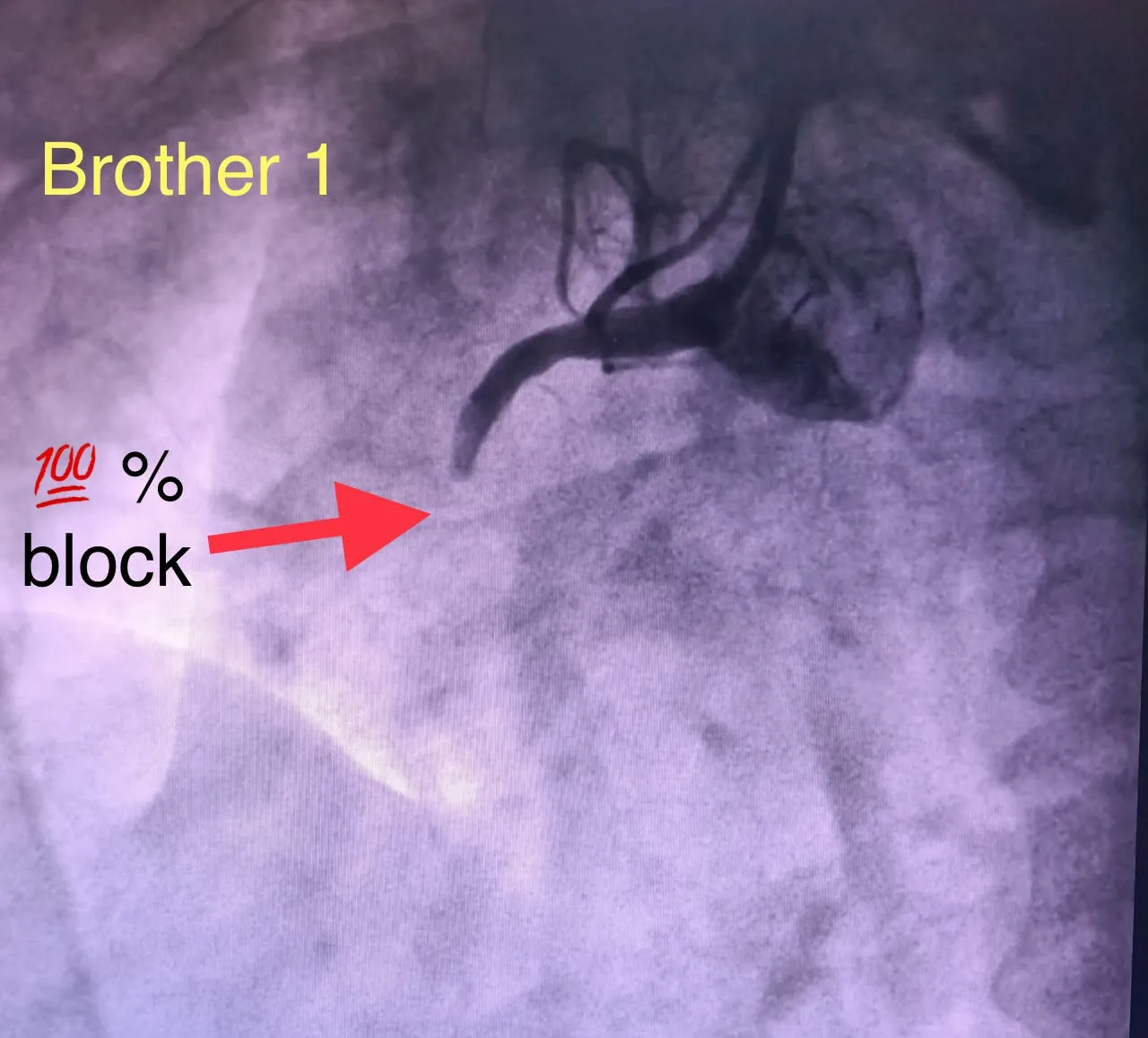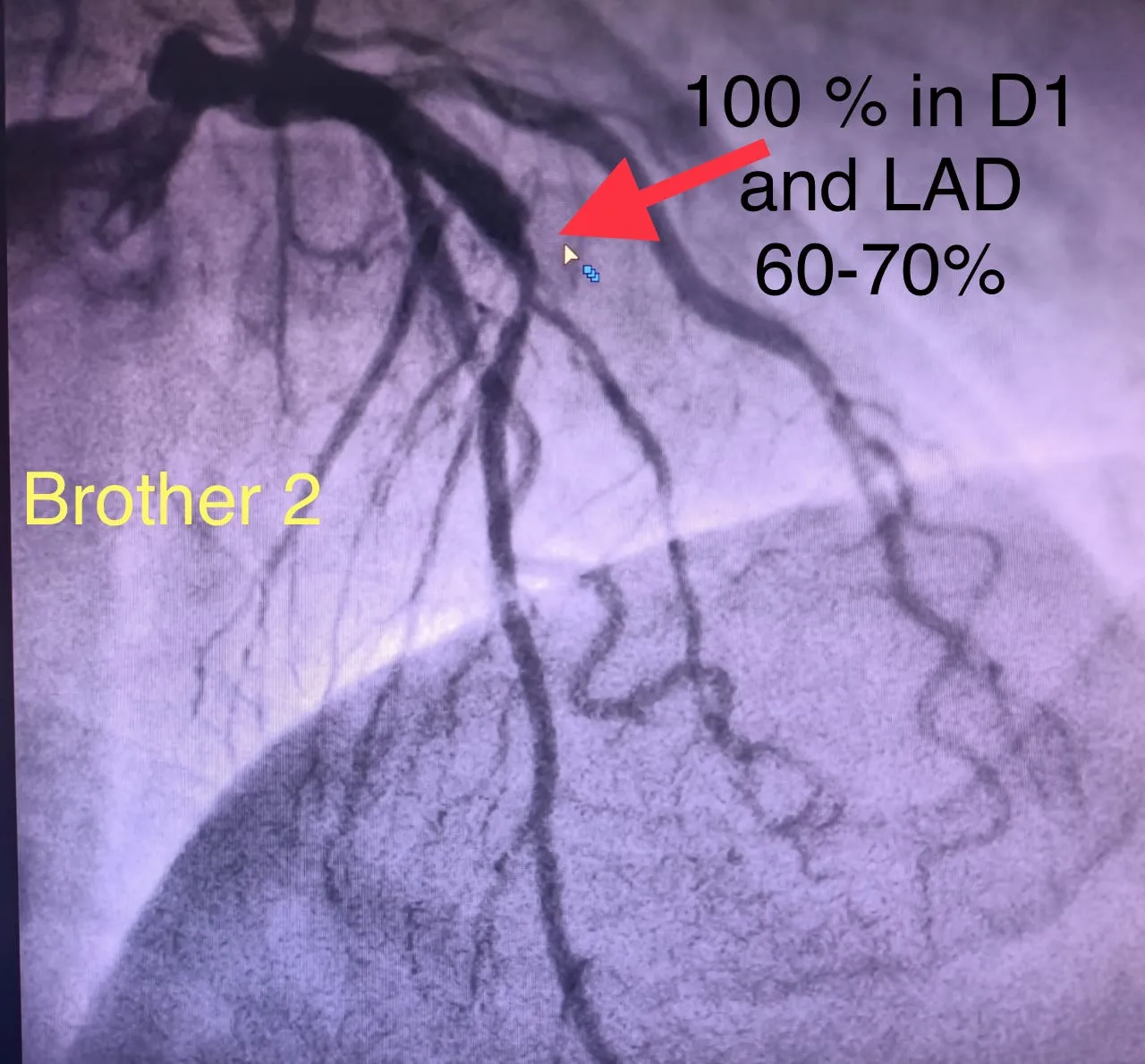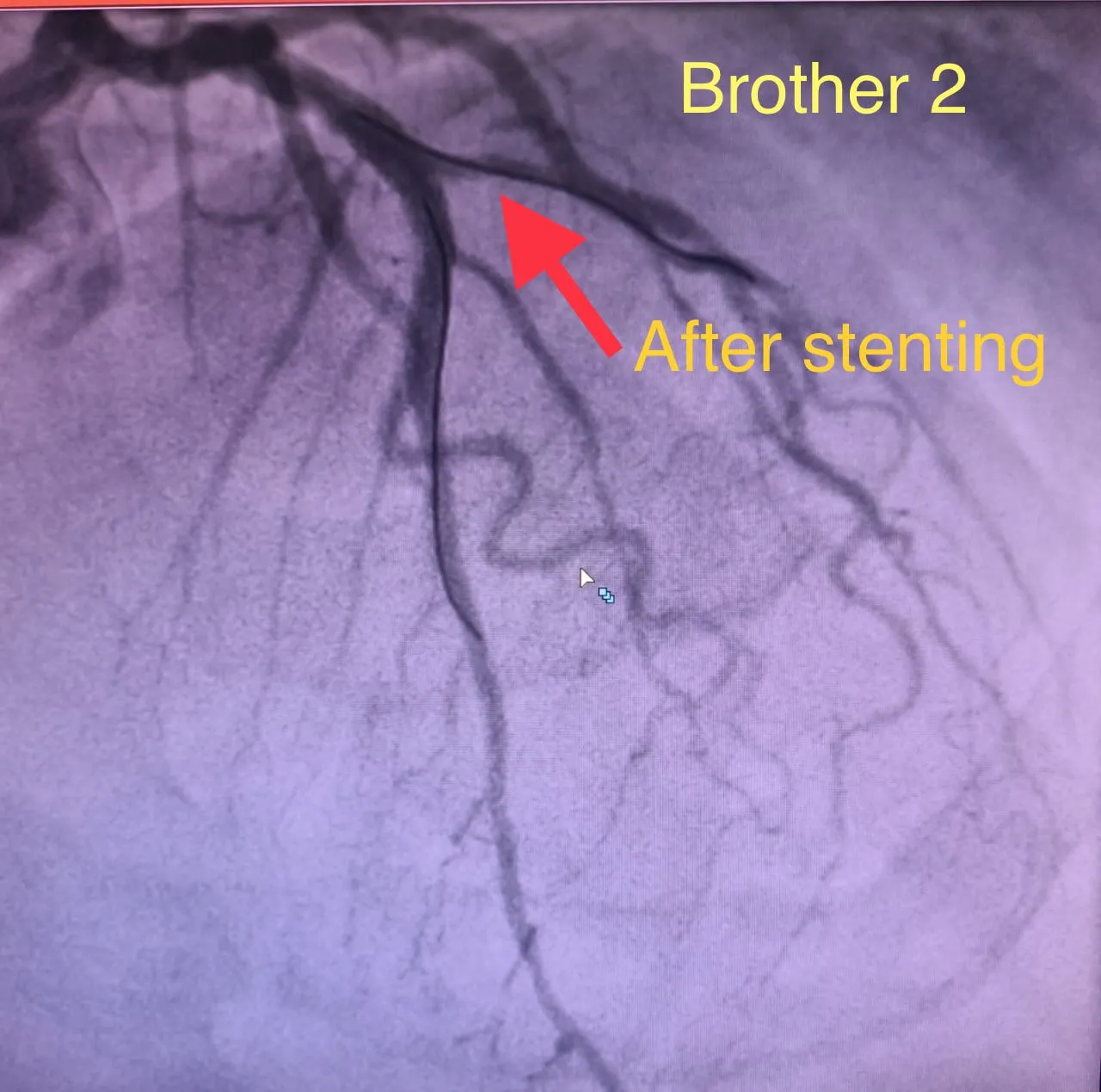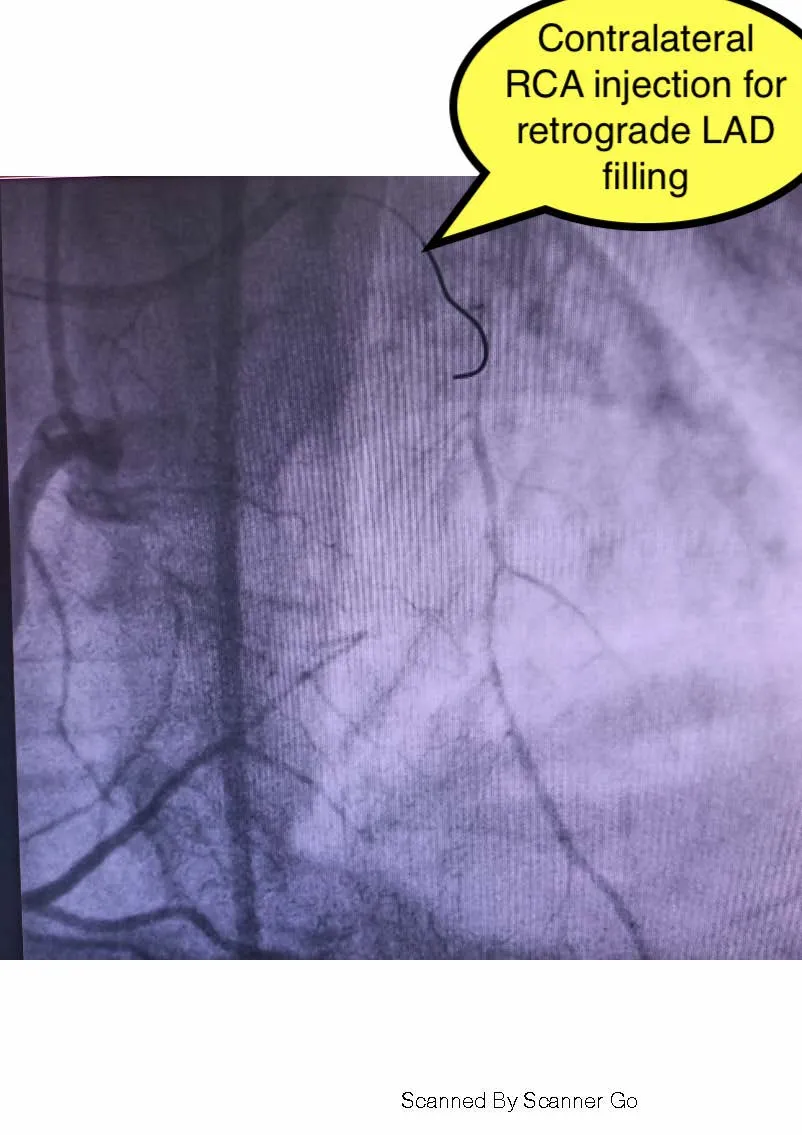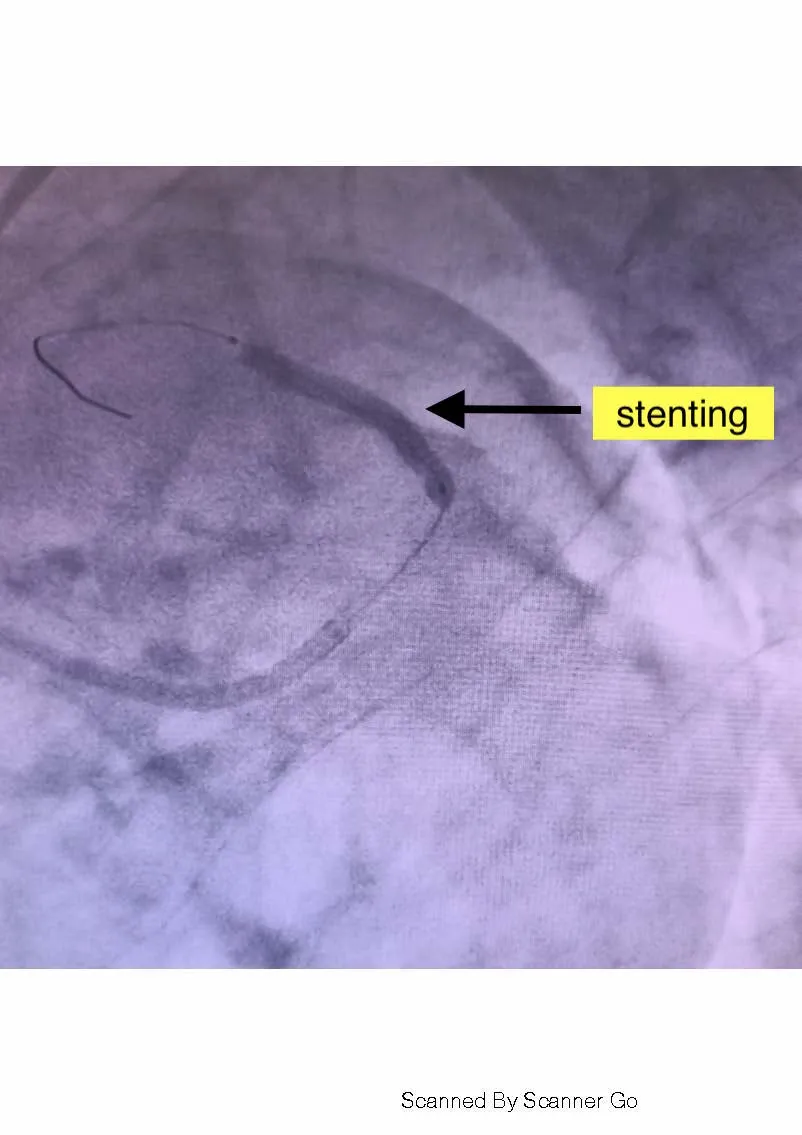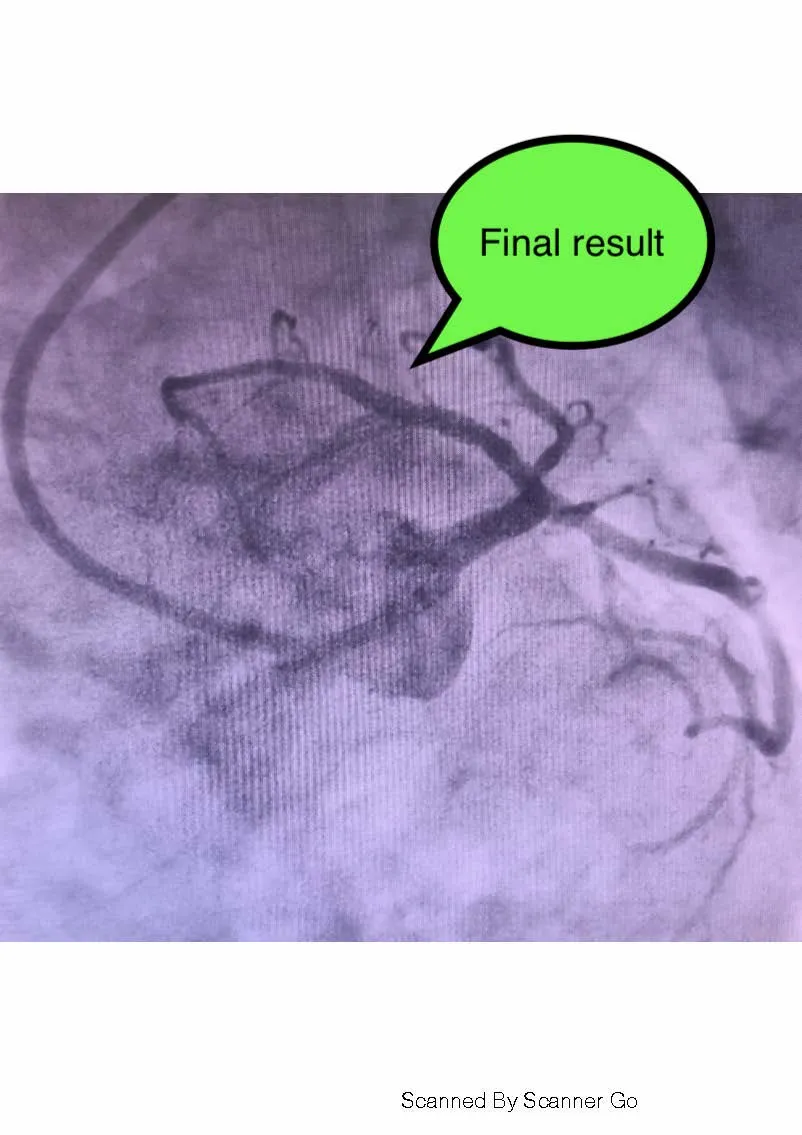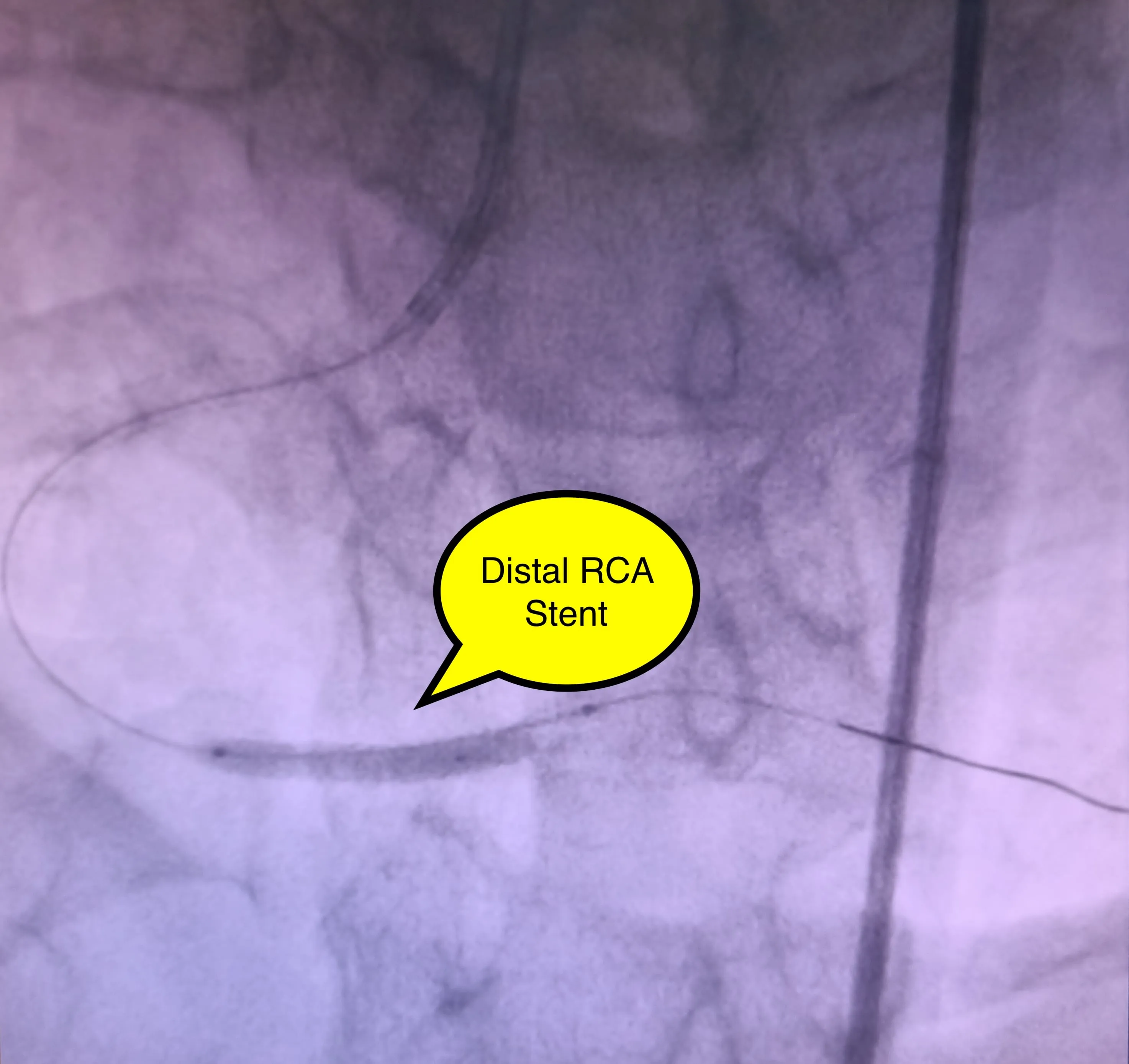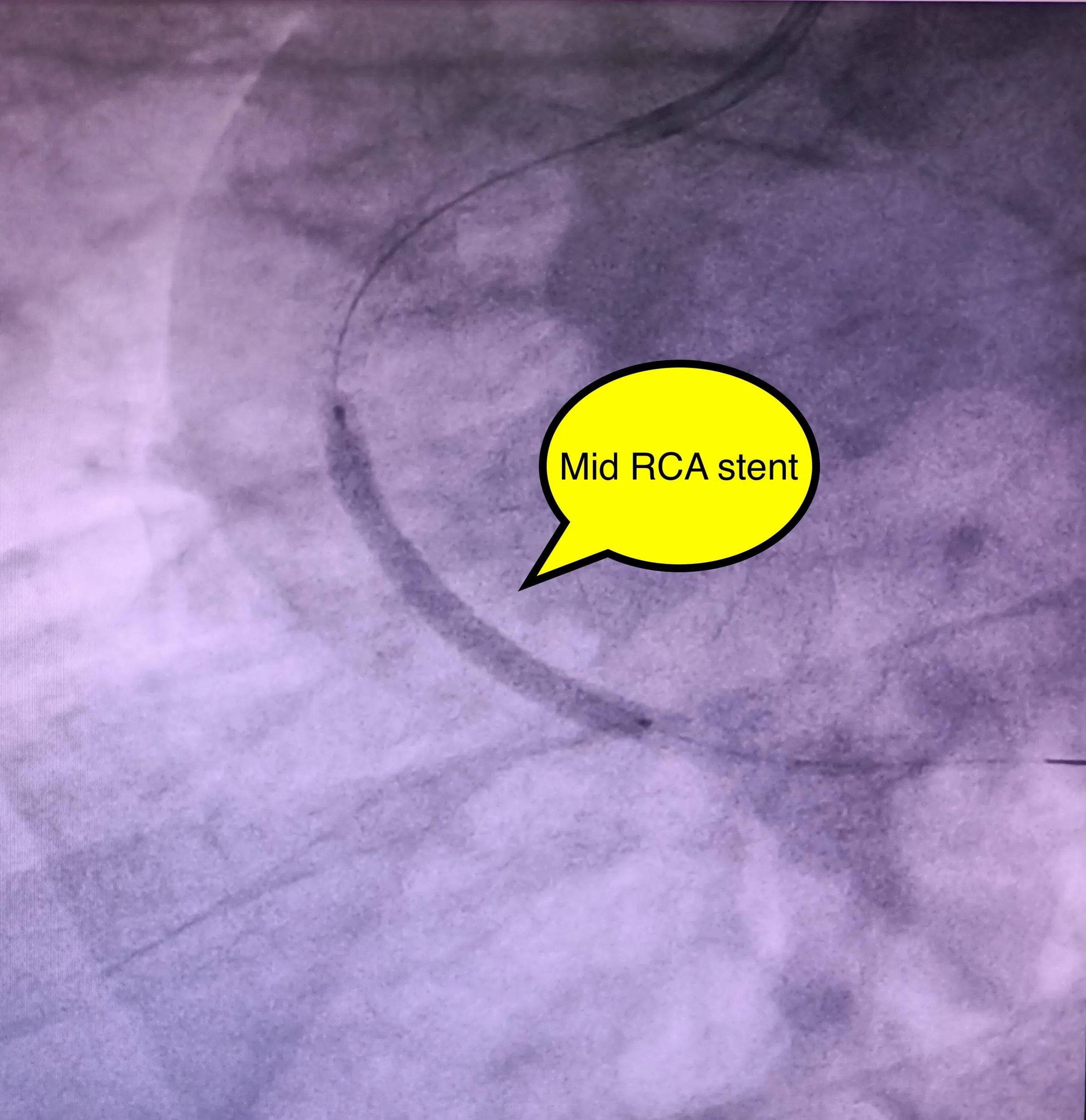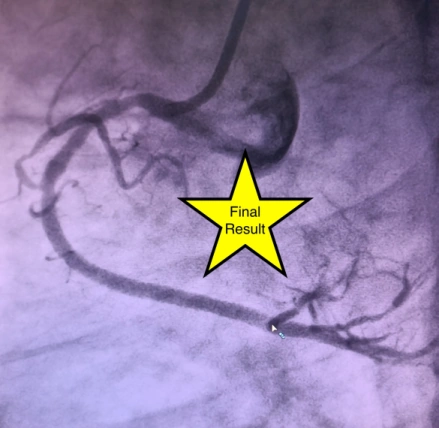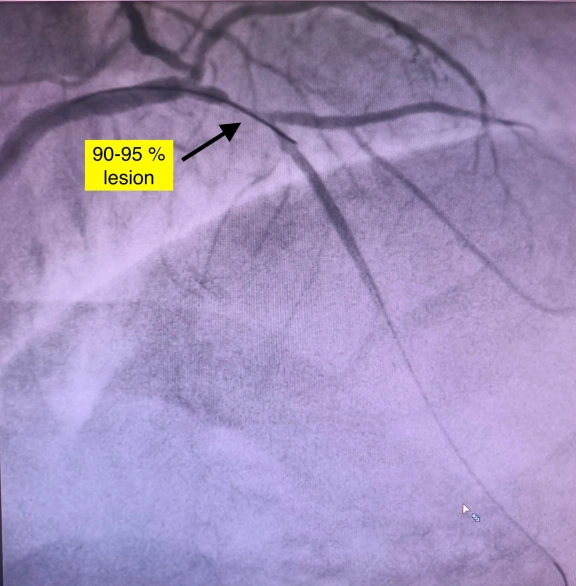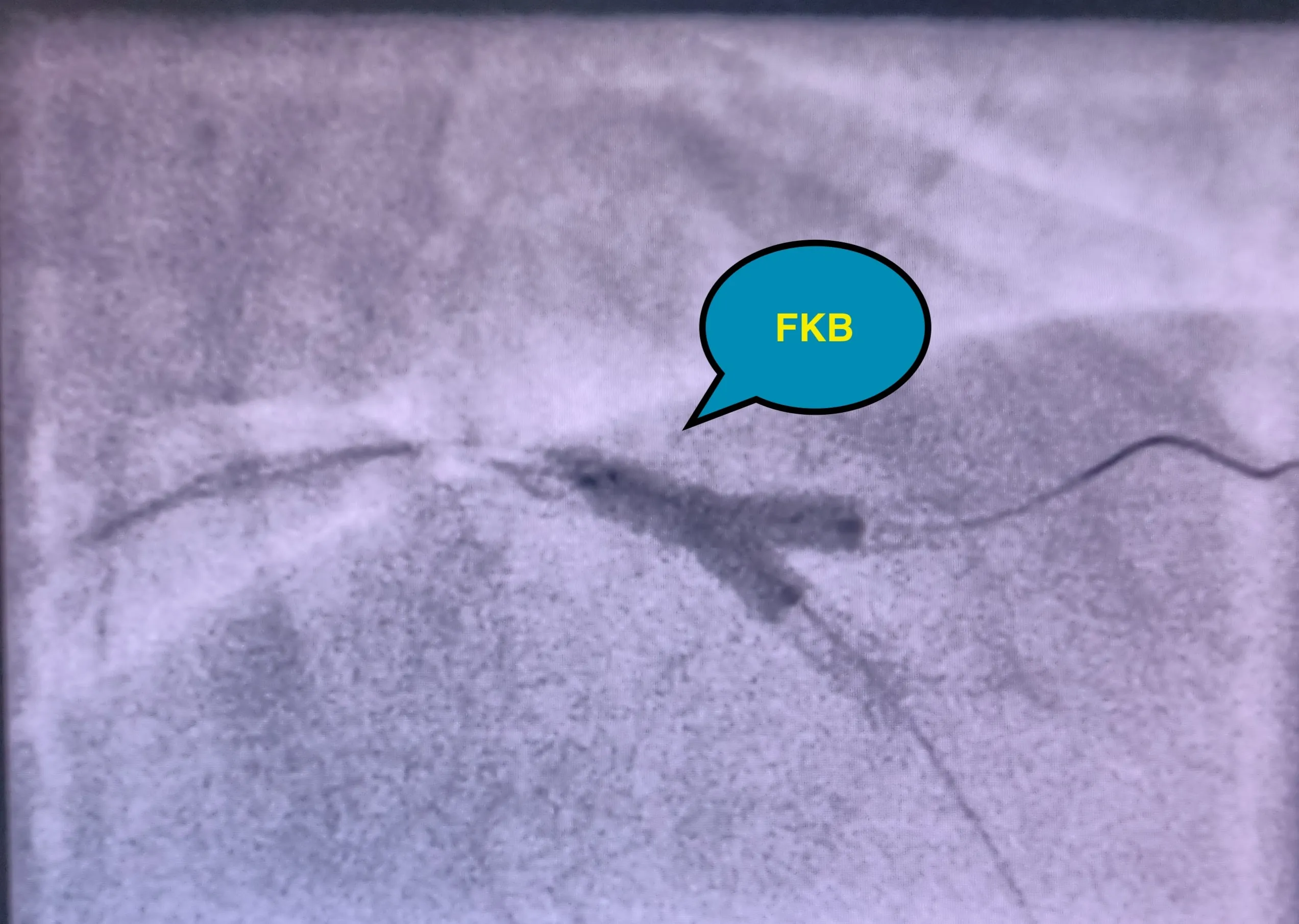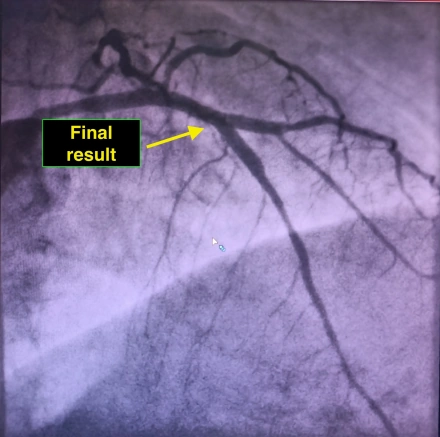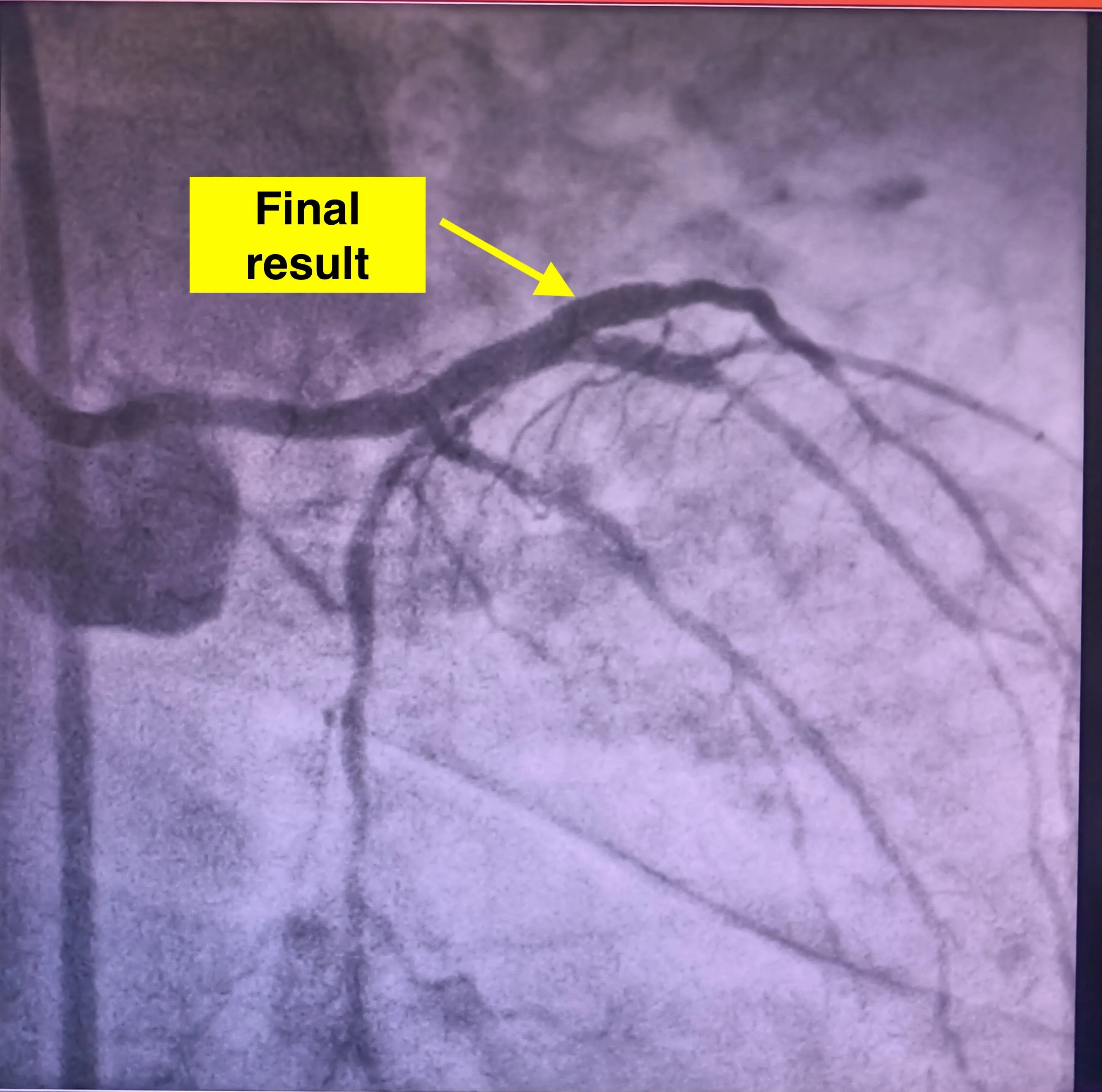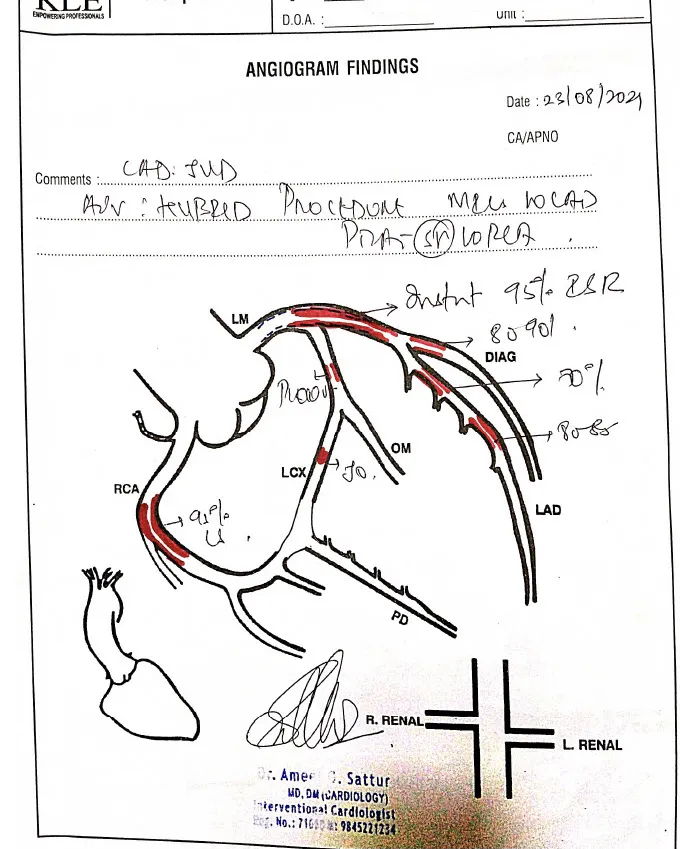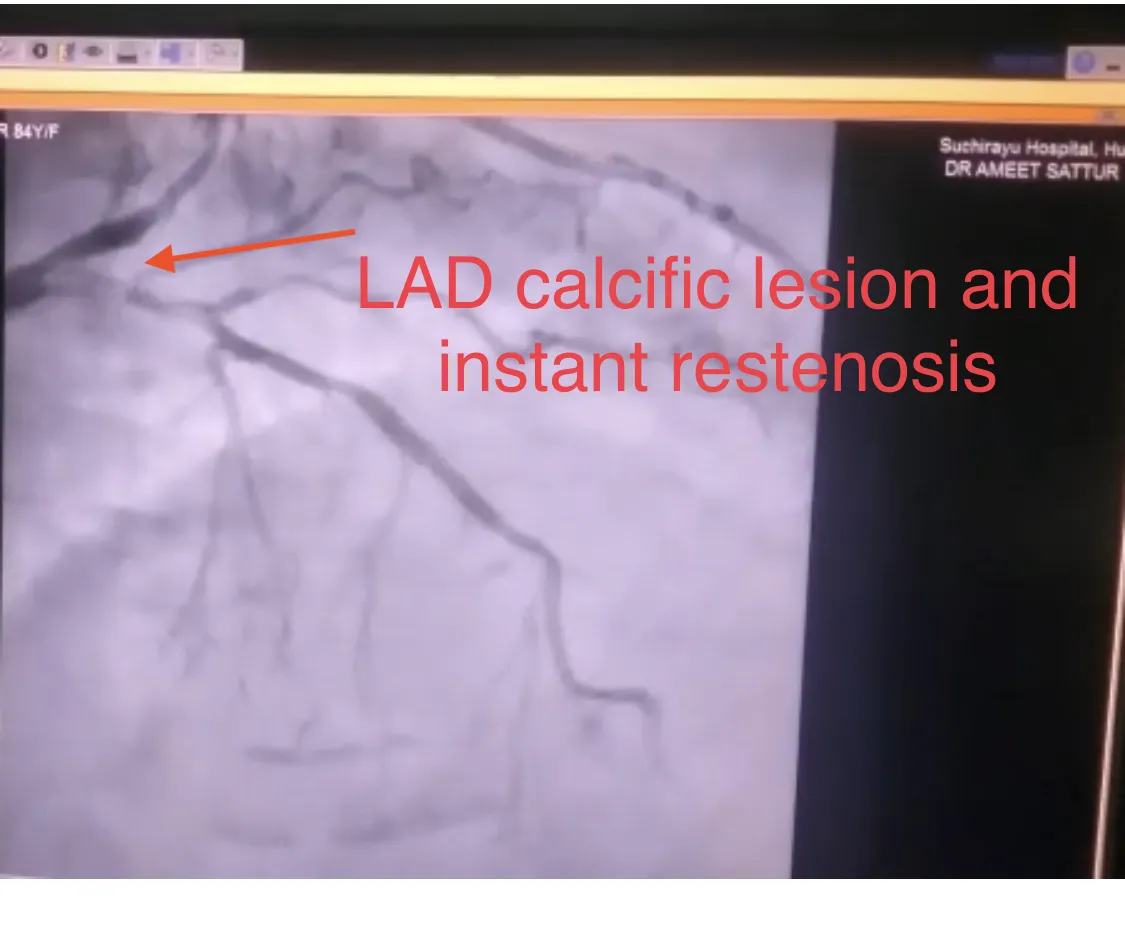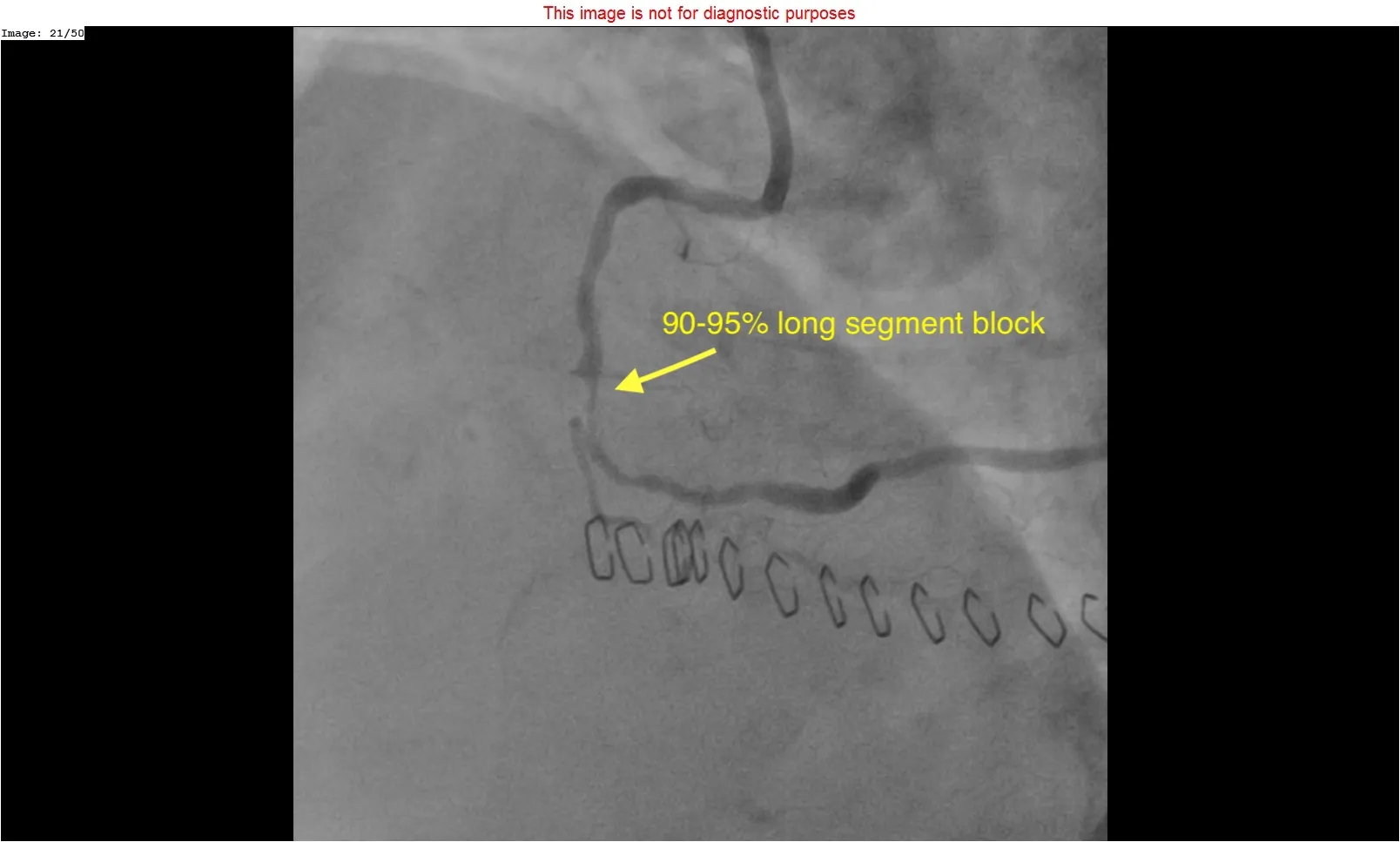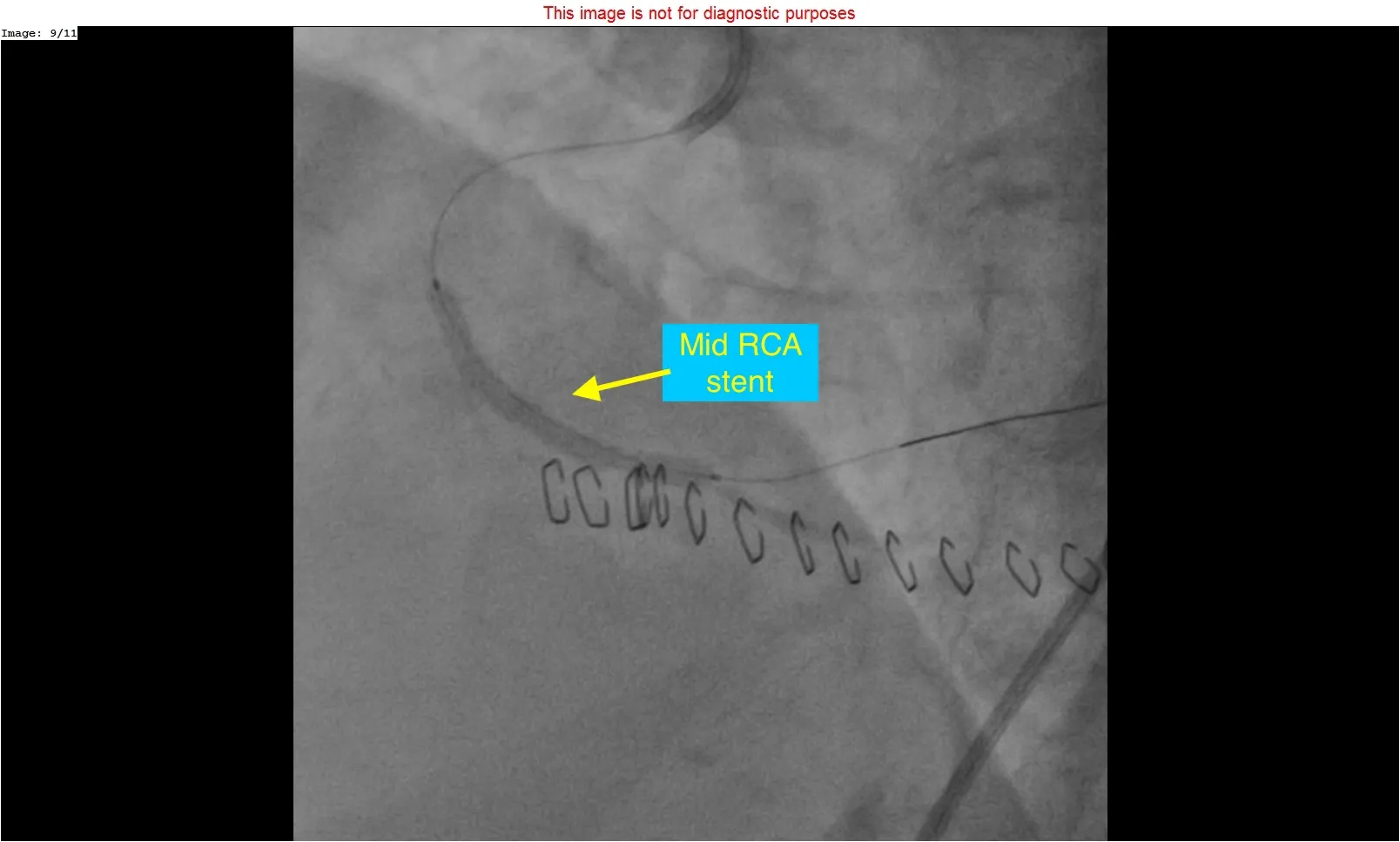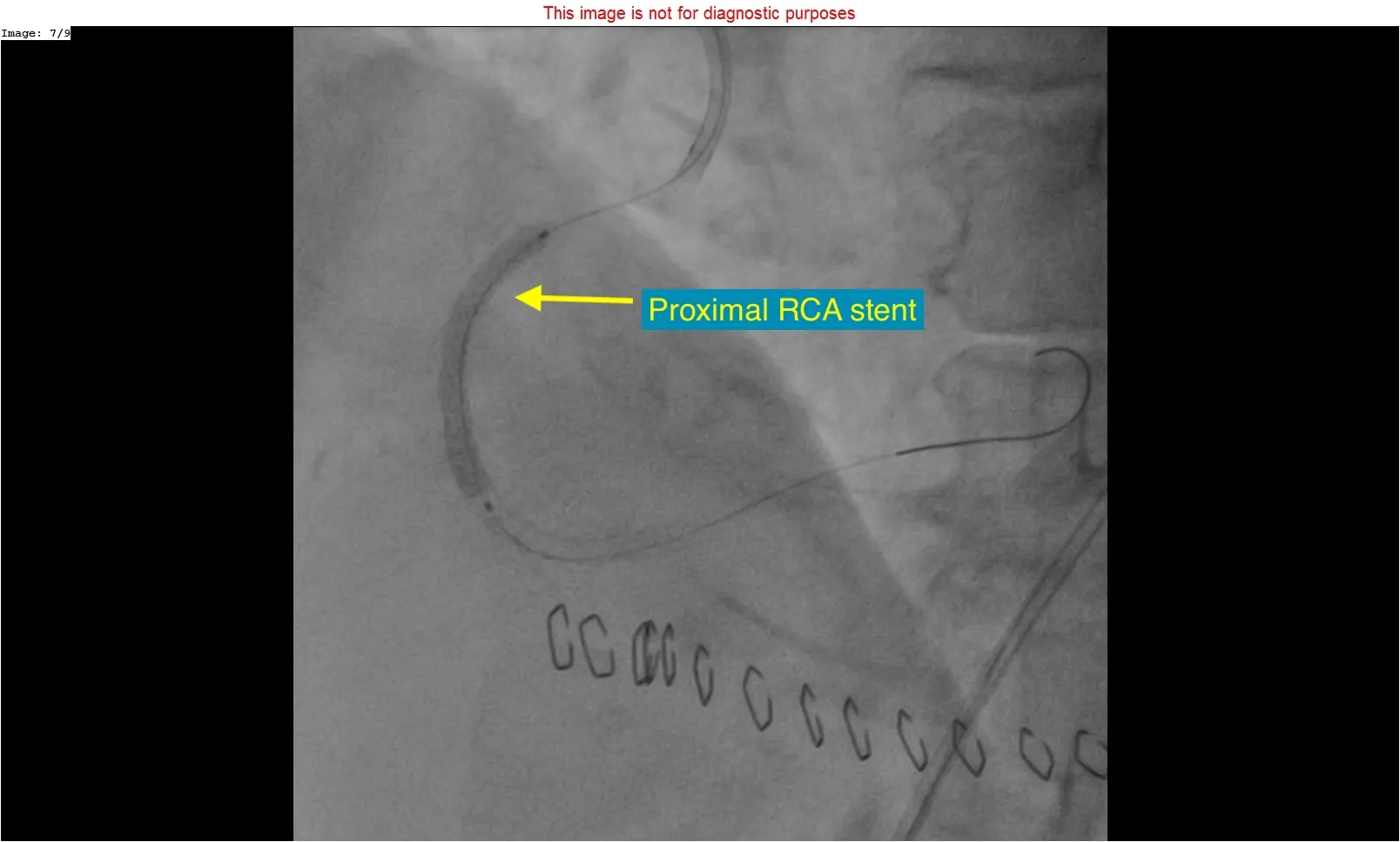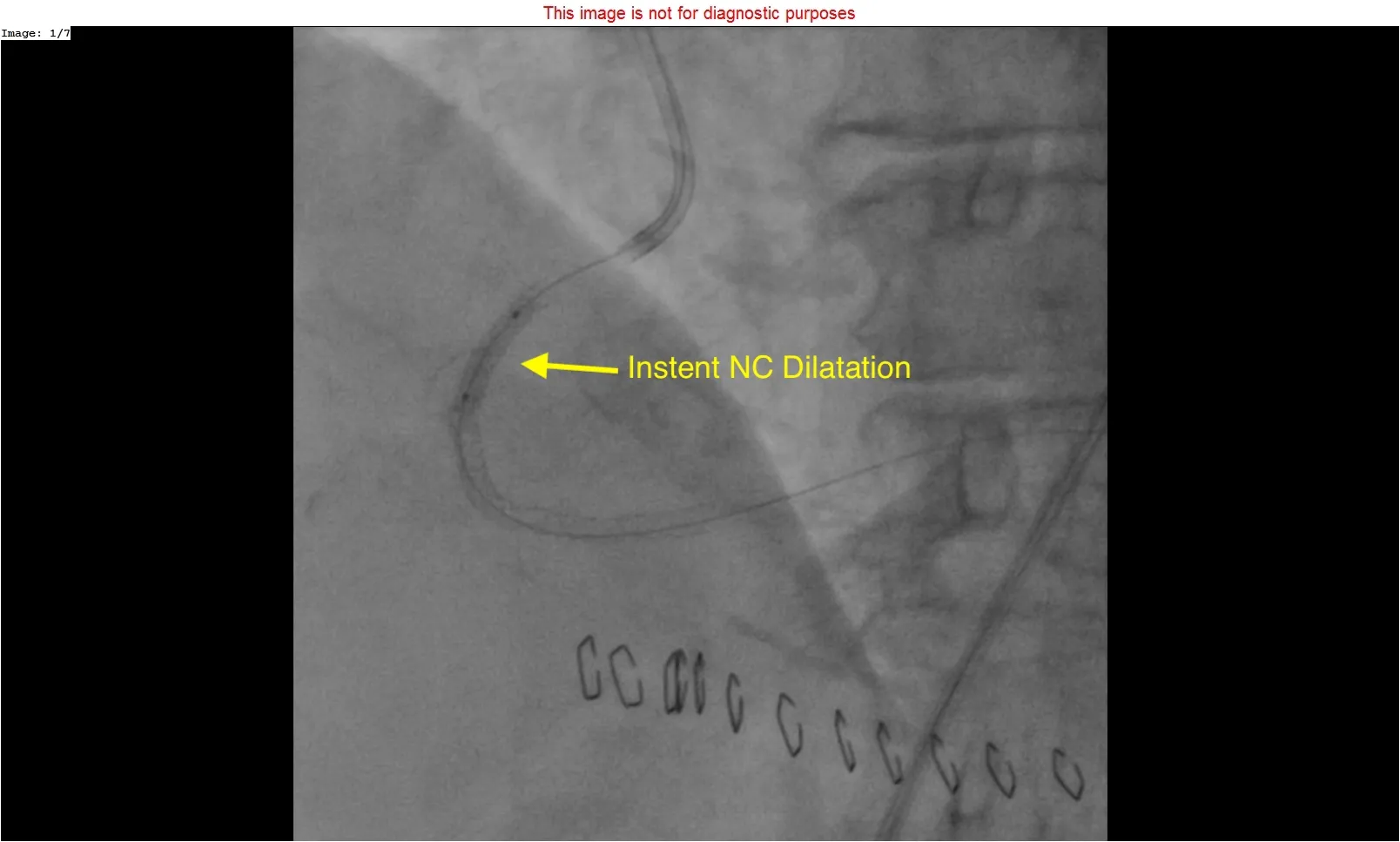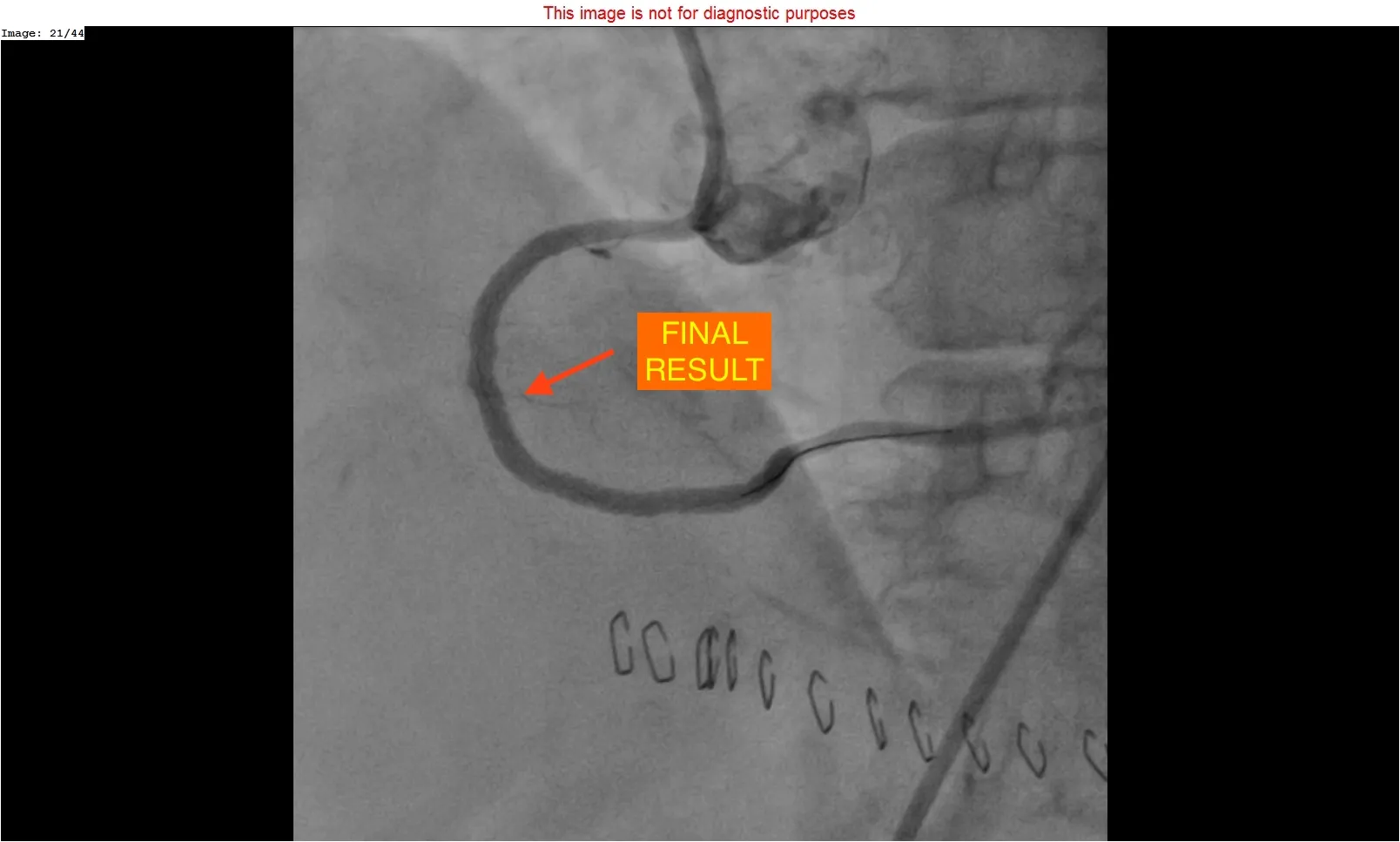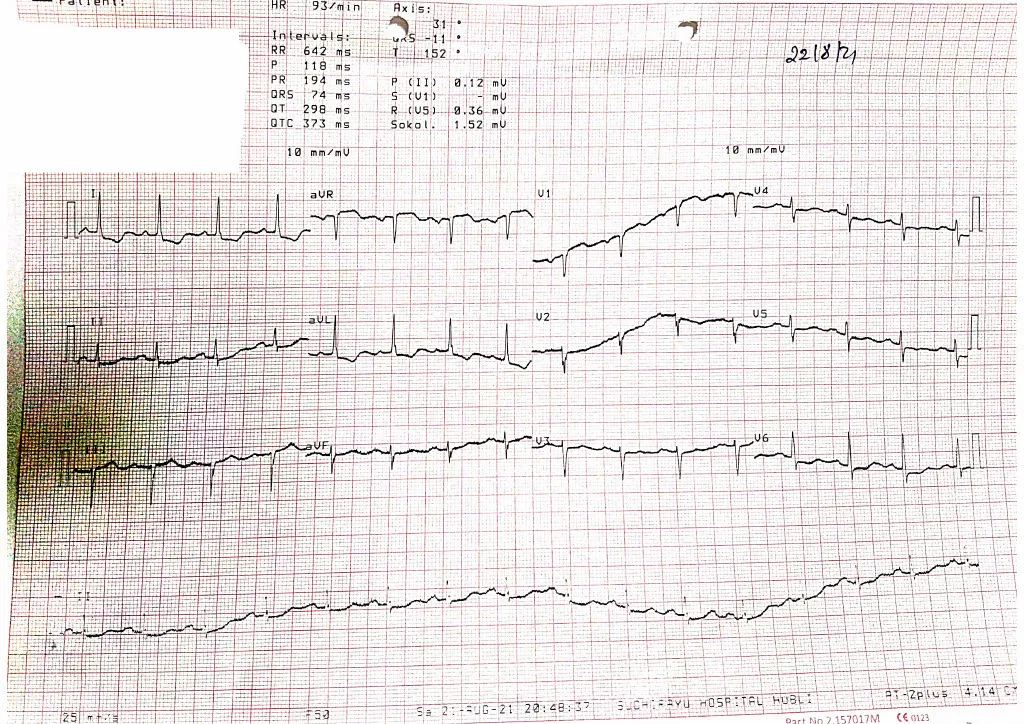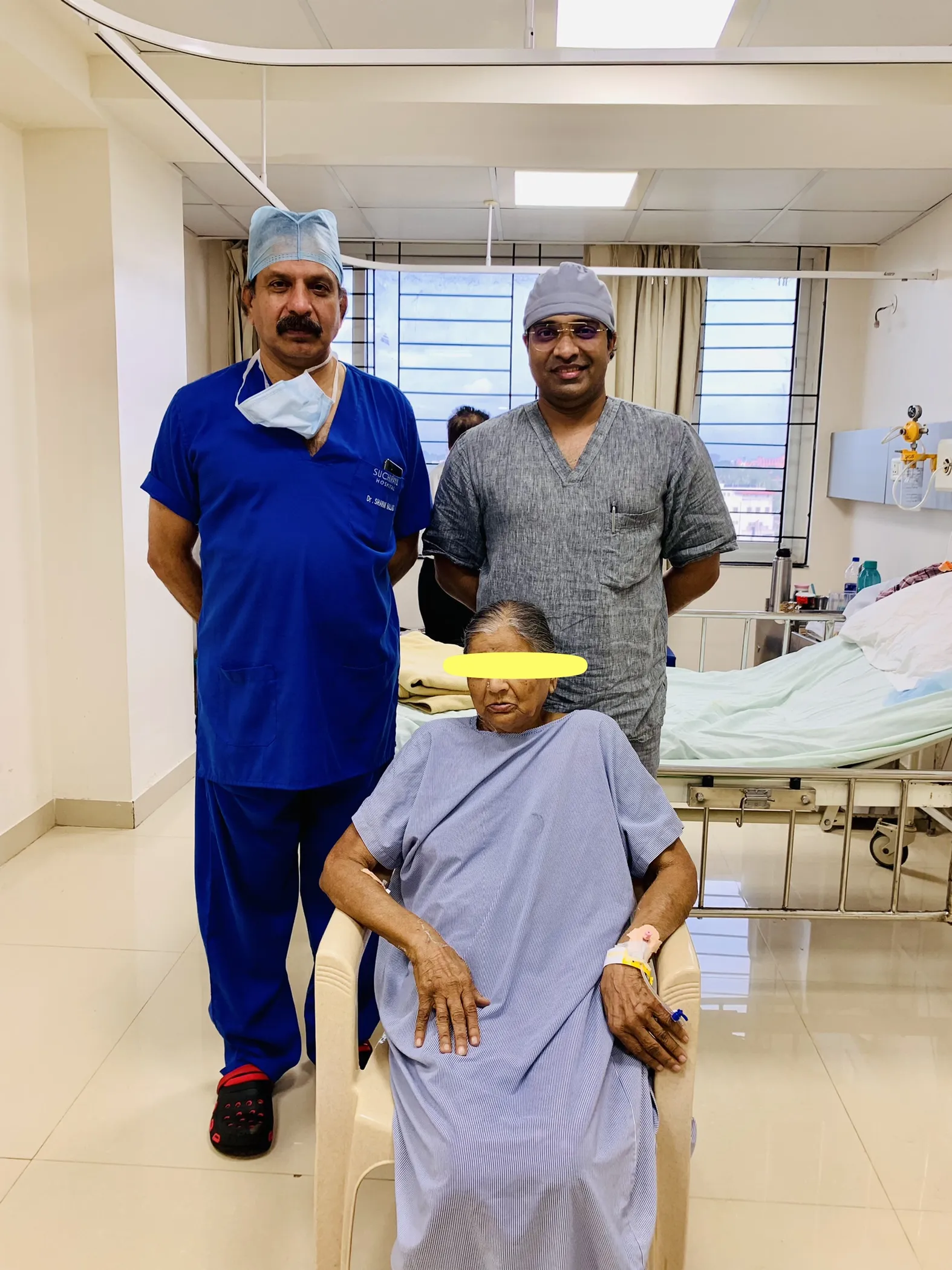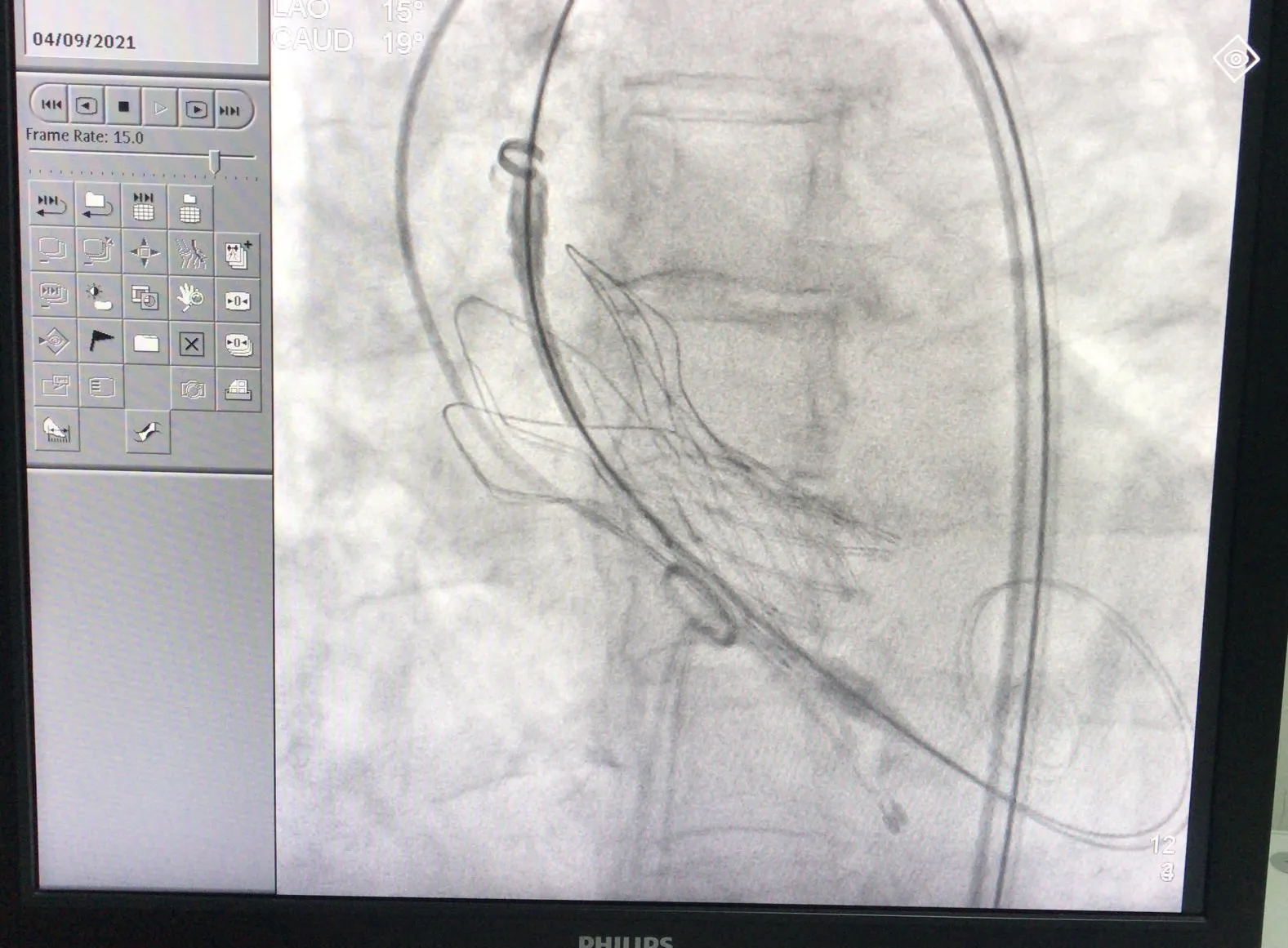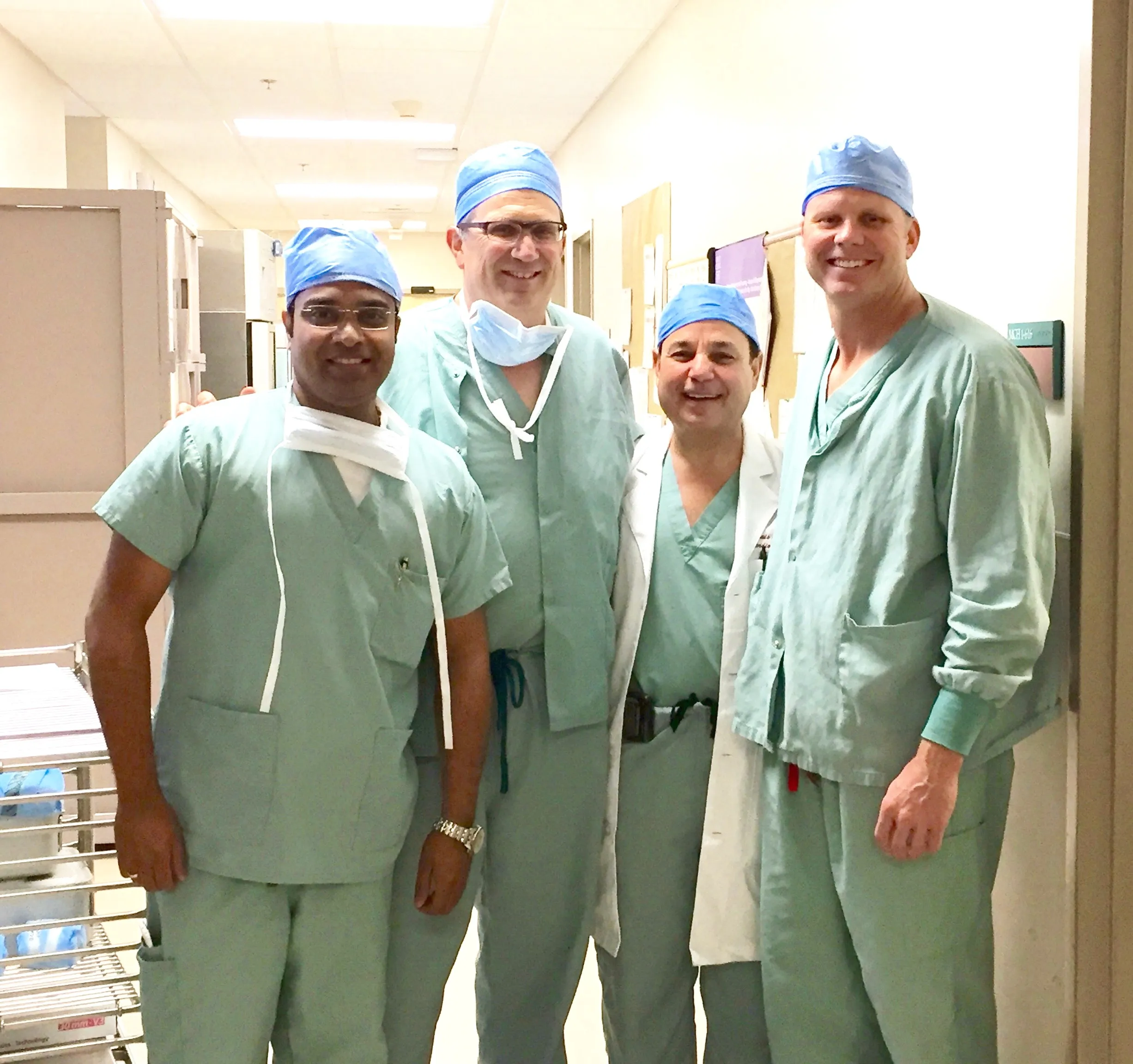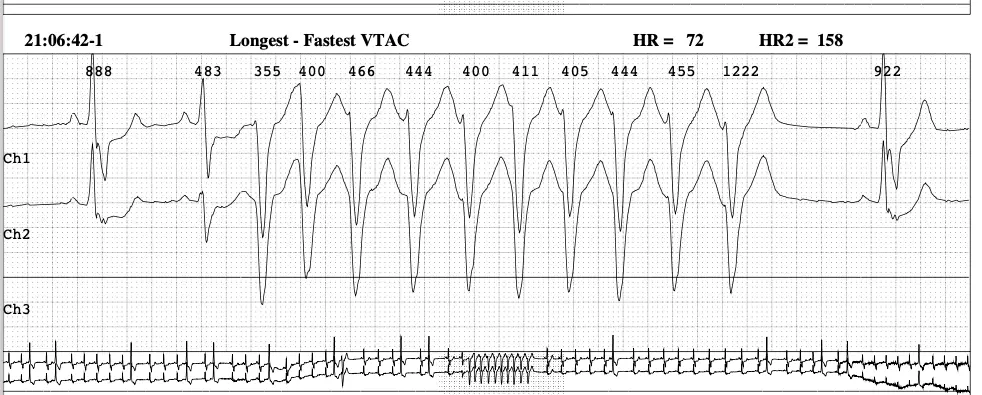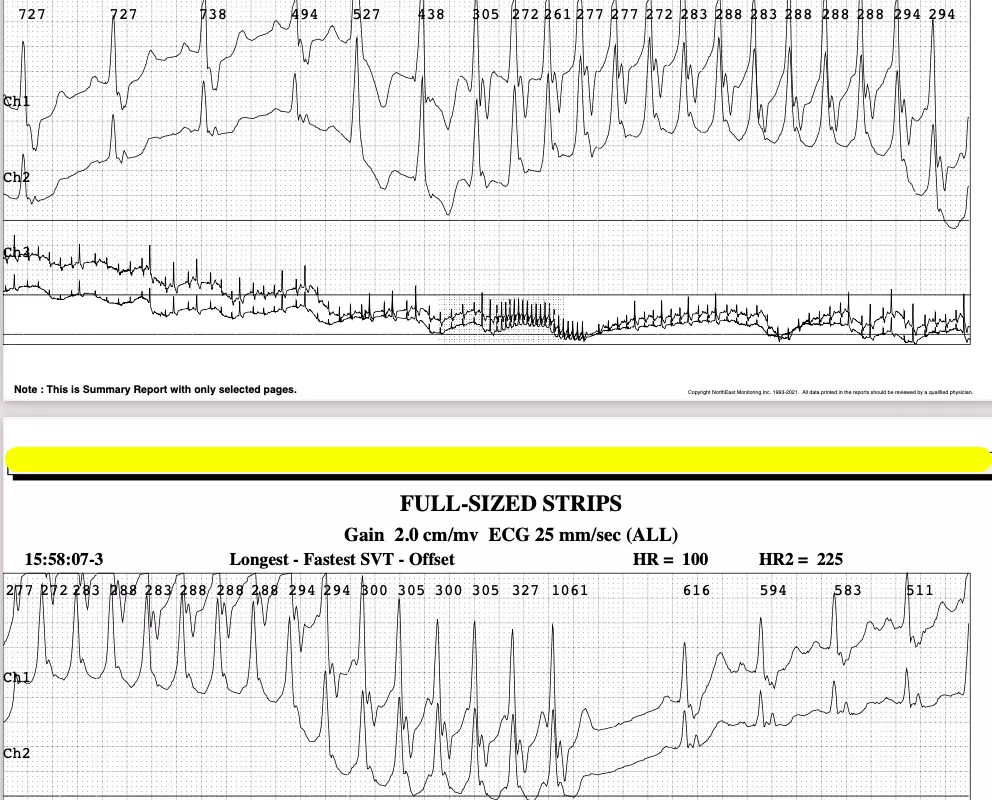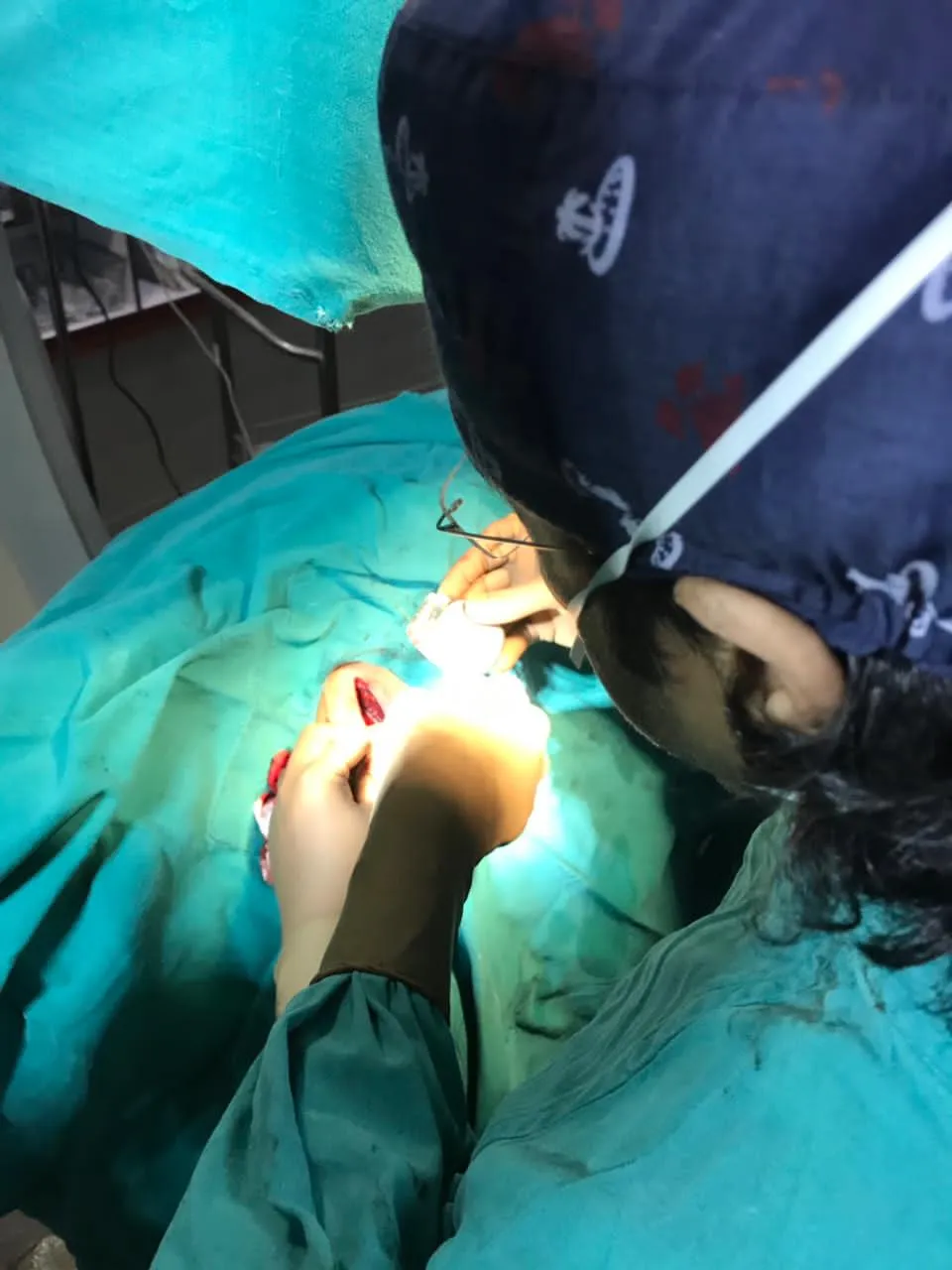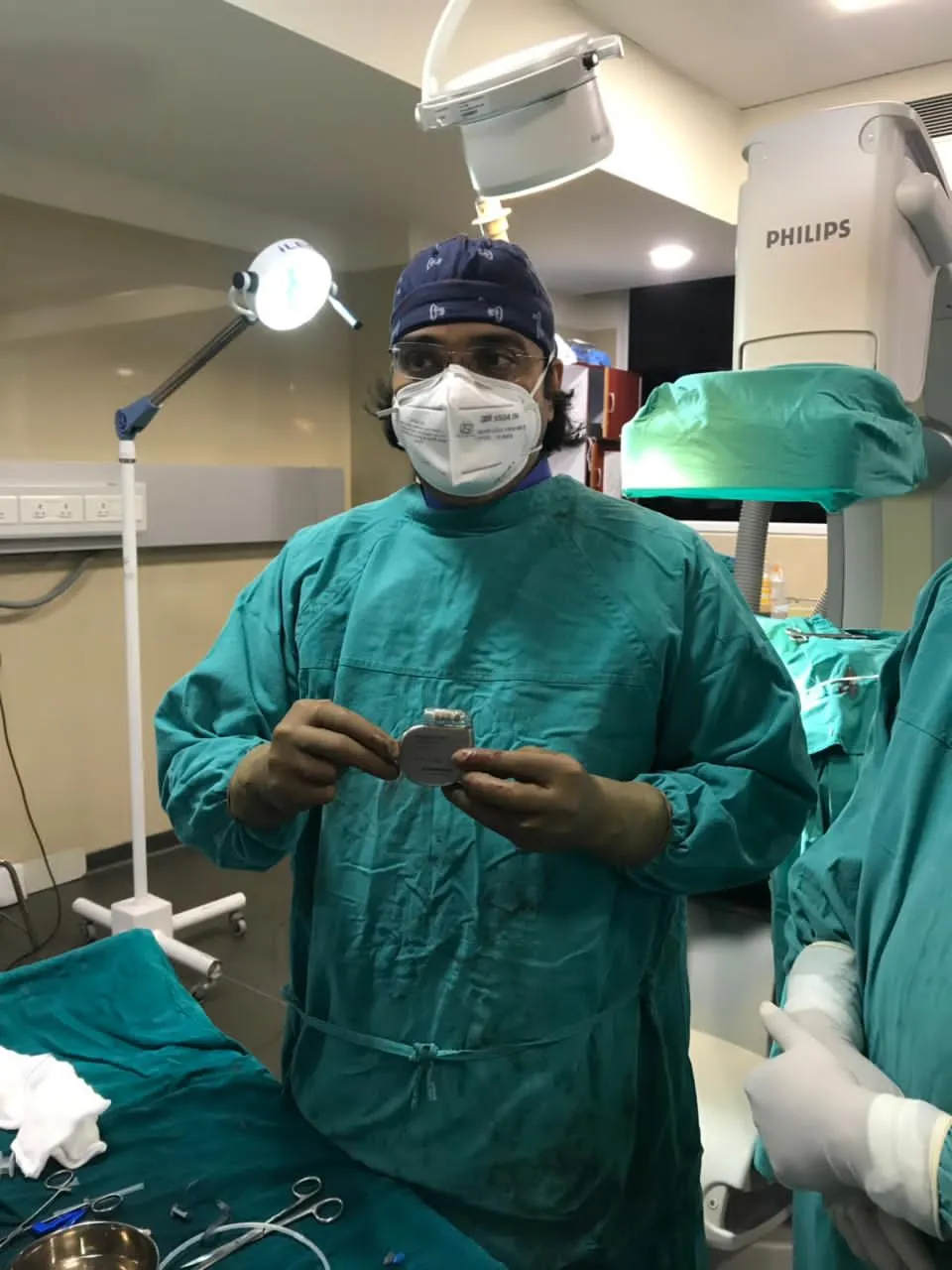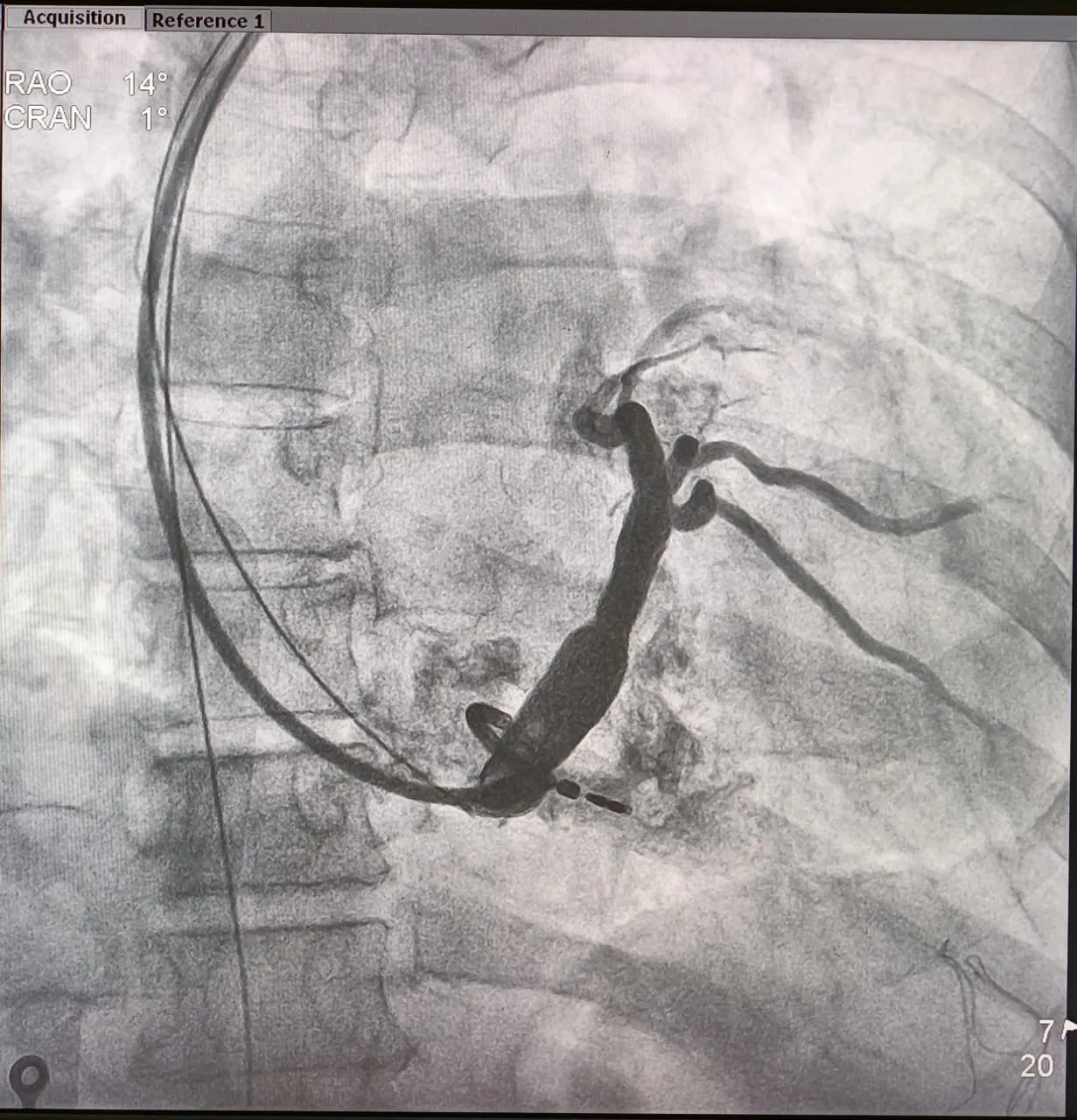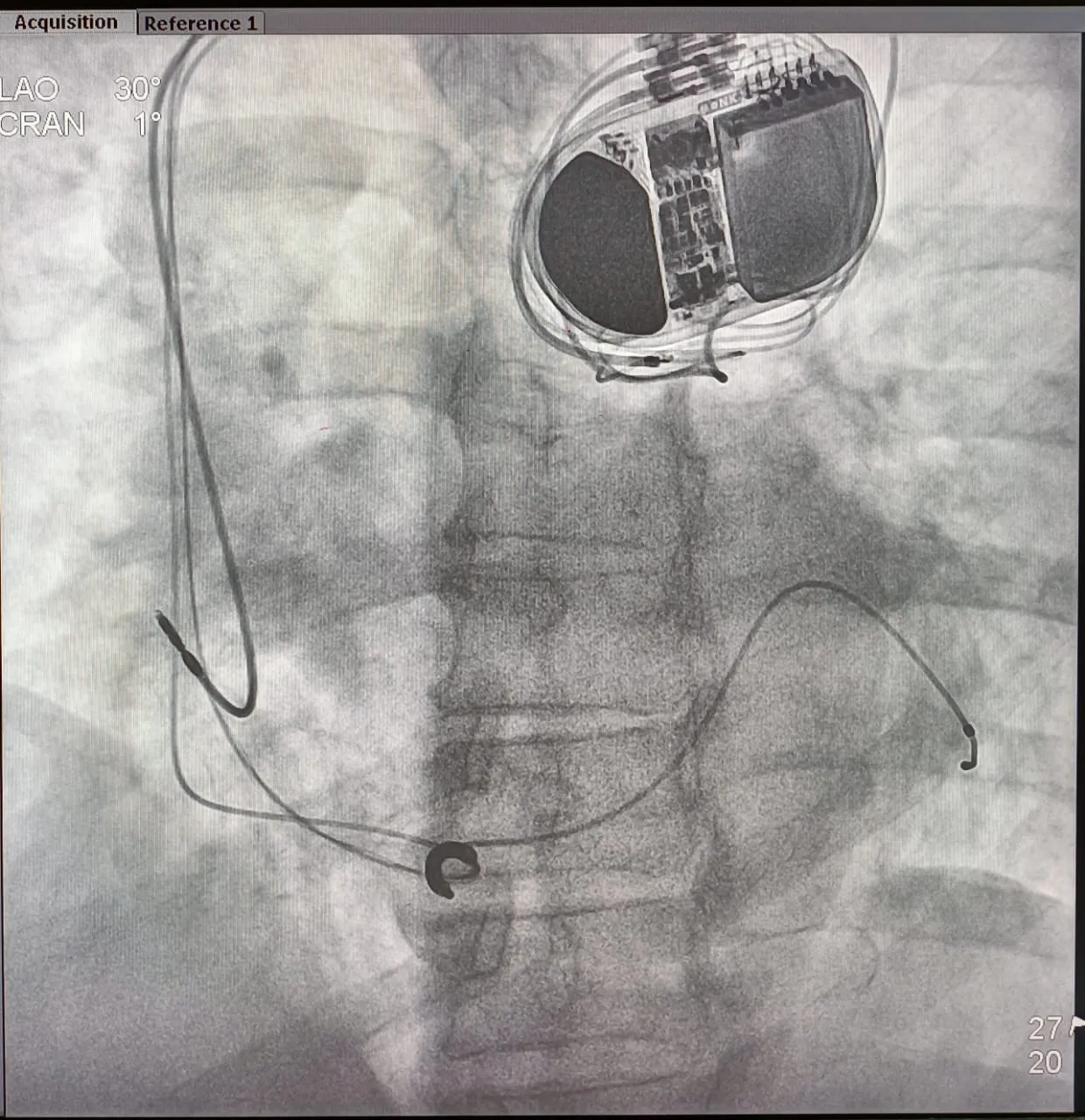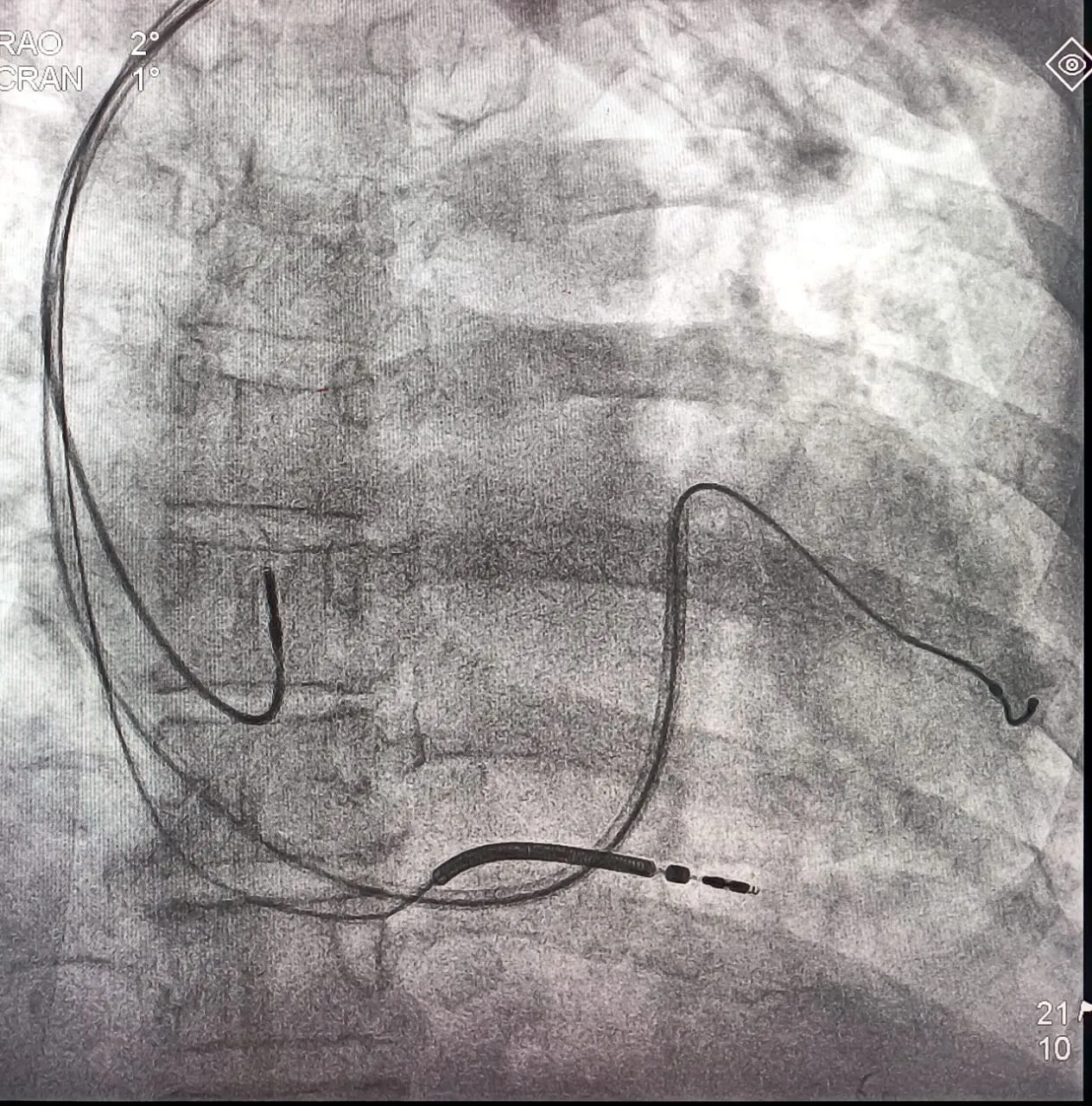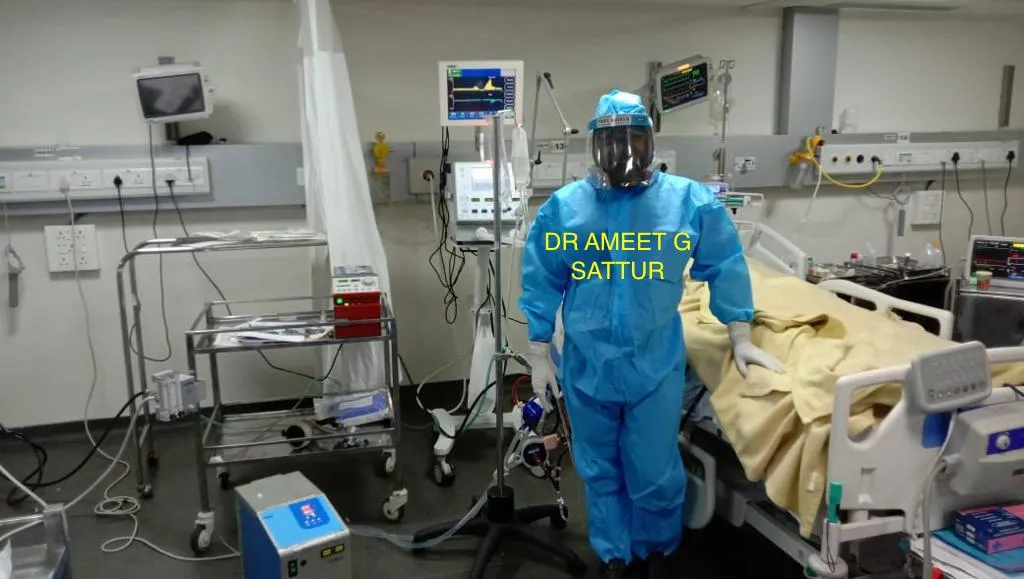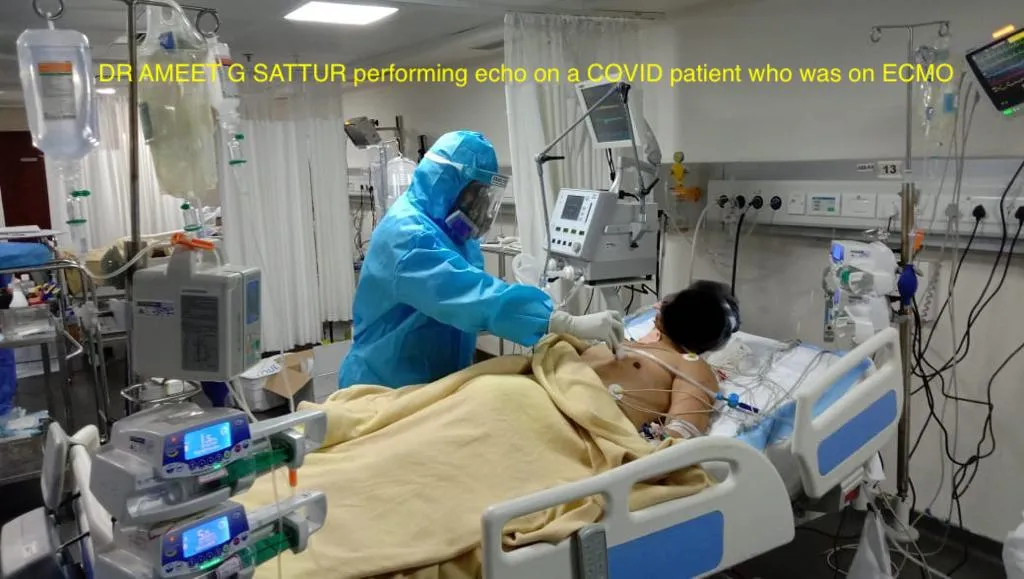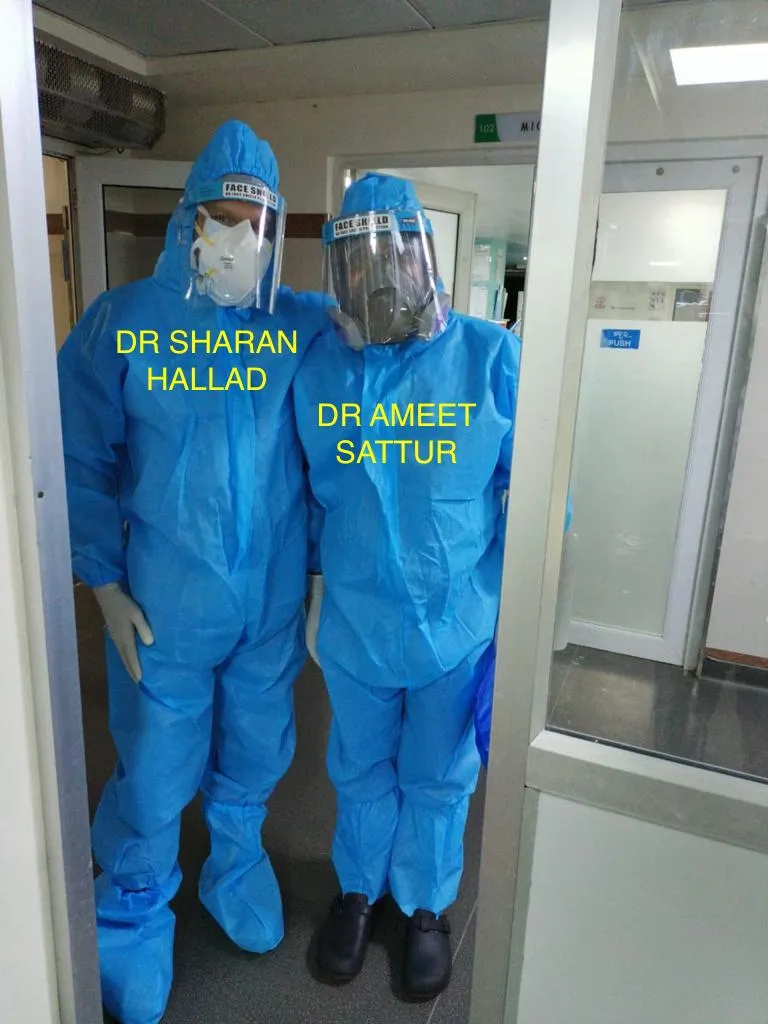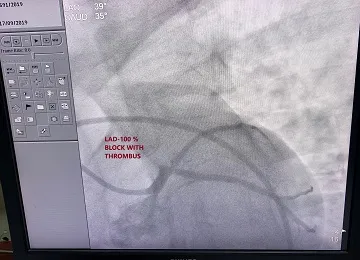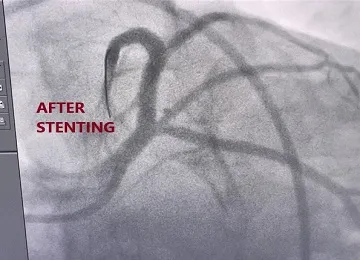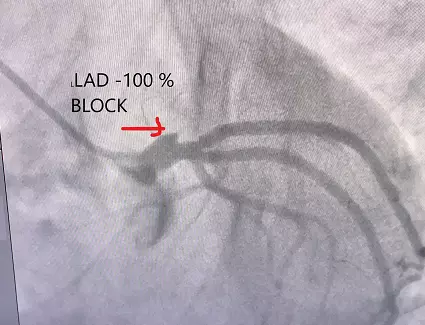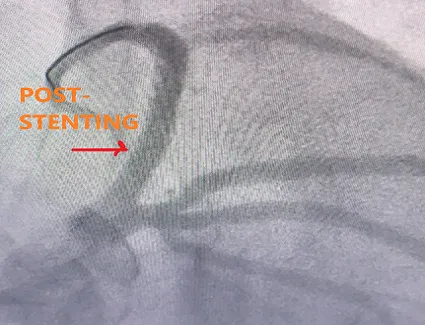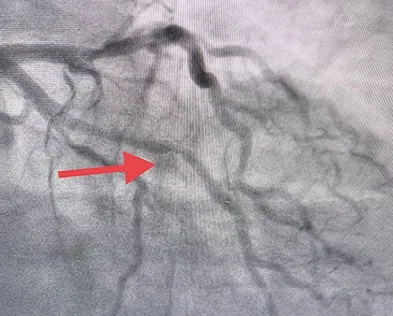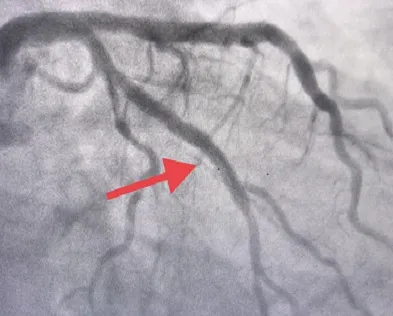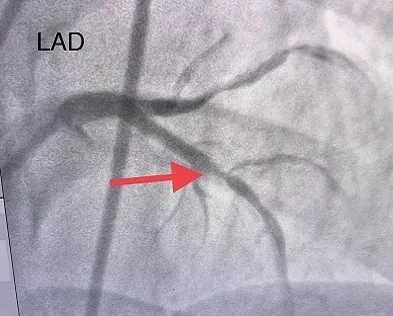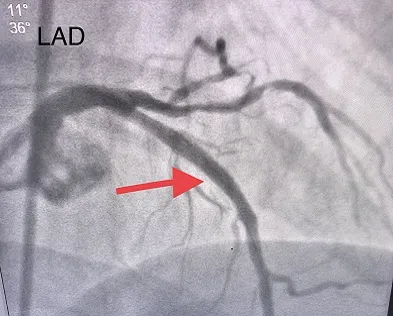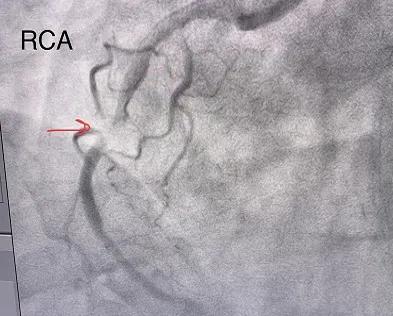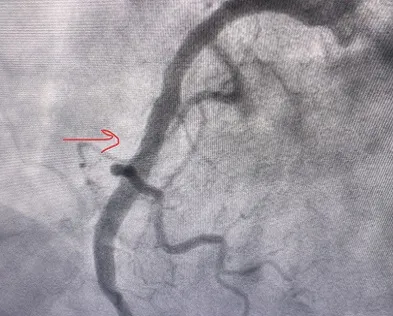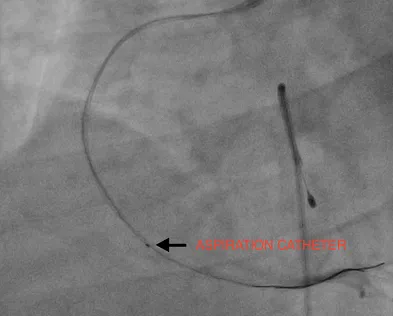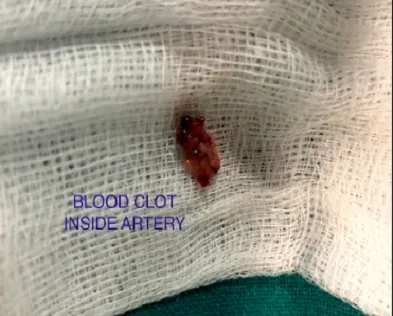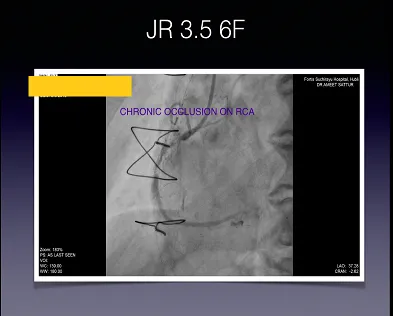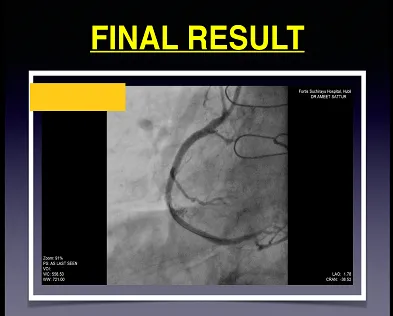Details :
TAVR
First TAVR (Transcatheter aortic valve replacement ) at KLE -SUCHERAYU HOSPITAL hubballi
Karnataka
75 year old female in Hubbali gets a new leash of life by getting the first TAVR procedure
in North Karnataka region
The cardiology team consisting og DR AMEET G SATTUR , DR NARENDRA HIREGOUDAR , DR SHARAN
HALLAD , DR SHANMUKH HIREMATH , DR RAMESH T at KLE Suchirayu Hospital performed its first
TAVR(Transcatheter aortic valve replacement, offering a new lease of life to a 75 year-old
patient
Transcatheter aortic valve replacement (TAVR) is a minimally invasive heart procedure to
replace a narrowed aortic valve that fails to open properly (aortic valve stenosis).
Aortic Stenosis is a blockage of the main valve in the heart, which as age goes on,
degenerates to become narrowed. And when it narrows up, and nearly 5-7% of elderly patients
beyond the age of 75 have a narrowed valve, the heart starts failing. It cannot pump blood
to the rest of the body and becomes a very serious condition and sometimes, as people get
symptomatic with dizziness, unconsciousness, heart failure, people can die suddenly. The
survival becomes just two years and in the past, this had been only amenable to open-heart
surgery - really opening up the heart and replacing the valve.
Transcatheter aortic valve replacement is sometimes called transcatheter aortic valve
implantation (TAVI). transcatheter aortic valve replacement procedure (TAVR) is less
invasive than open heart surgery. The entire procedure typically takes approximately 1–2
hours.
TAVR is an option for people who are at intermediate or high risk of complications from
surgical aortic valve replacement (open-heart surgery). Factors making TAVR more likely to
be recommended than Open heart bypass valve replacement are :
• Older age.
• Frailty.
• Weaker heart.
• Previous heart surgery.
• History of stroke.
• Chronic obstructive lung disease (COPD).
• Liver disease.
• Kidney disease.
• Diabetes.
• Previous radiation treatment to your chest.
• Large calcium deposits in the blood vessel that carries blood away from your heart
(ascending aorta), called porcelain aorta.
The decision to treat aortic stenosis with TAVR is made by the heart team consisting of
cardiologists , heart surgeons , cardiac anaesthetists , technicians who work together to
determine the best treatment option .
.A patient's experience with a TAVR procedure may be similar to a coronary angiogram in
terms of recovery. The patient spends less time in the hospital after TAVR compared to
surgical valve replacement.
The TAVR procedure is performed using one of two approaches, allowing the cardiologist or
surgeon to choose which one provides the best and safest way to access the valve:
• Entering through the femoral artery (large artery in the groin), called the transfemoral
approach, which does not require a surgical incision in the chest, or
• Using a minimally invasive surgical approach with a small incision in the chest and
entering through a large artery in the chest or through the tip of the left ventricle (the
apex), which is known as the transapical approach.
• Once the new valve is positioned, a balloon on the catheter's tip is inflated to expand
the replacement valve into the appropriate position. Some valves can expand without the use
of a balloon called selfexpandable valves as used in our case .
This patient 75 years old female who had severe lung problems presented to KLE-SUCHURAYU
hospital with complaints of breathlessness , fatiguability and heart failure . After
evaluation by our cardiology team , she was found to have severe aortic valve stenosis and
needed valve replacement .Her saturation was low and had other comorbid problems making her
unfit for open heart valve replacement surgery . After detailed discussion by the HEART TEAM
at KLE-SUCHIRAYU it was decided to go ahead with the latest procedure that is TAVR . After
correct planning the patient underwent successful TAVR procedure with only local anaesthesia
in 90 min and went home walking . 2 days of the procedure.










